As contradictory as it might sound, there’s no shortage of low-production supercar manufacturers out there. Most offer exclusivity and outrageous performance, but few can match the jaw-dropping craftsmanship and build quality of Koenigsegg. Hand-built, fully bespoke, and lovingly finished, any car from the Angelholm-based automaker comes stuffed with insane technology and world-beating go-fast engineering, all the way down to the smallest of details. Amazingly, the Trevita manages to take all that goodness a step further thanks to its unique exterior aesthetic.
At a basic level, you could describe the Trevita as a limited-edition variant of the Koenigsegg CCXR Edition. The name means “three whites” in Swedish, a reference to the model’s extreme rarity and standout exterior hue.
While other composite supercars show their weaves in raw black (or, occasionally, a colored tint), the Trevita boasts white carbon fiber, created in-house using a unique manufacturing process. The resulting material gives off an enticing silver glean, which, applied to a car, creates a “diamond on wheels.”
Updated 08/18/2017: We added a series of new images taken during the 2017 Monterey Car Week.
Continue reading to learn more about the 2010 Koenigsegg Trevita.
2010 Koenigsegg Trevita
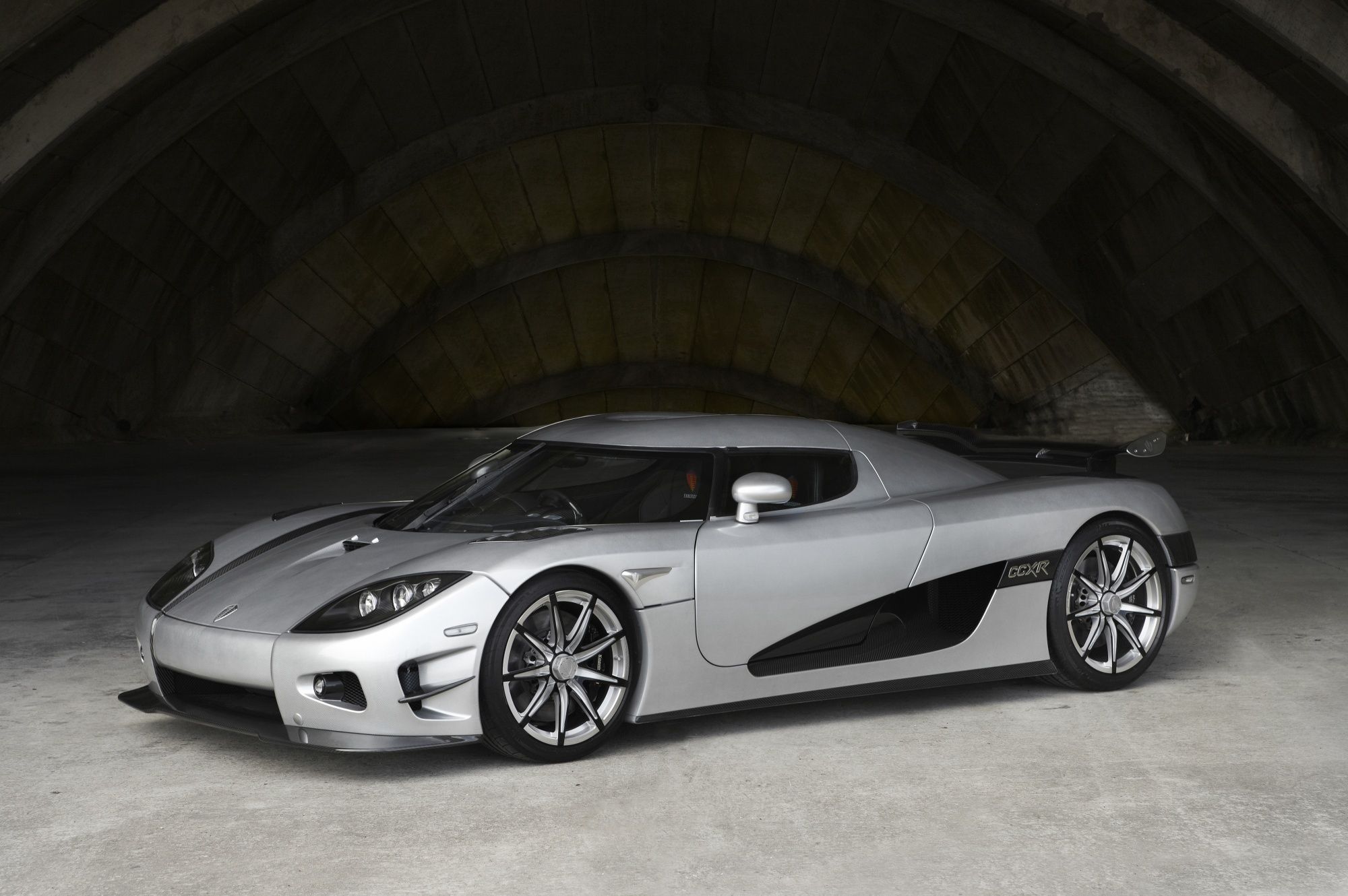

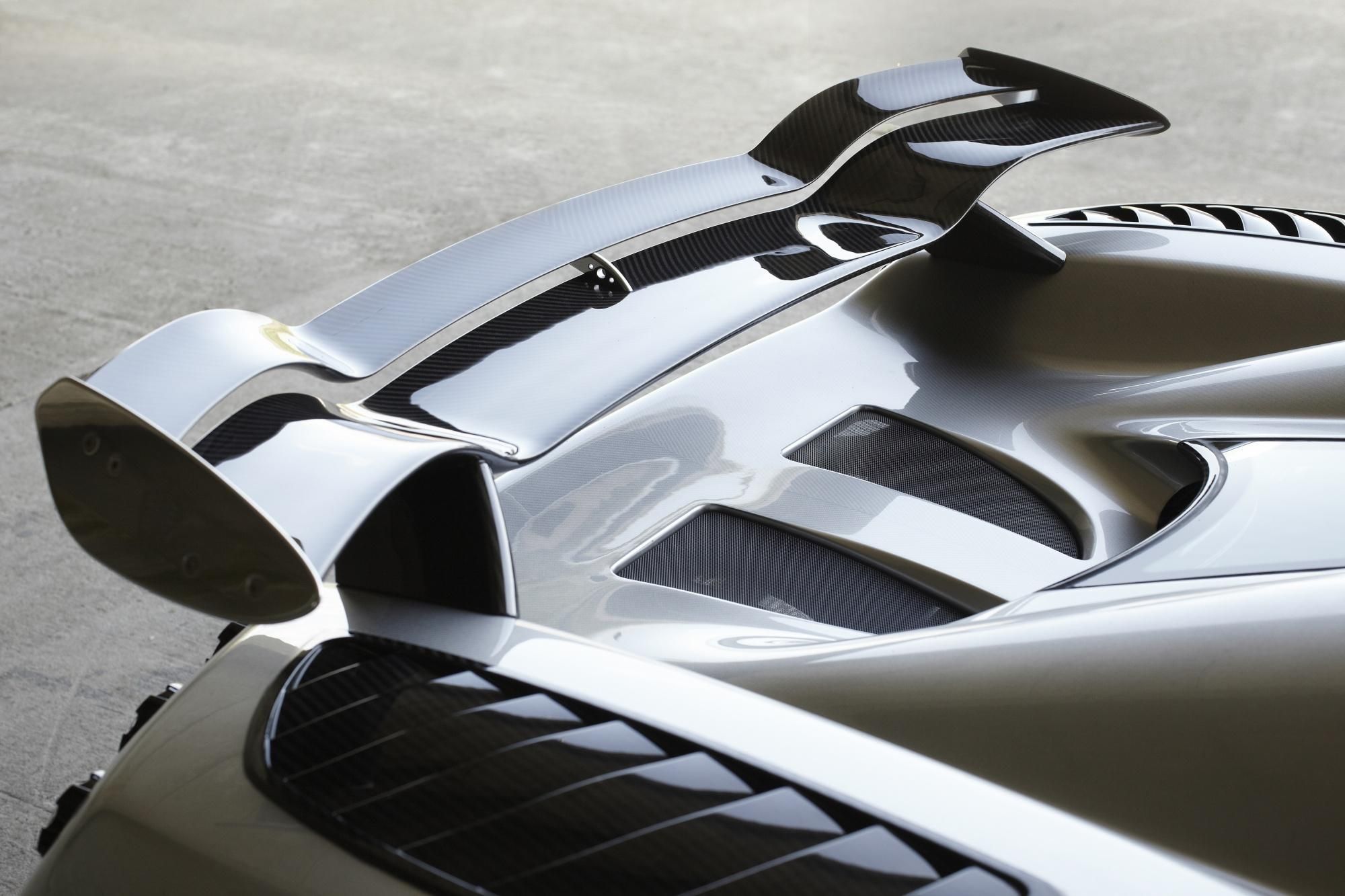
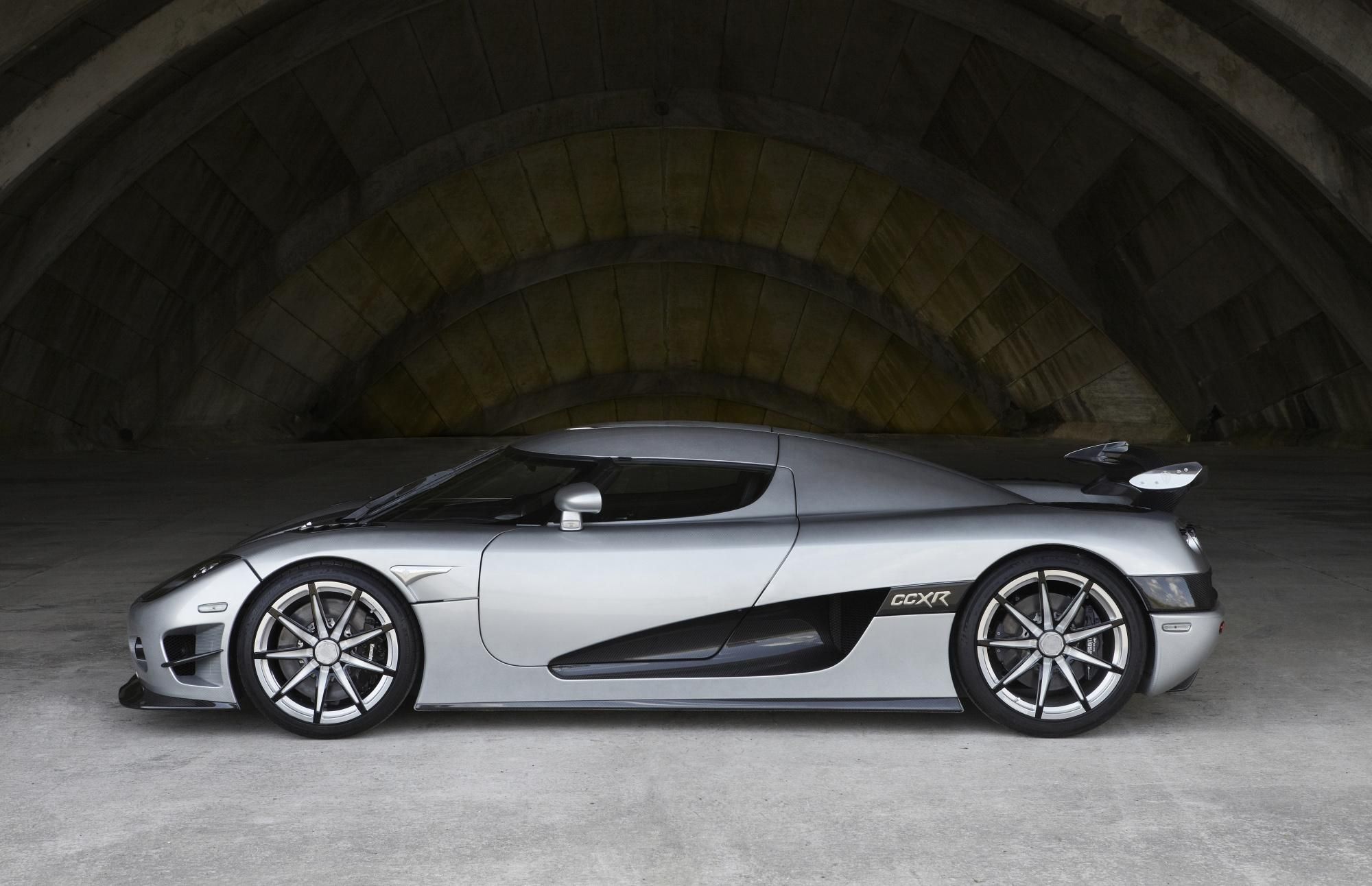
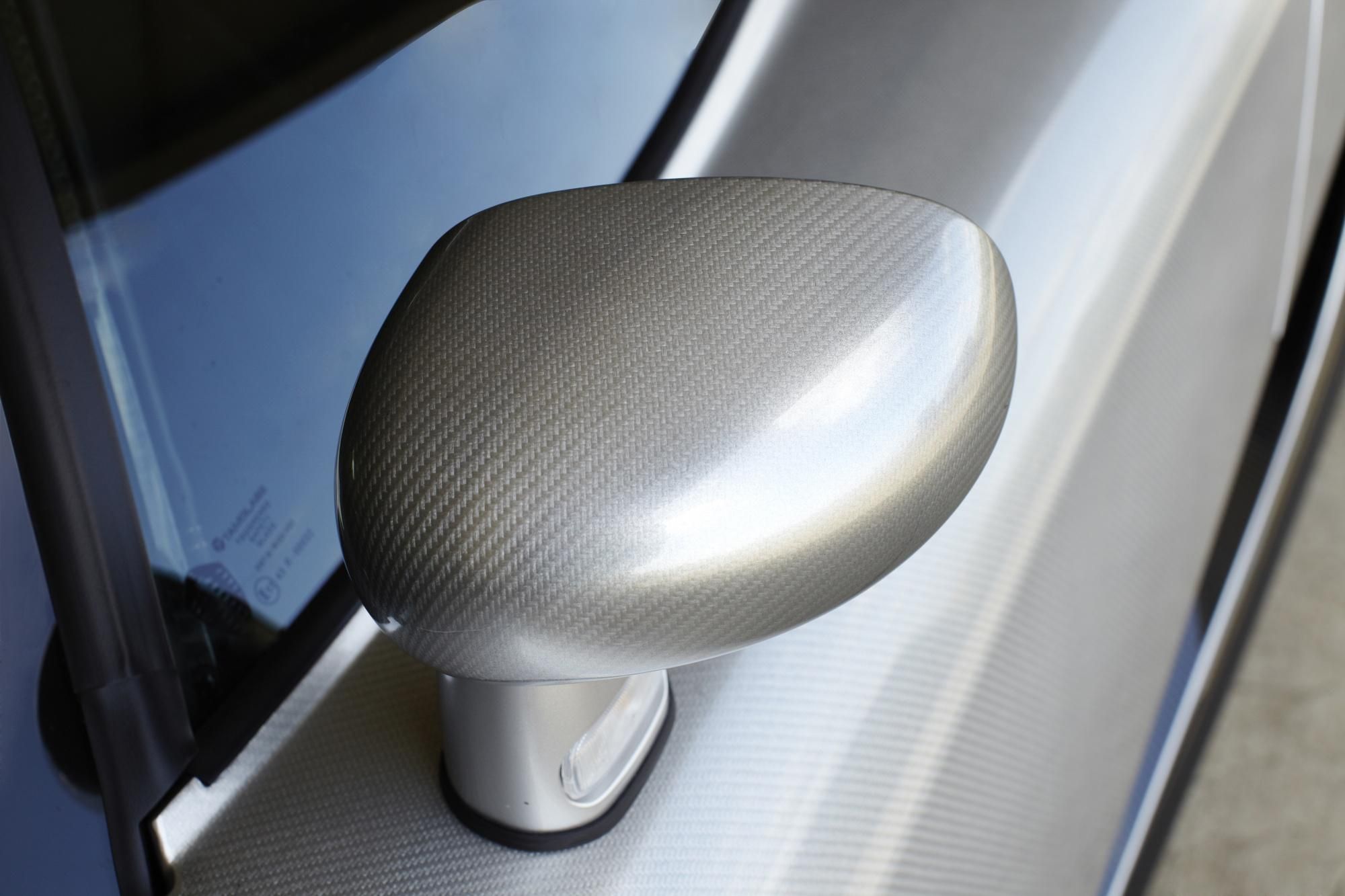
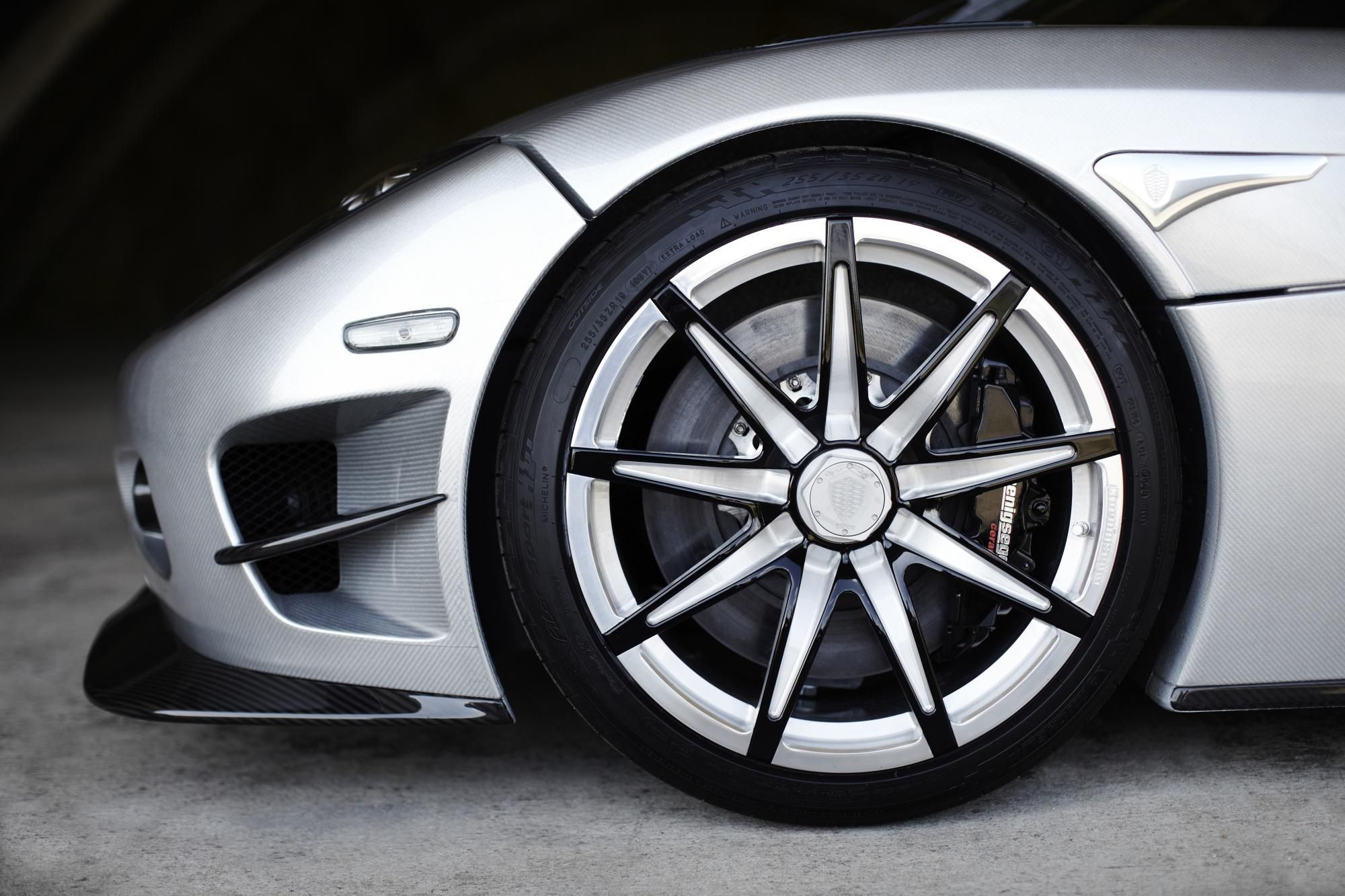
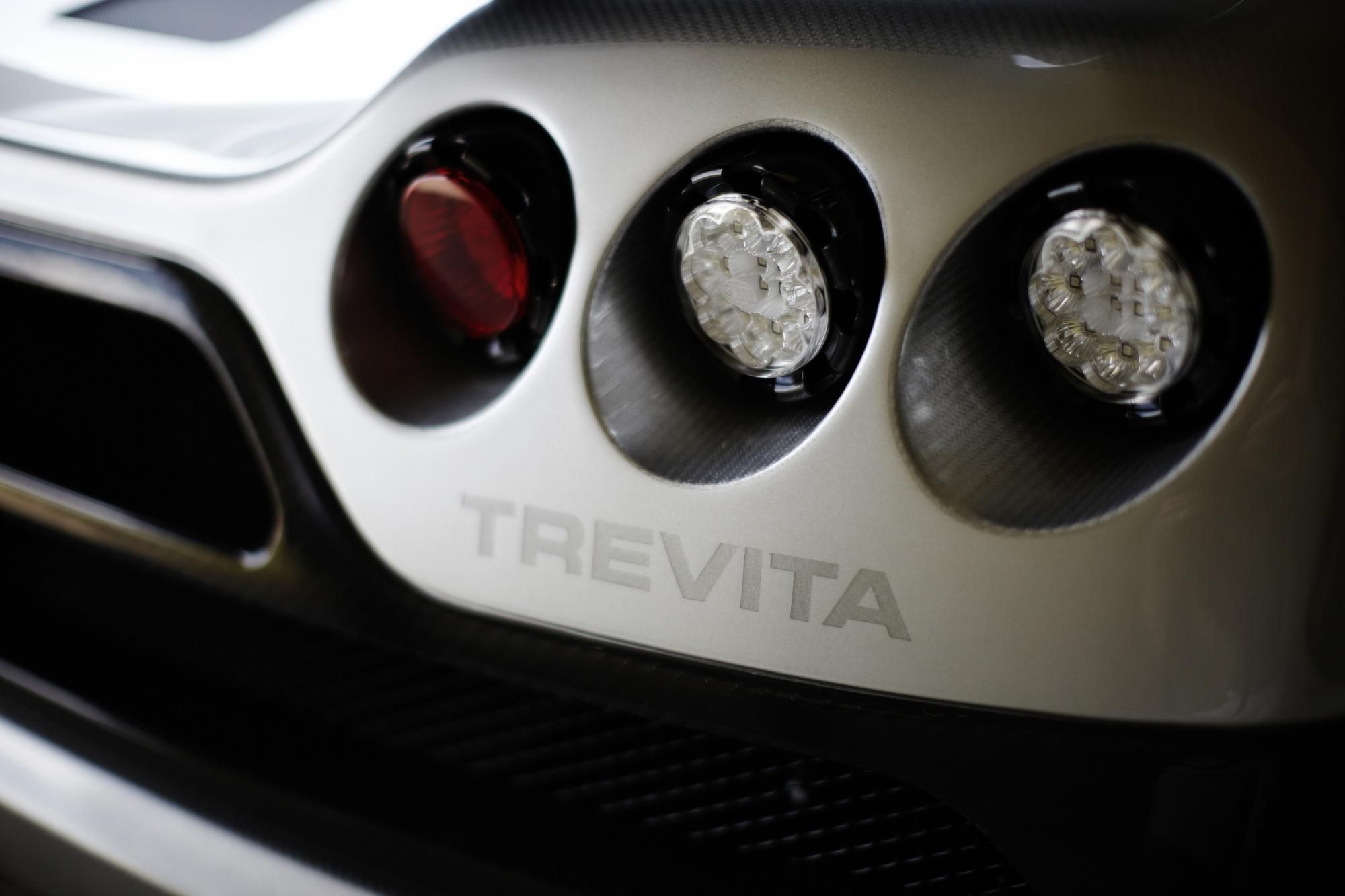








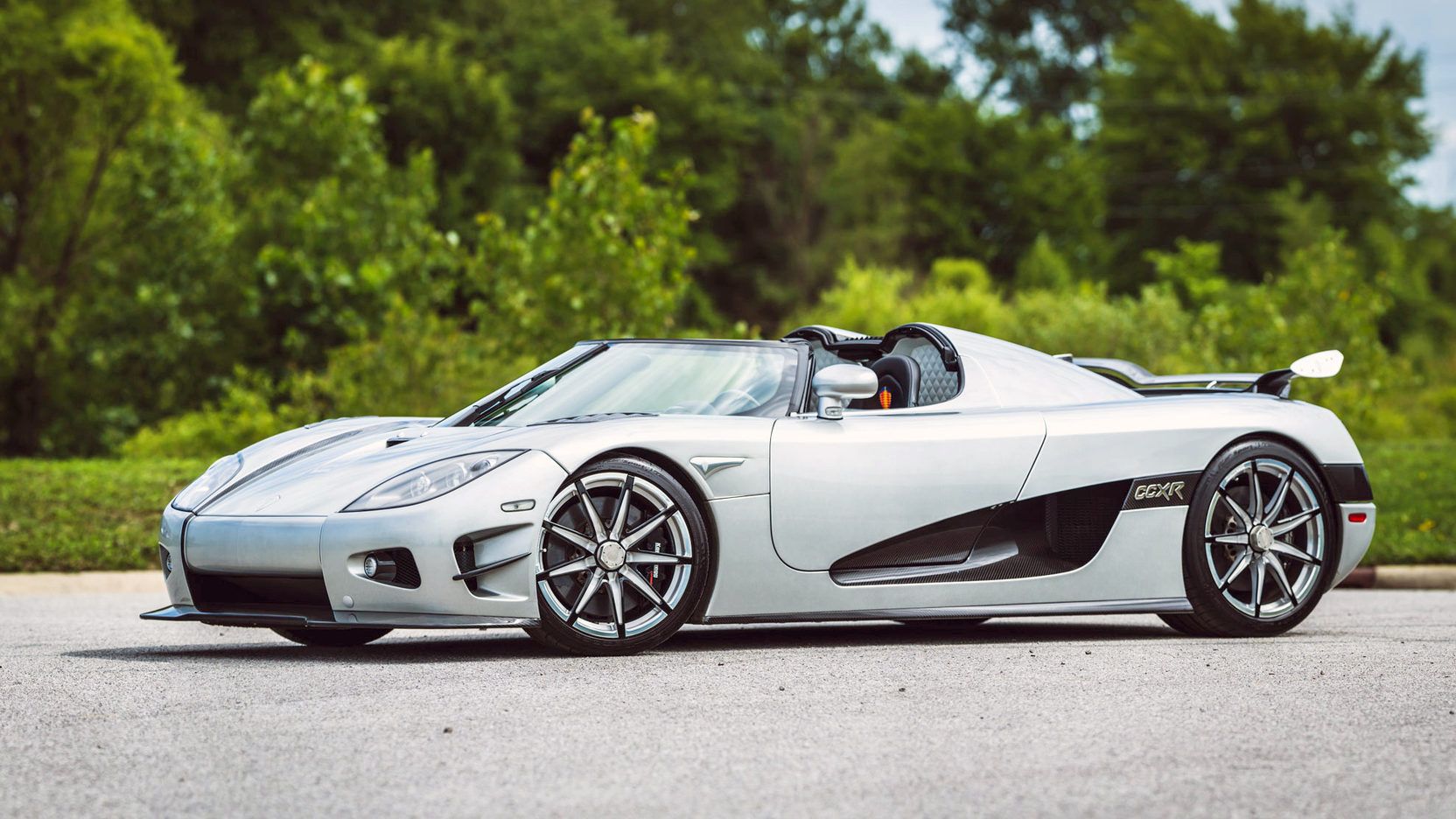
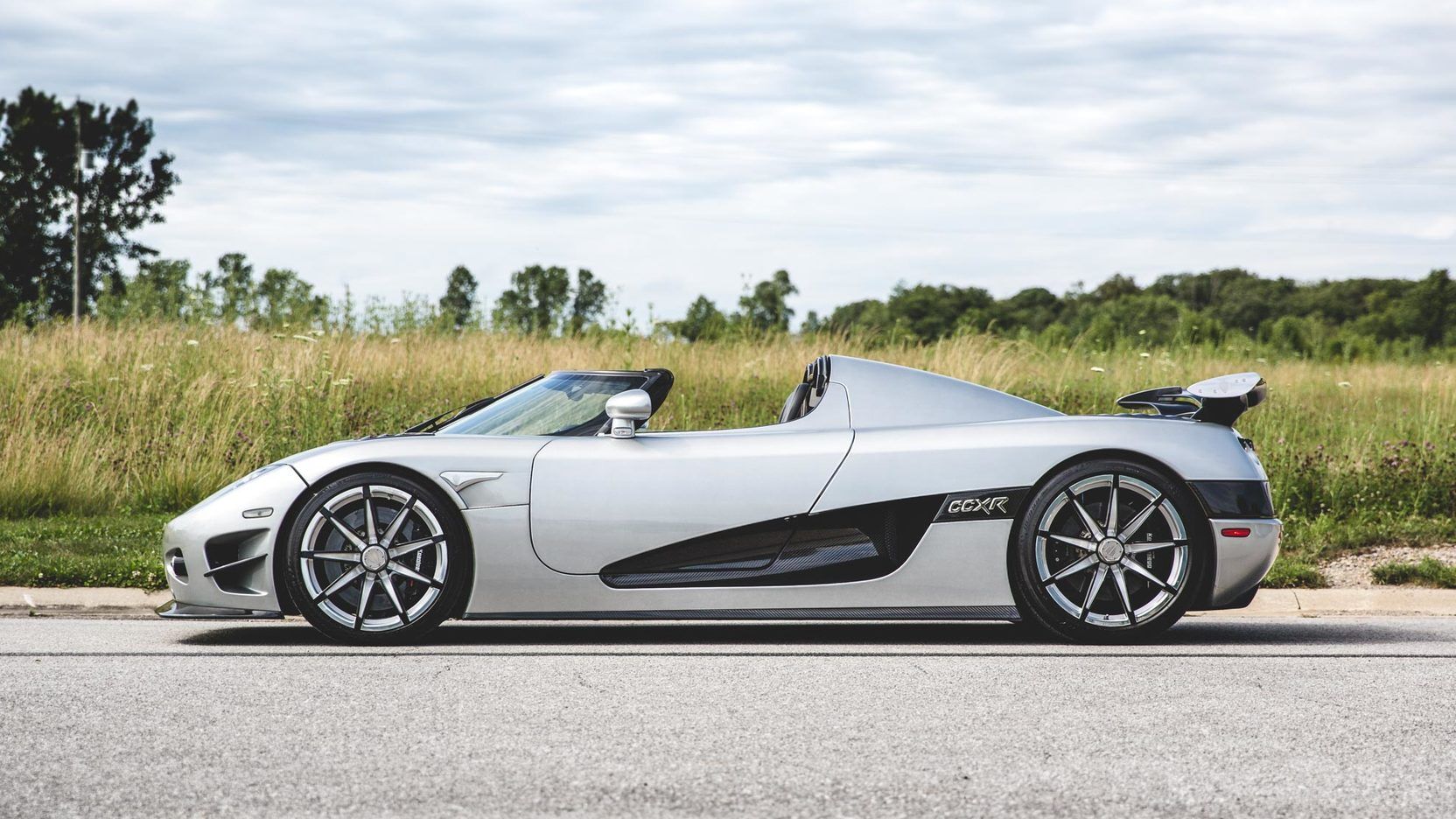
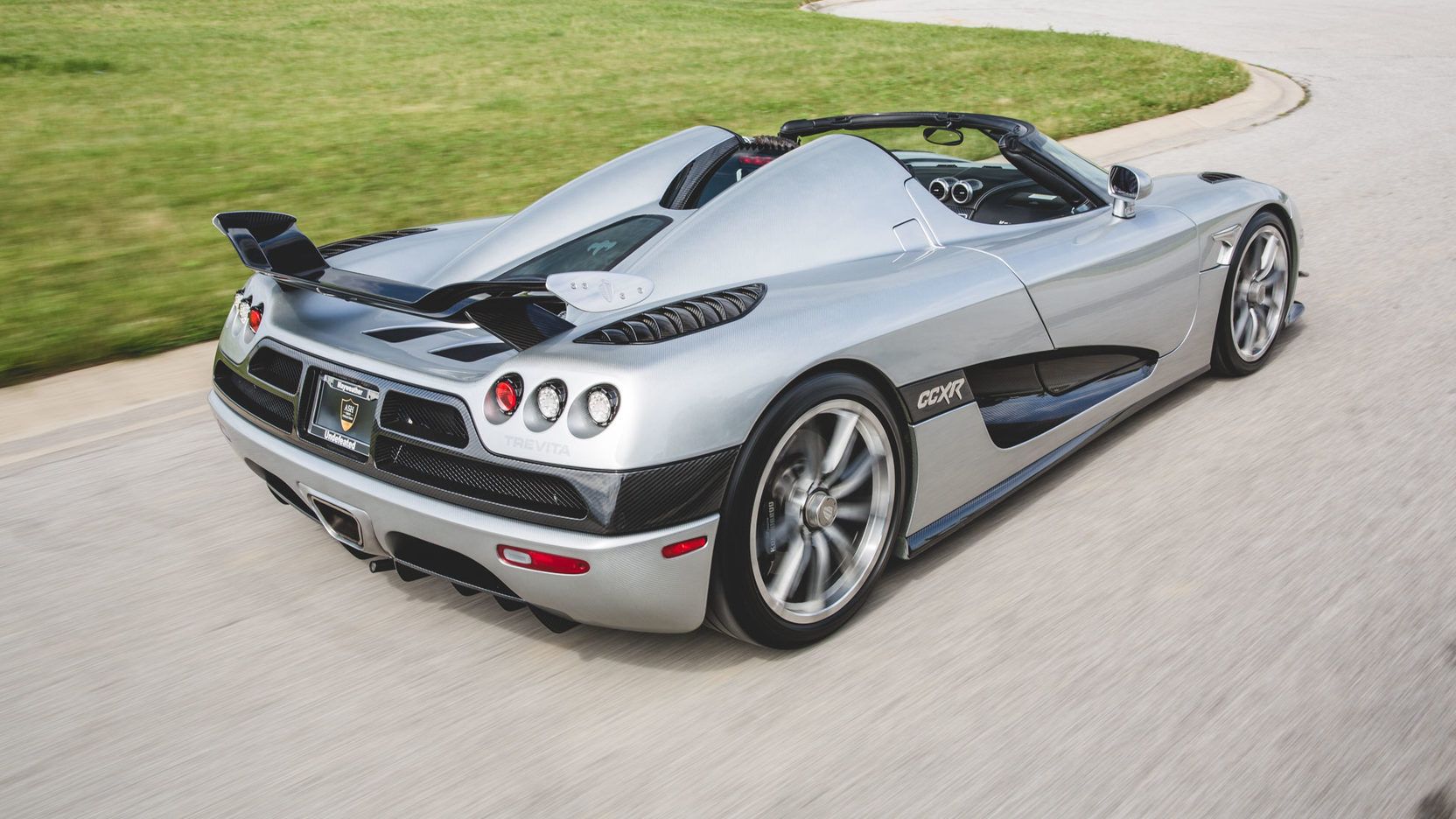
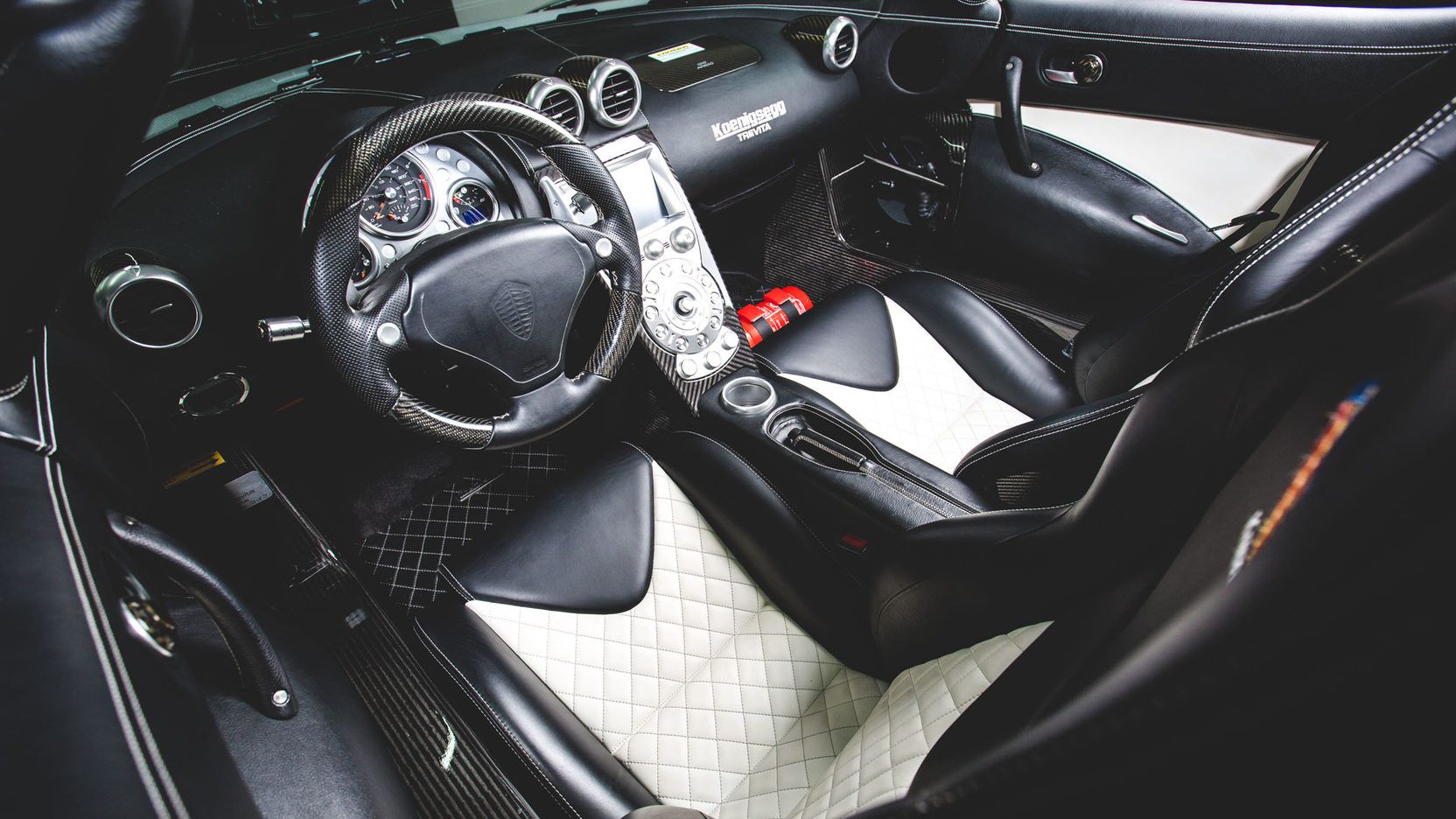
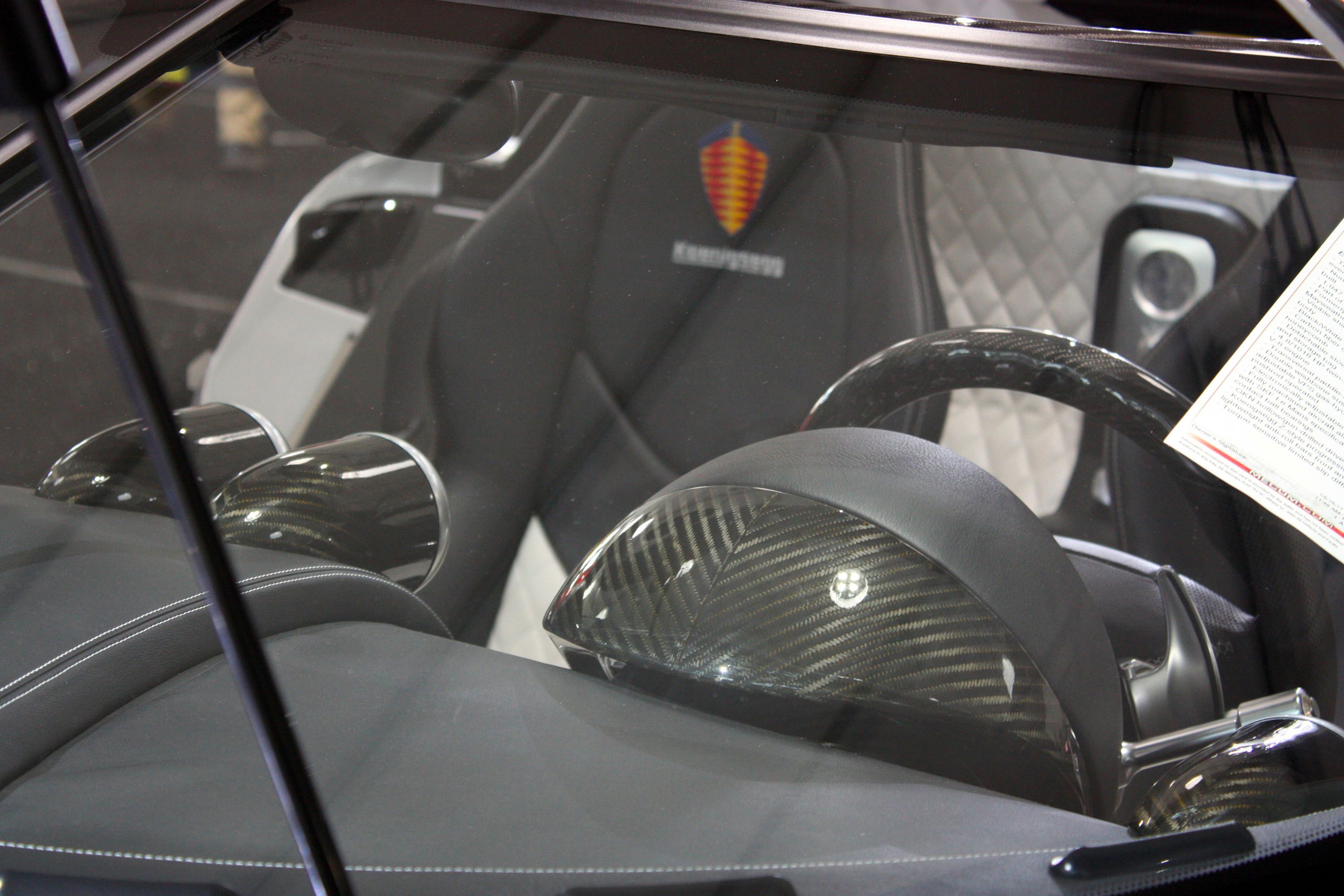
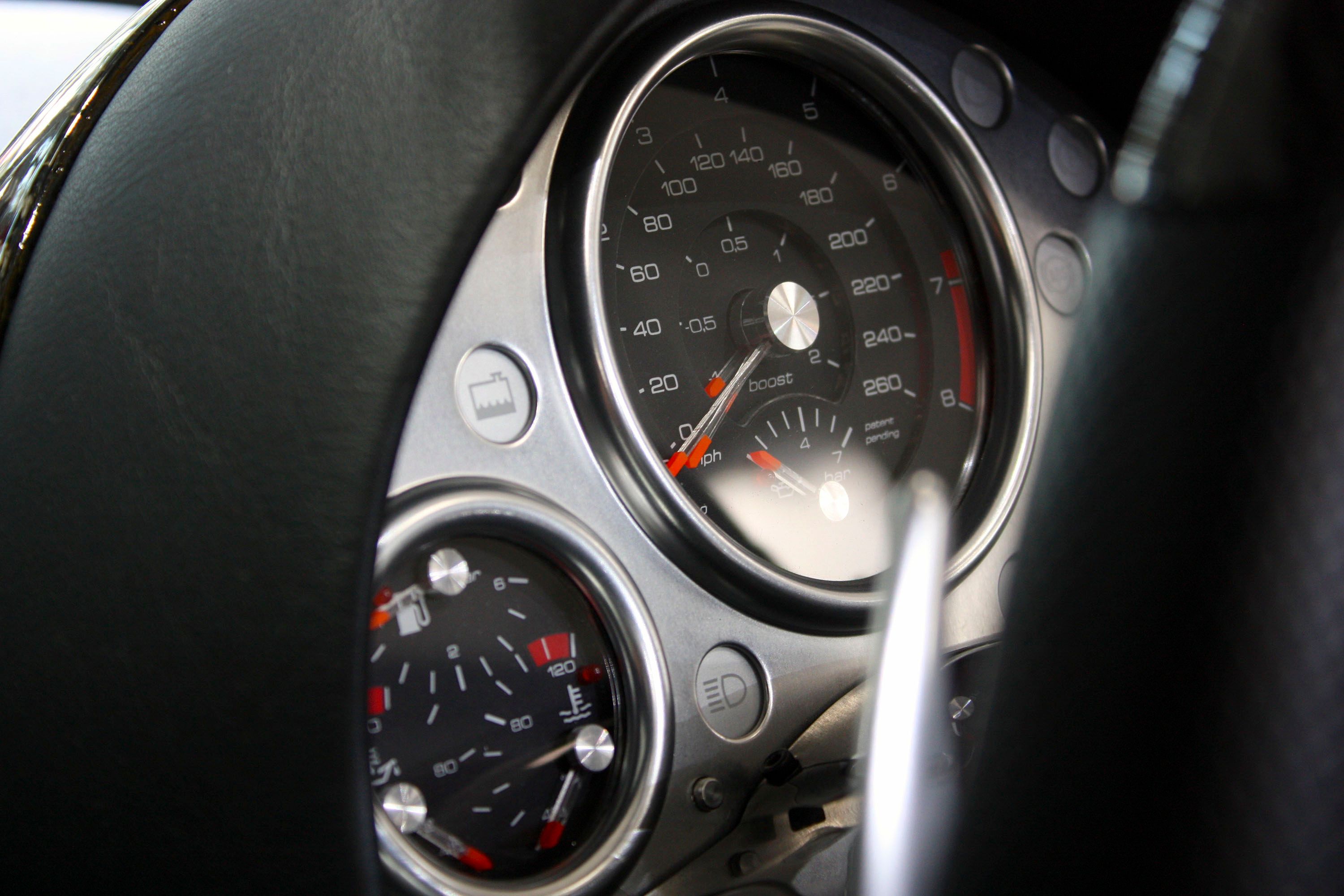
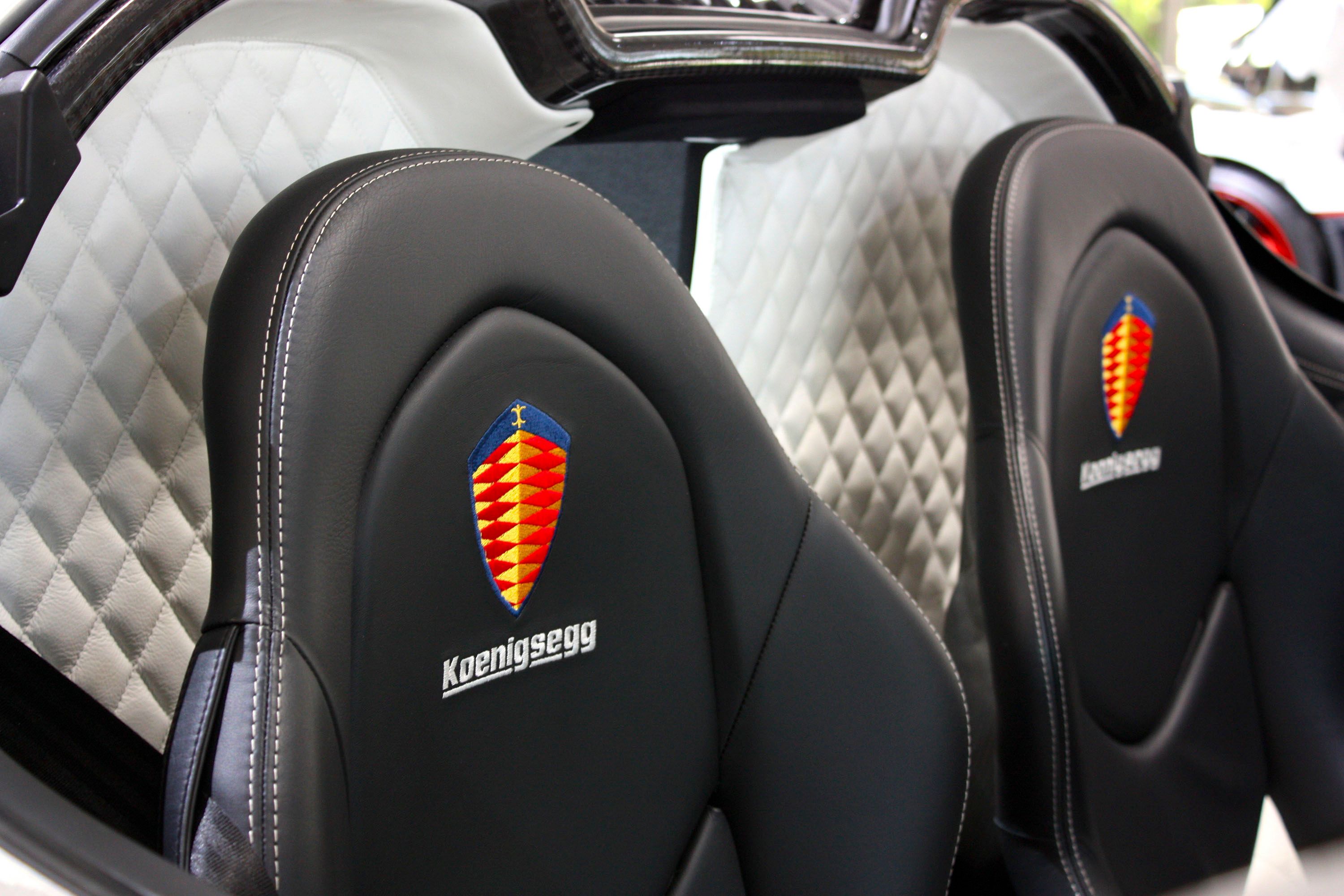
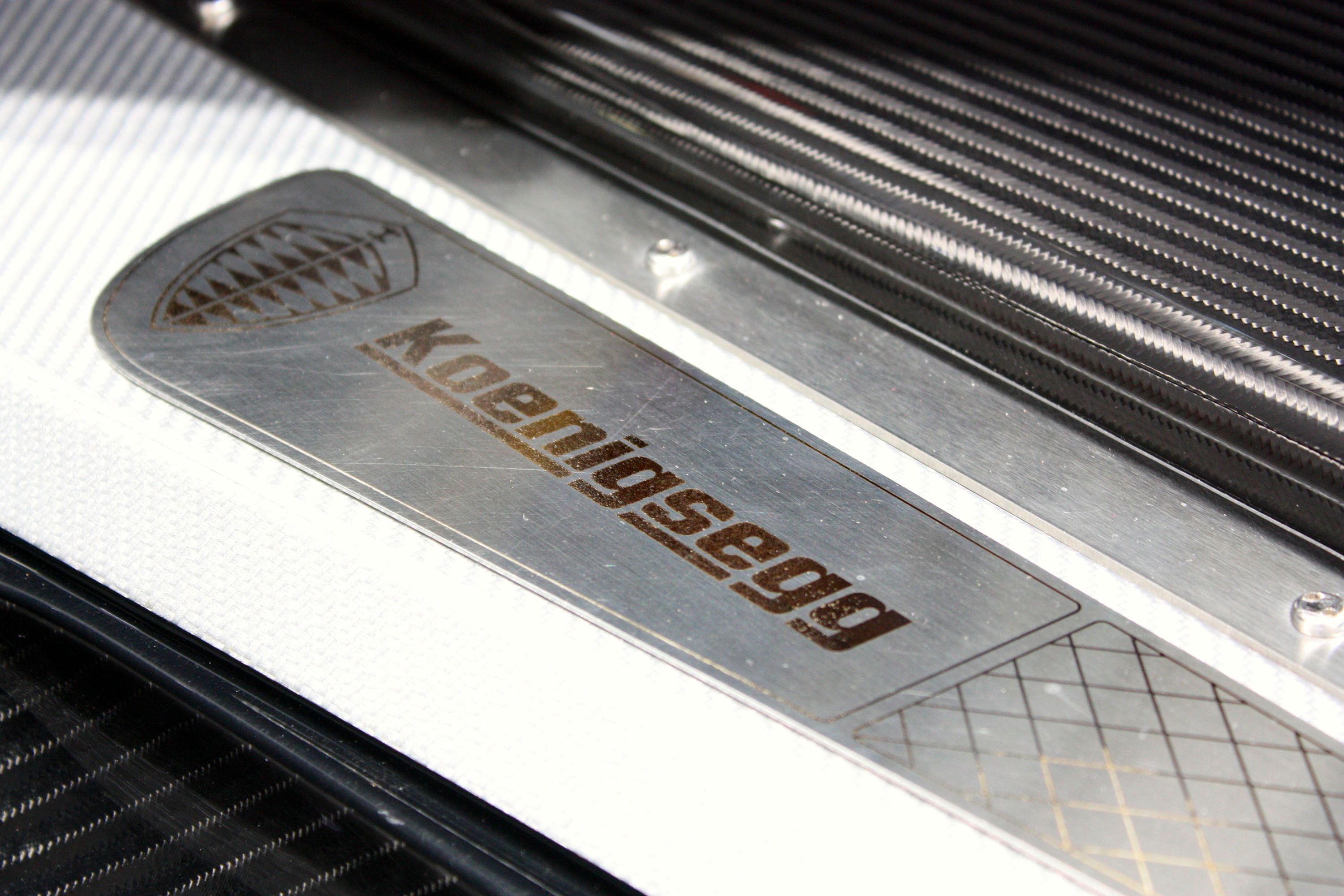
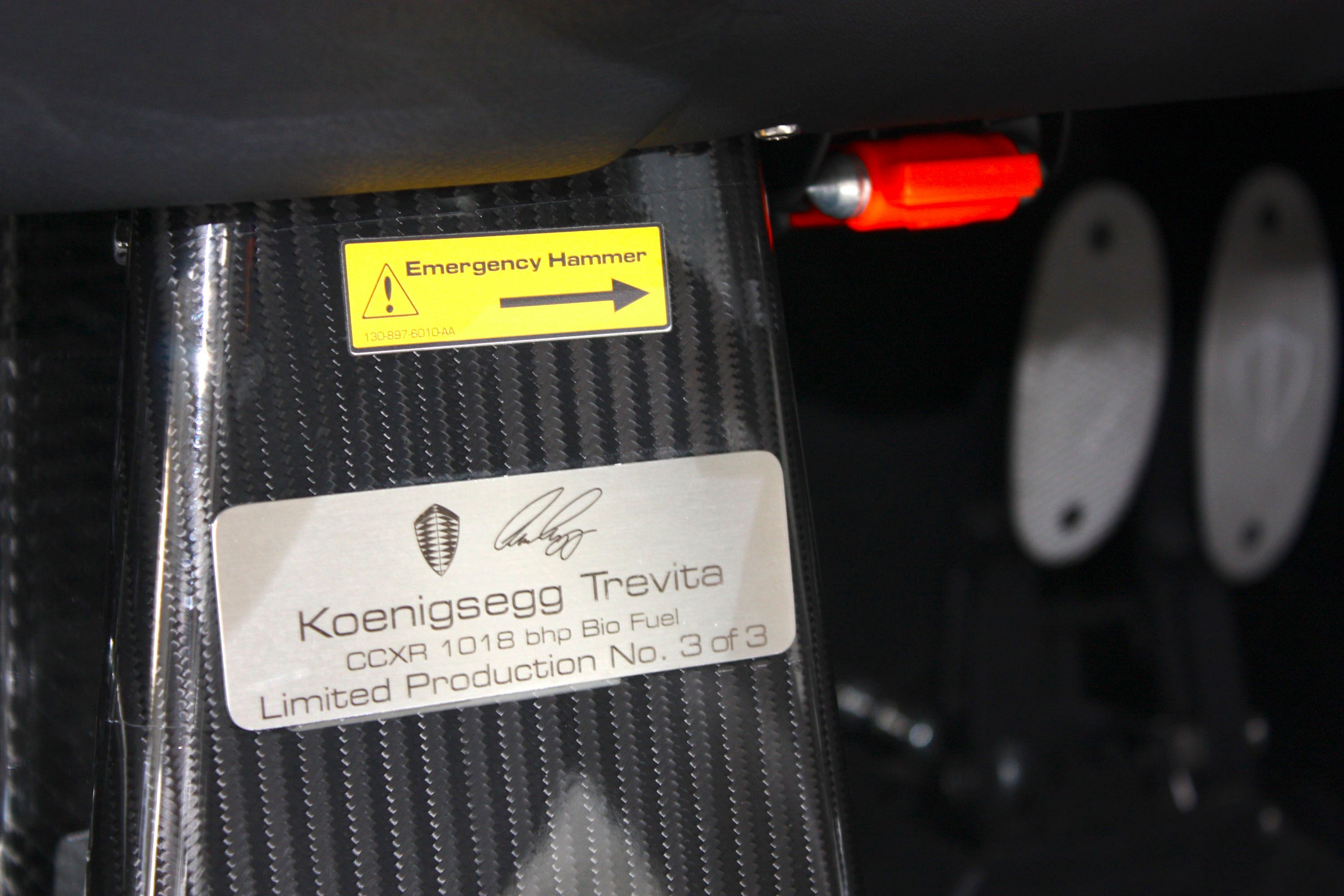
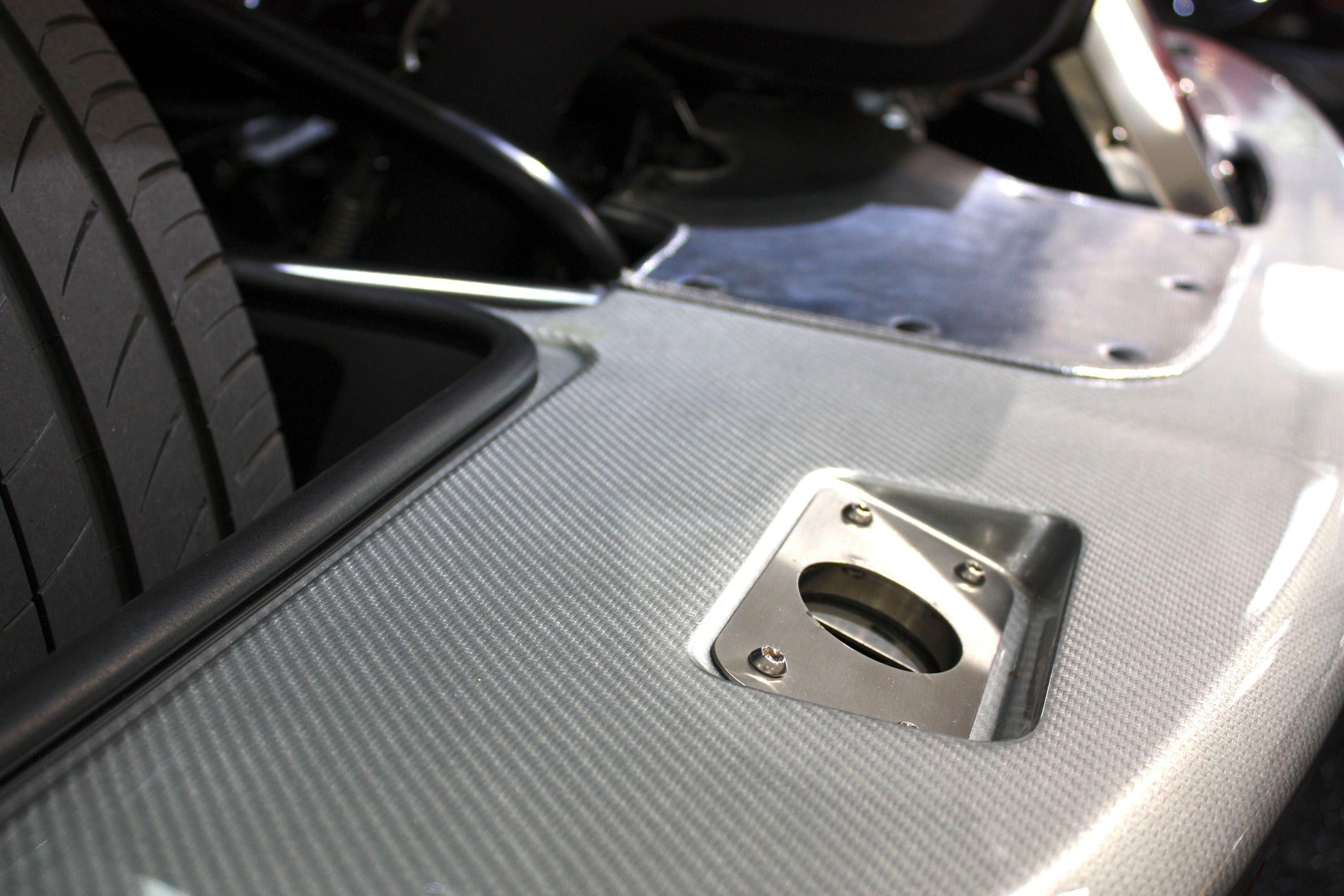
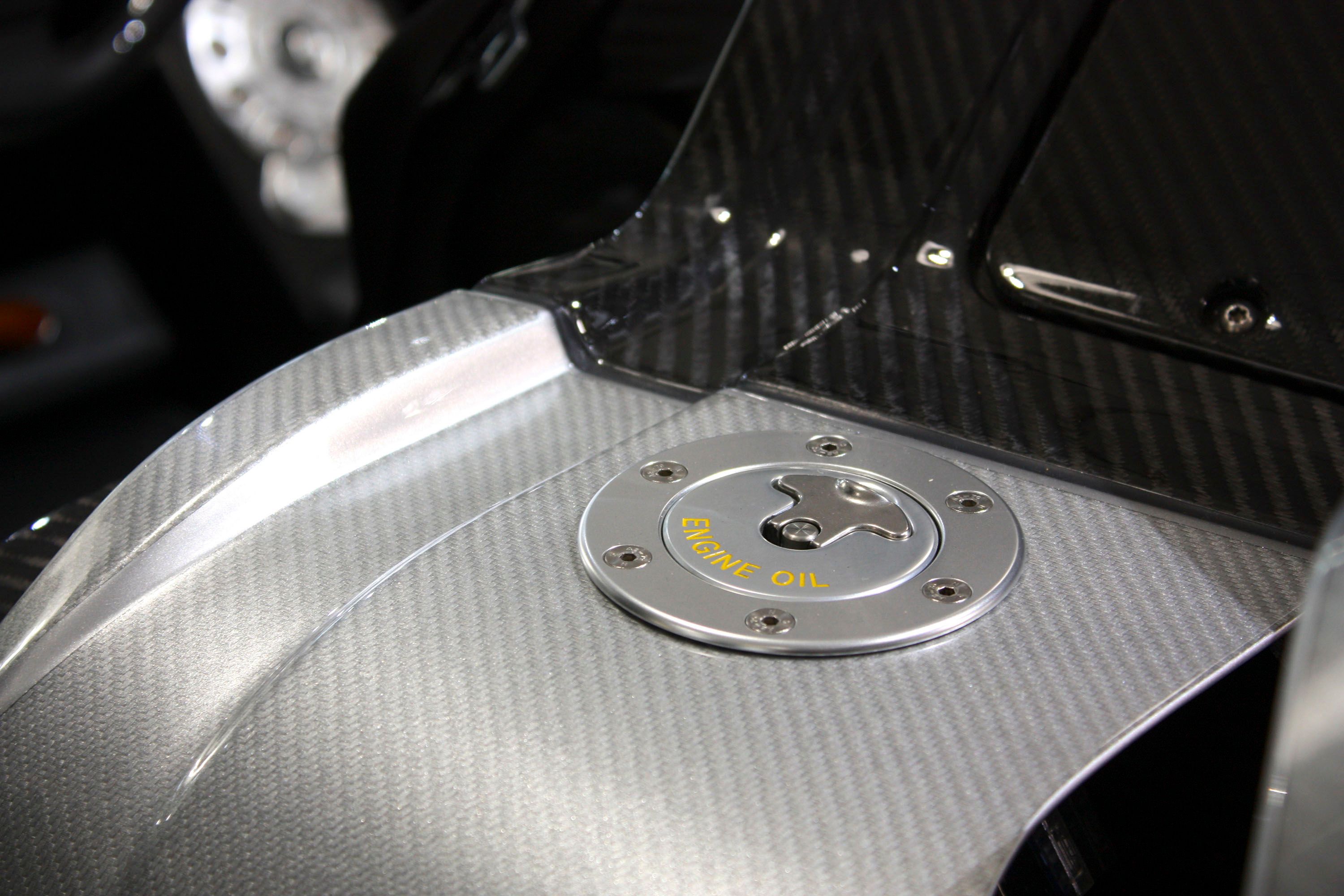
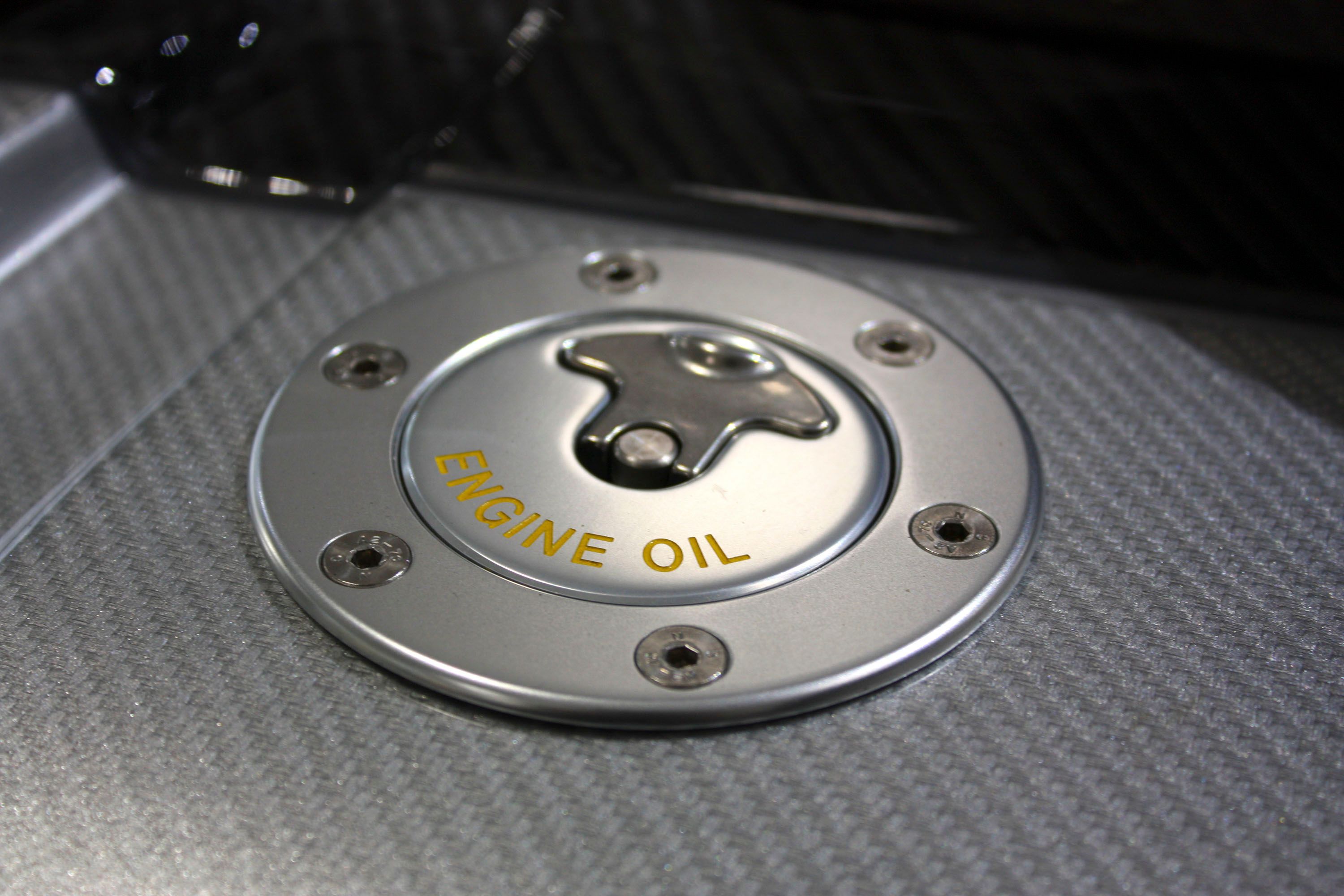
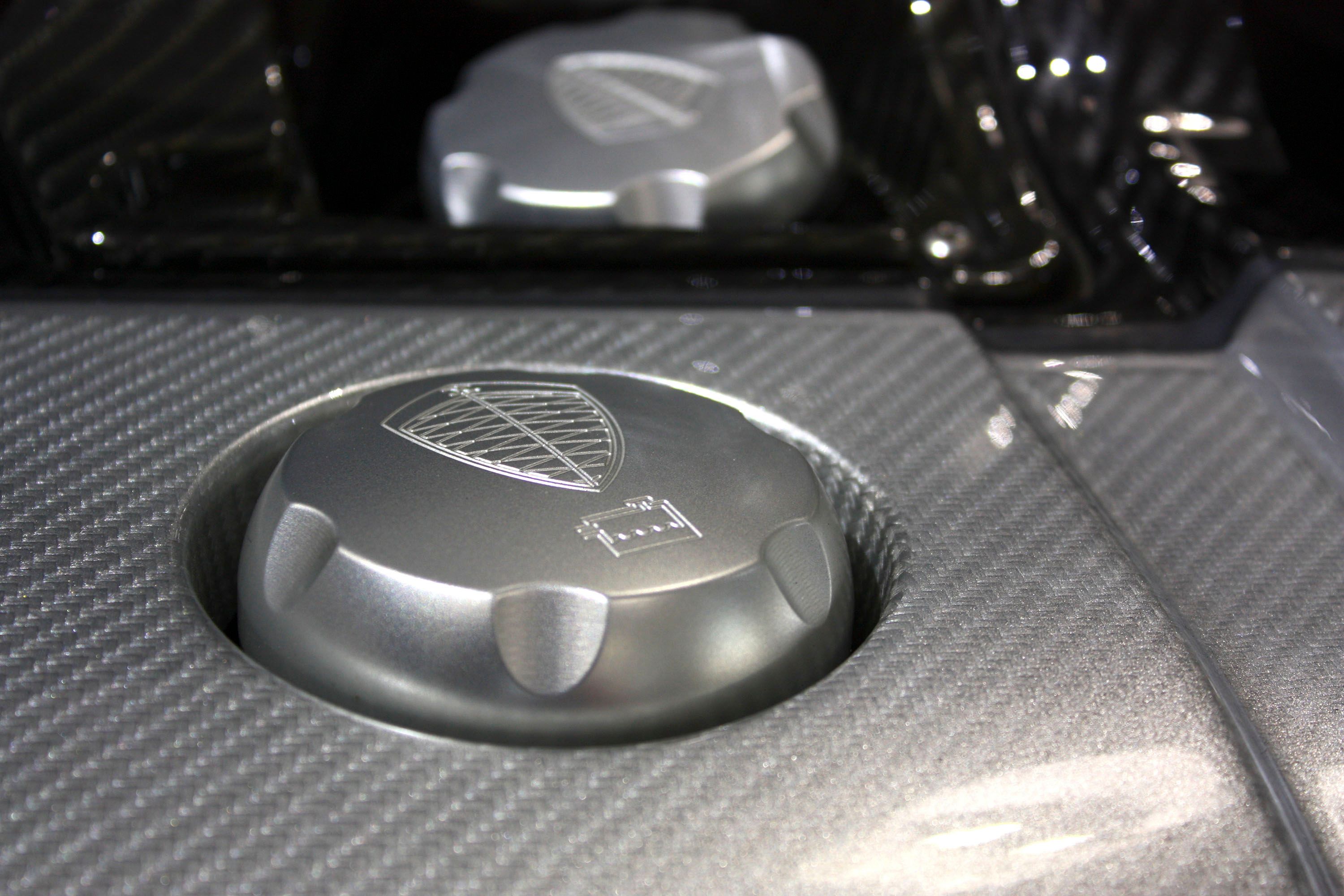
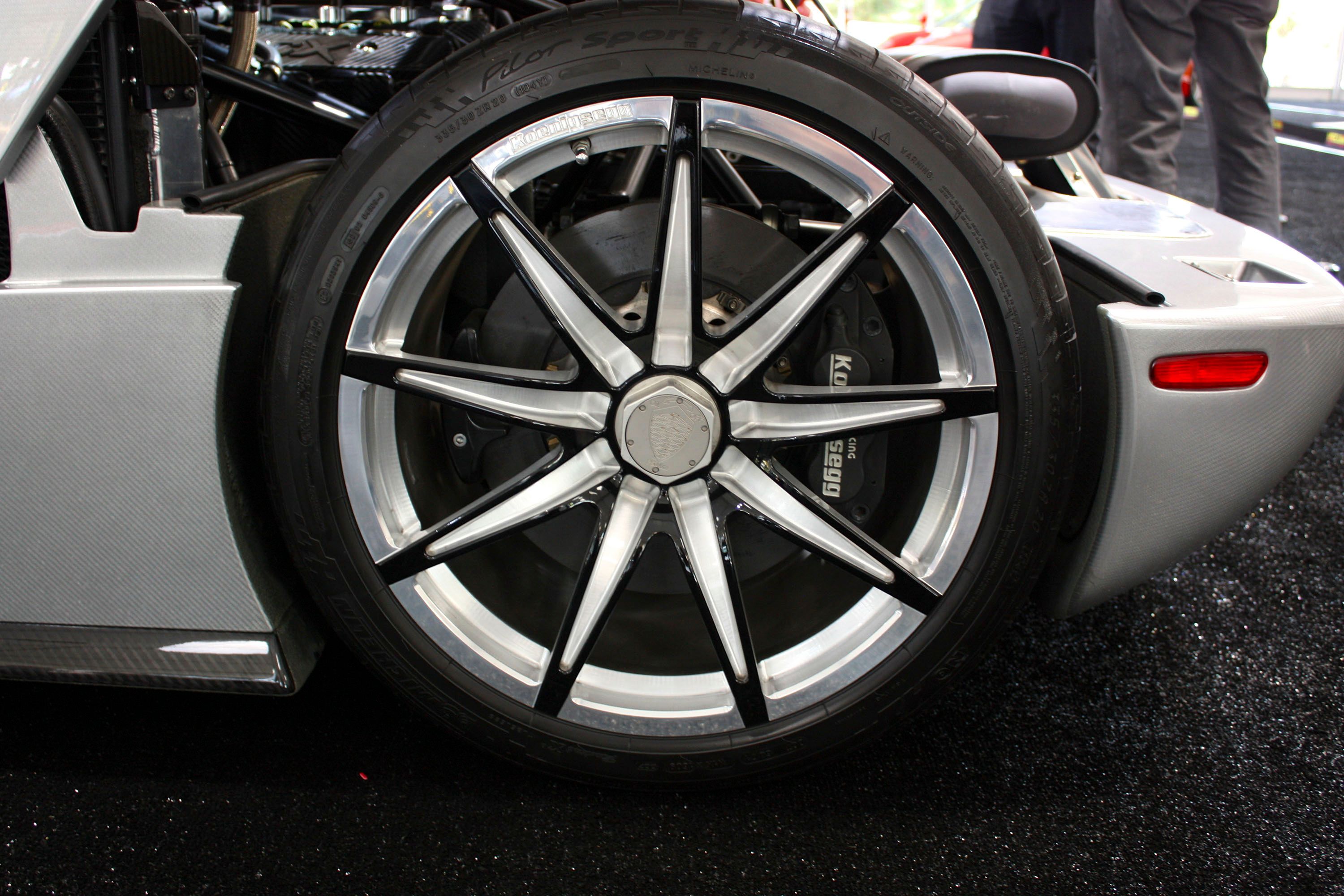
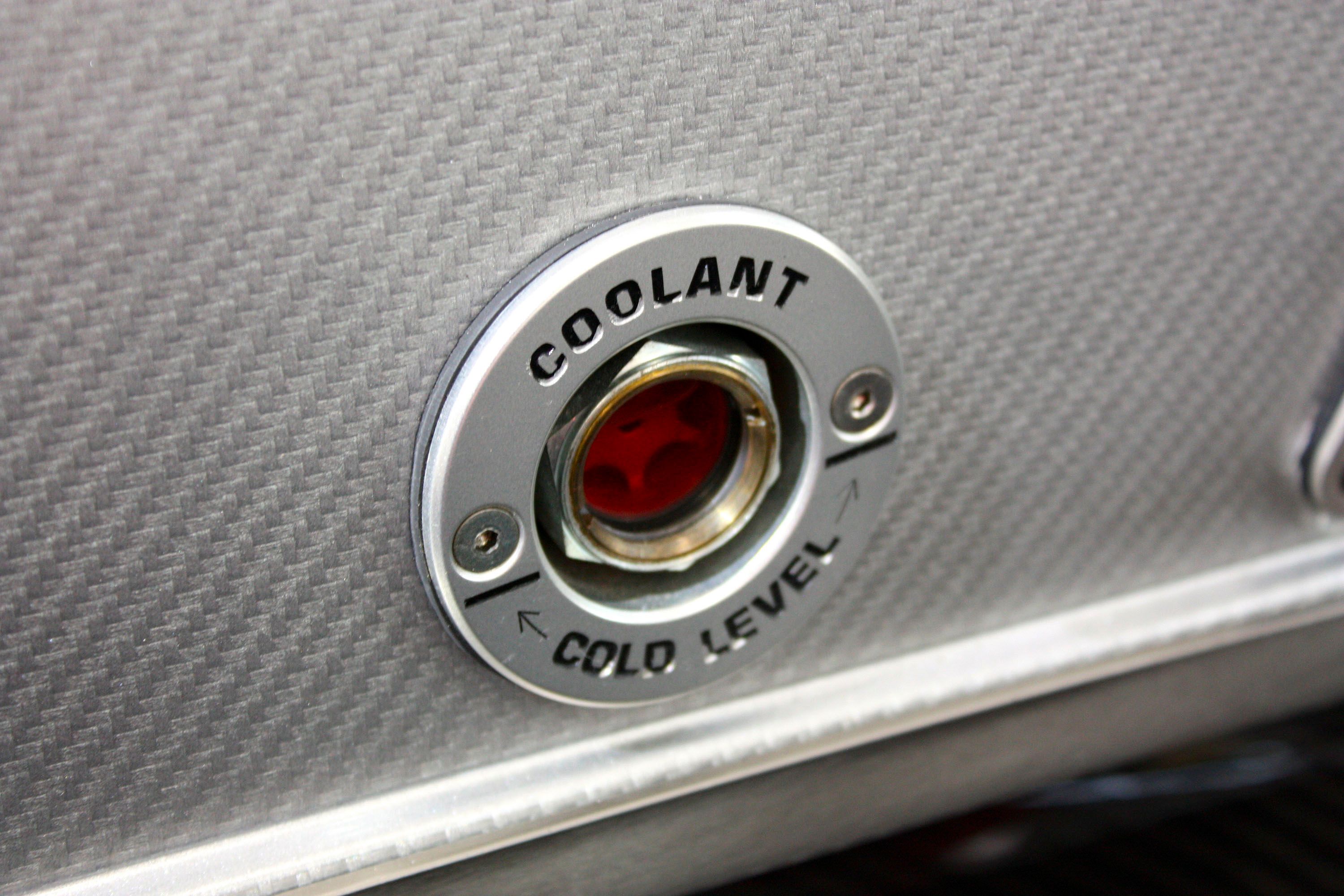
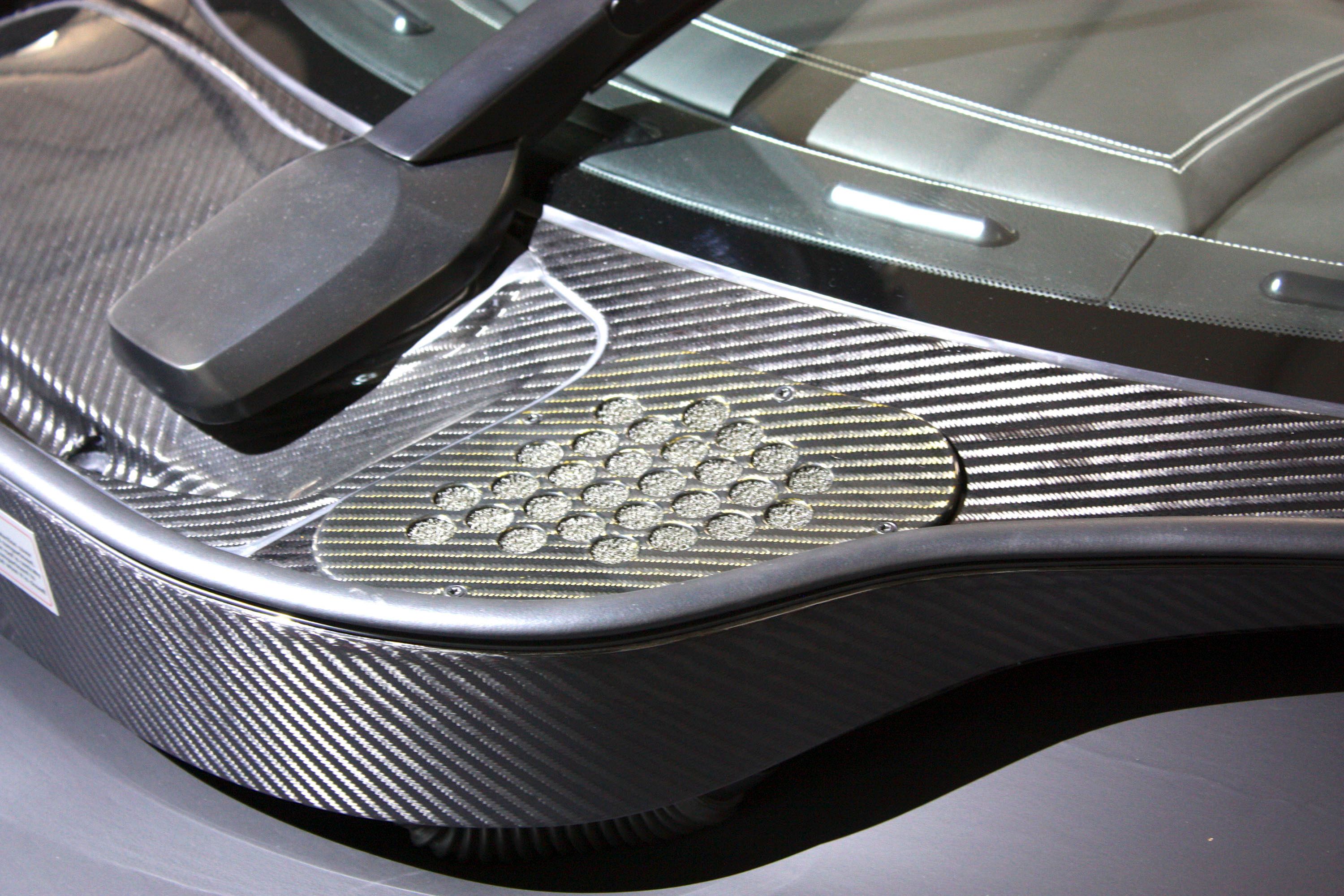
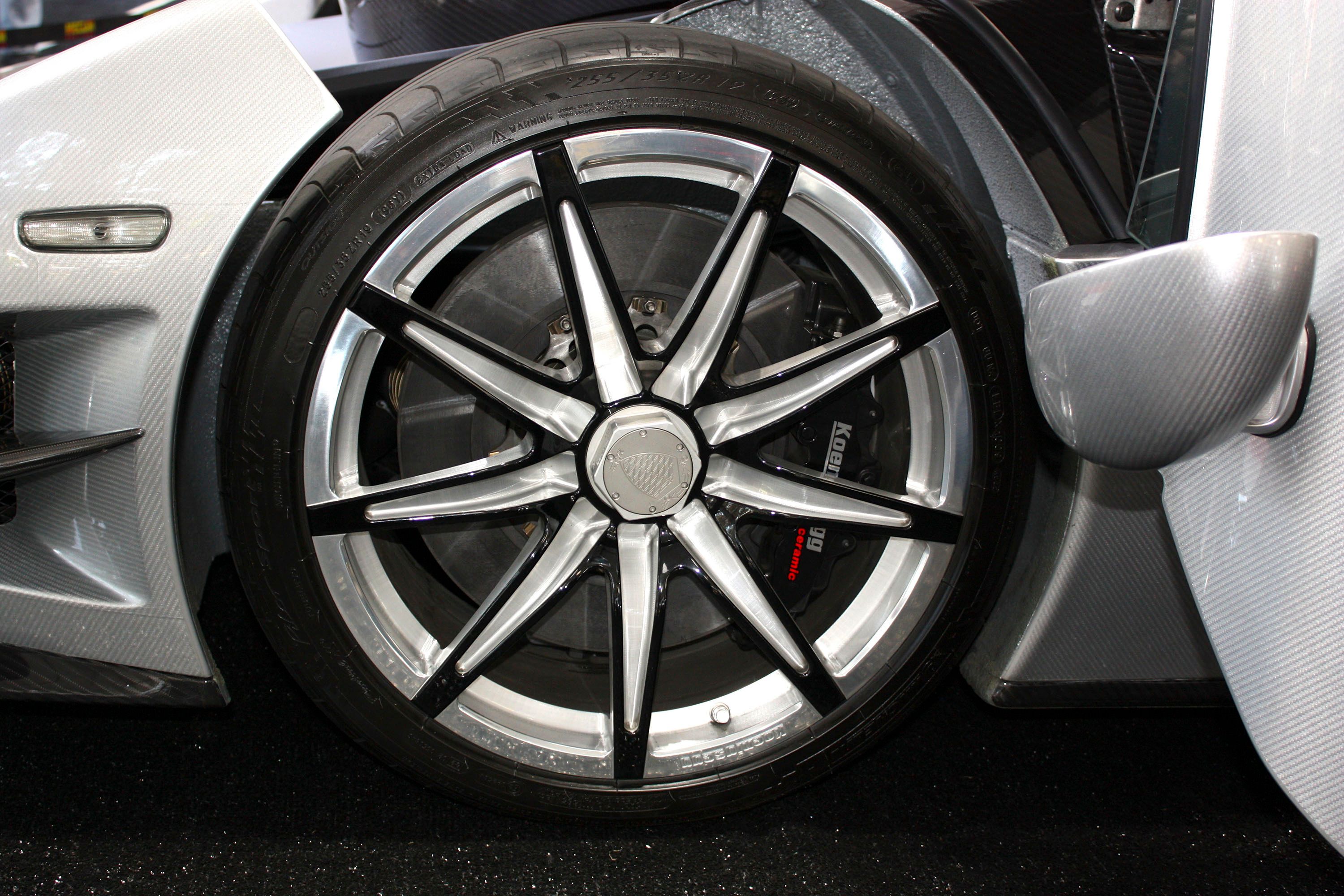
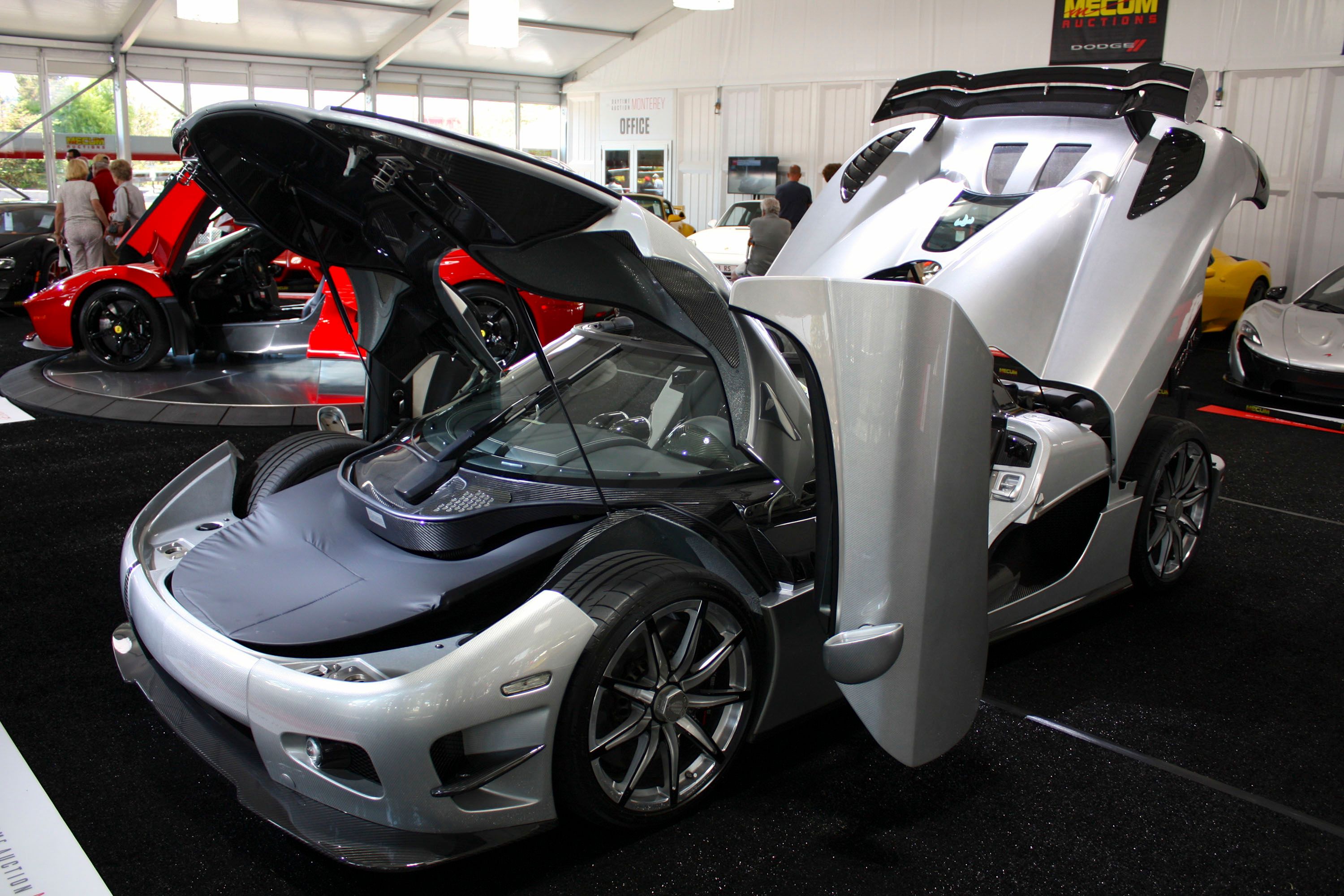
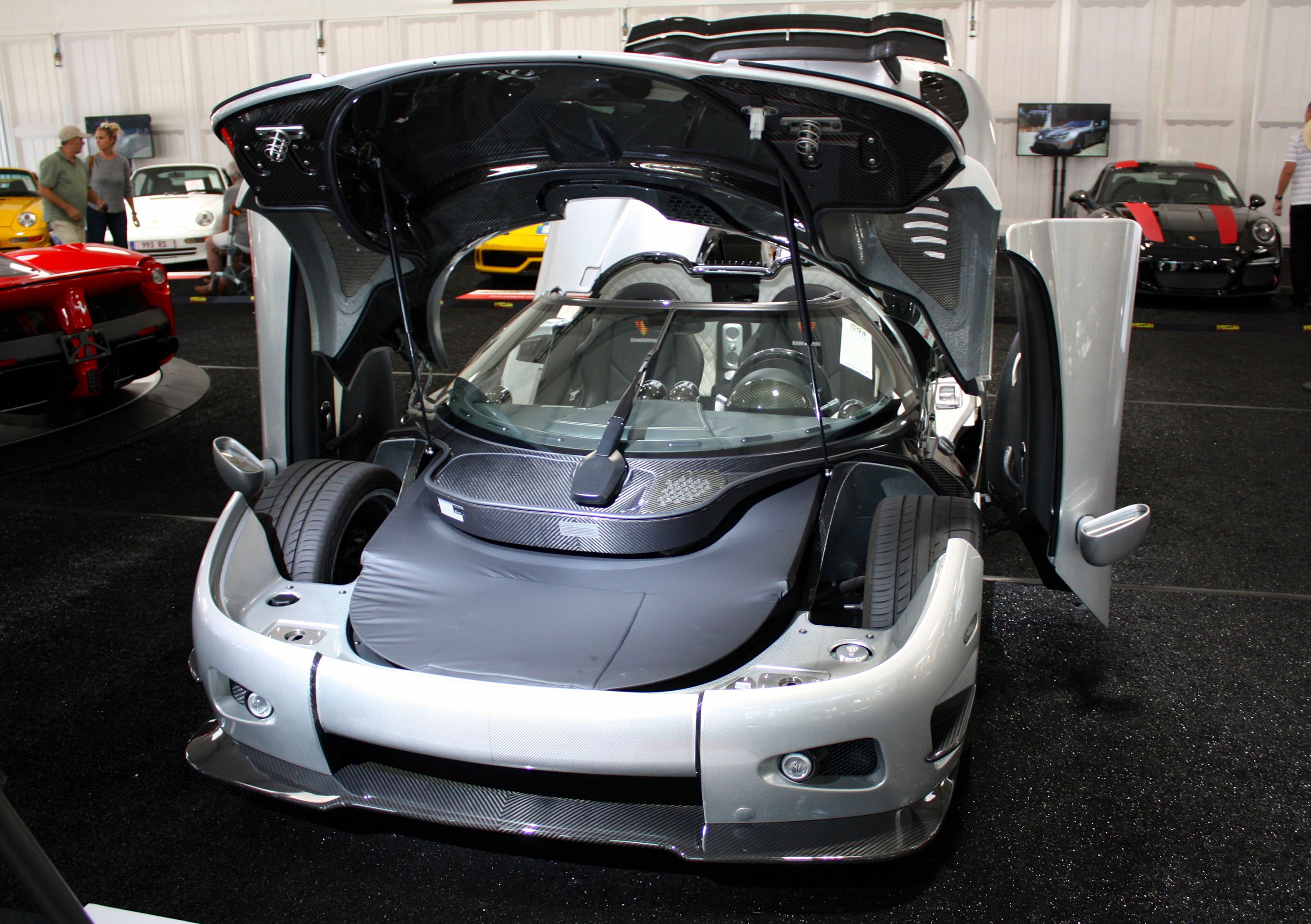
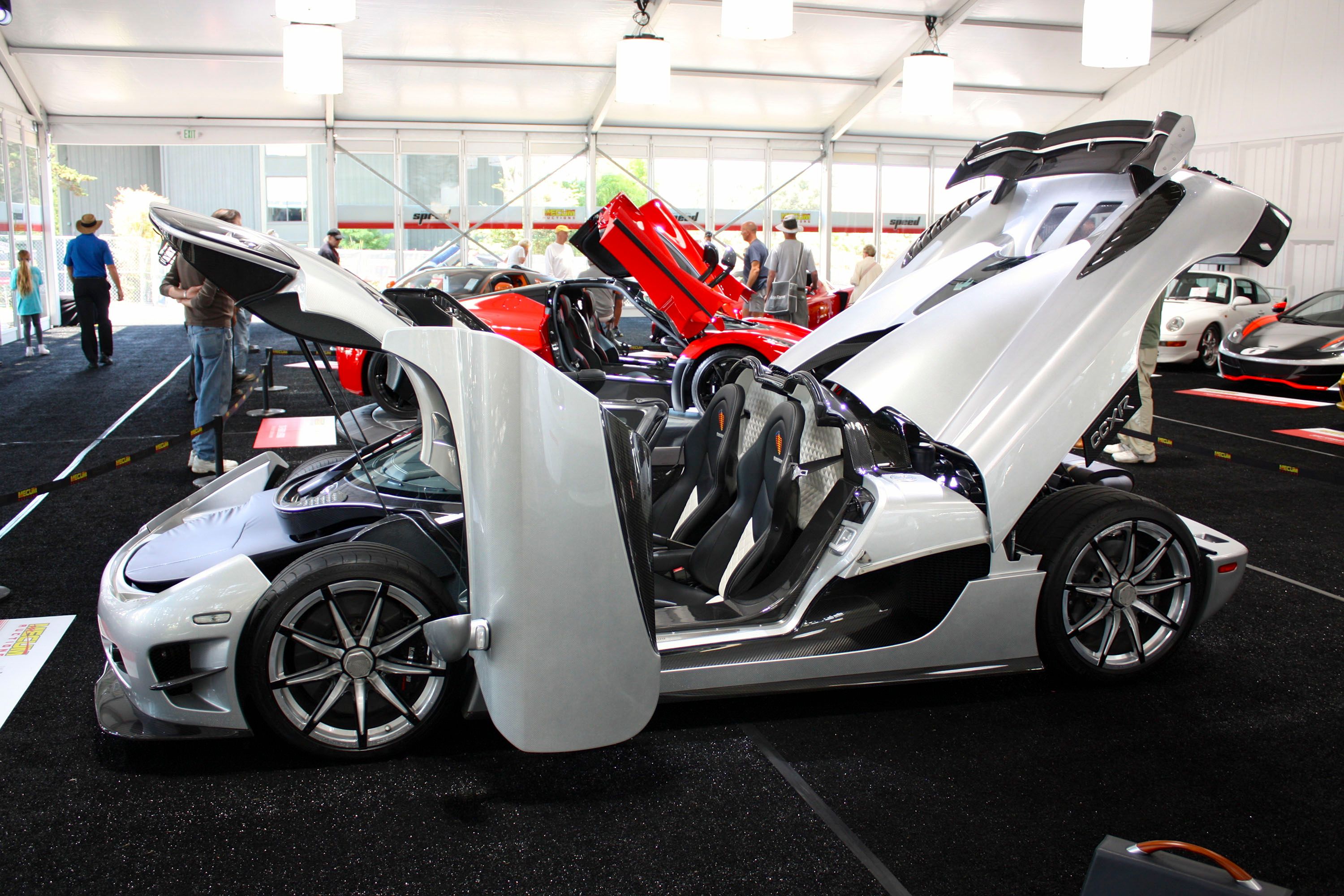
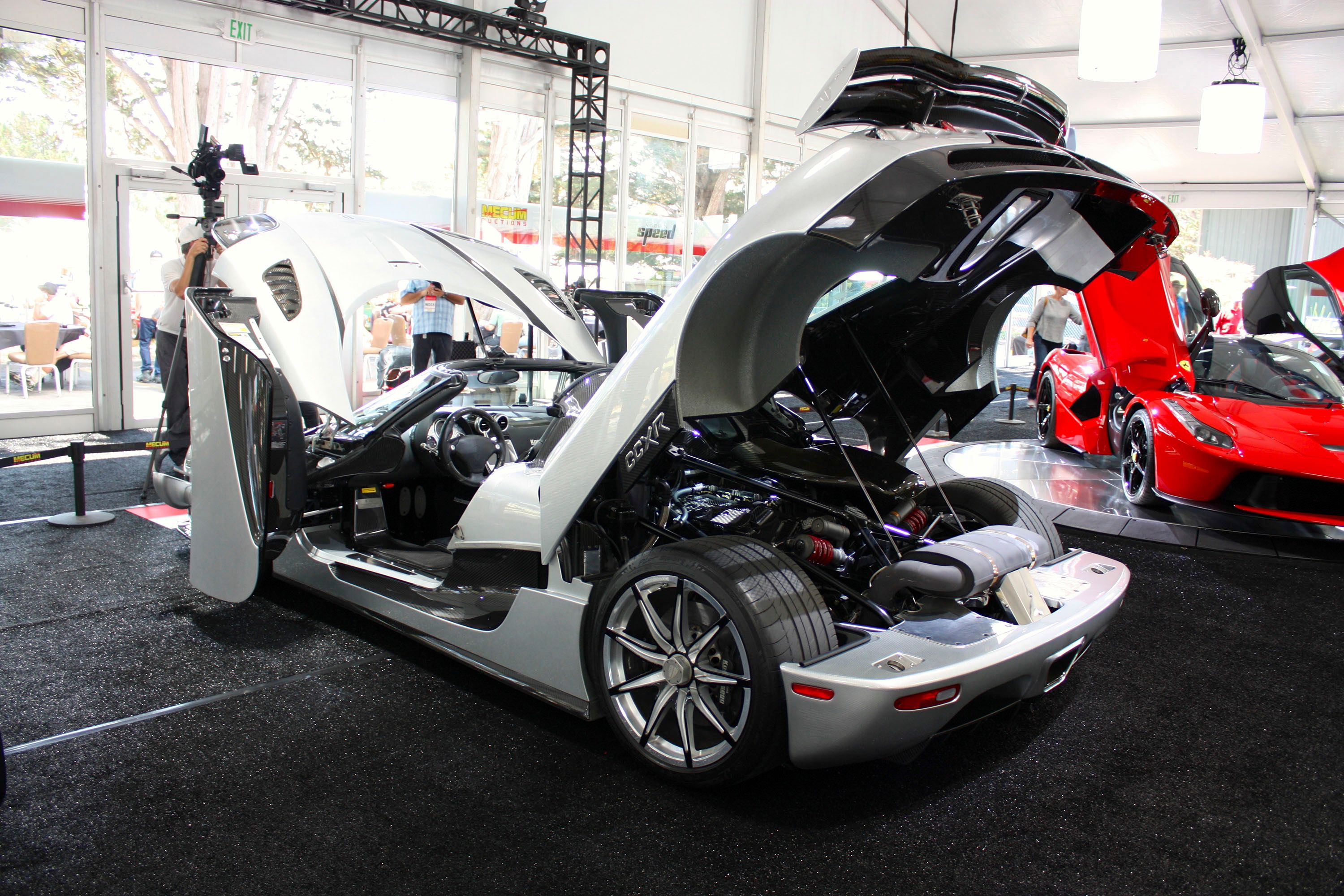
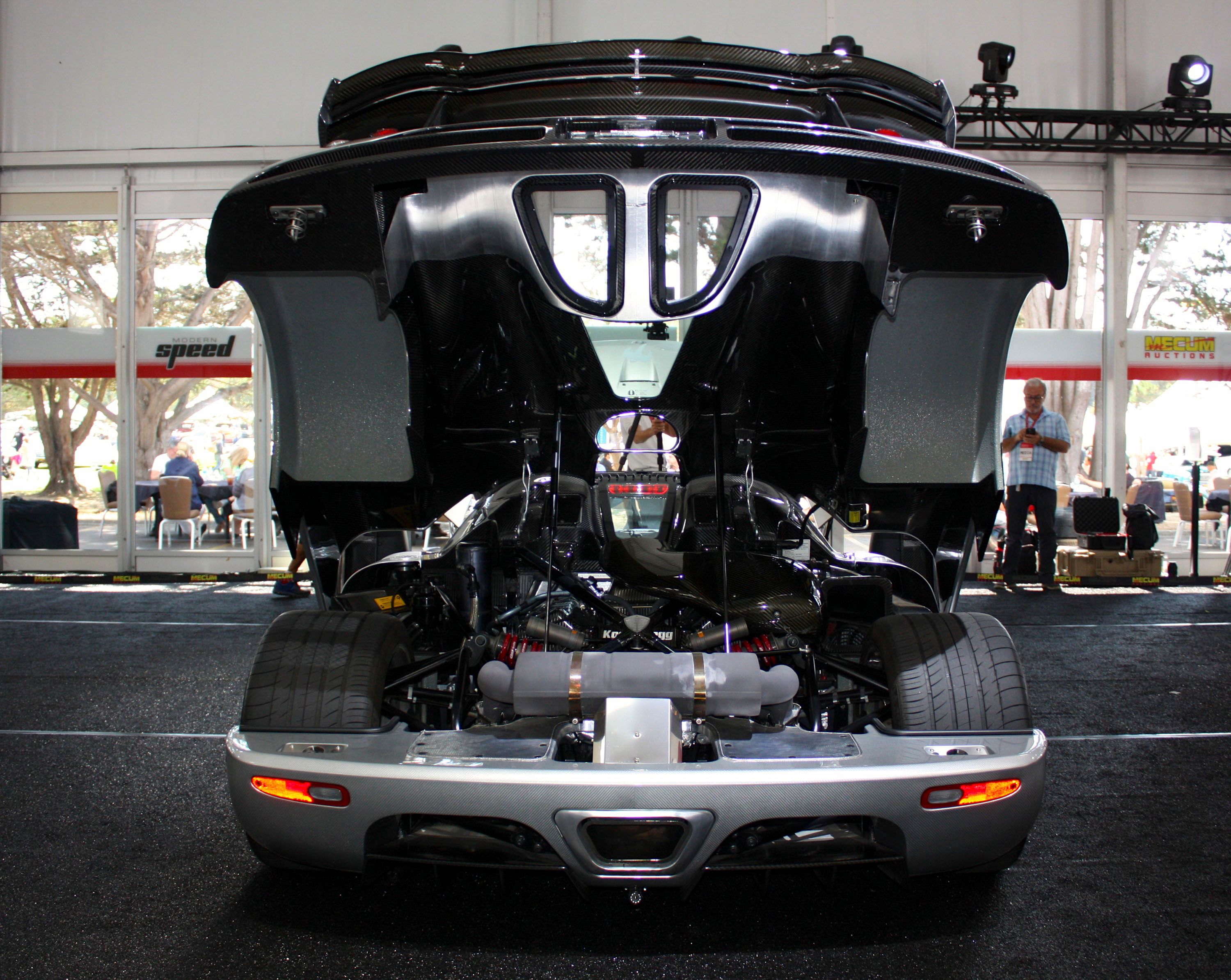
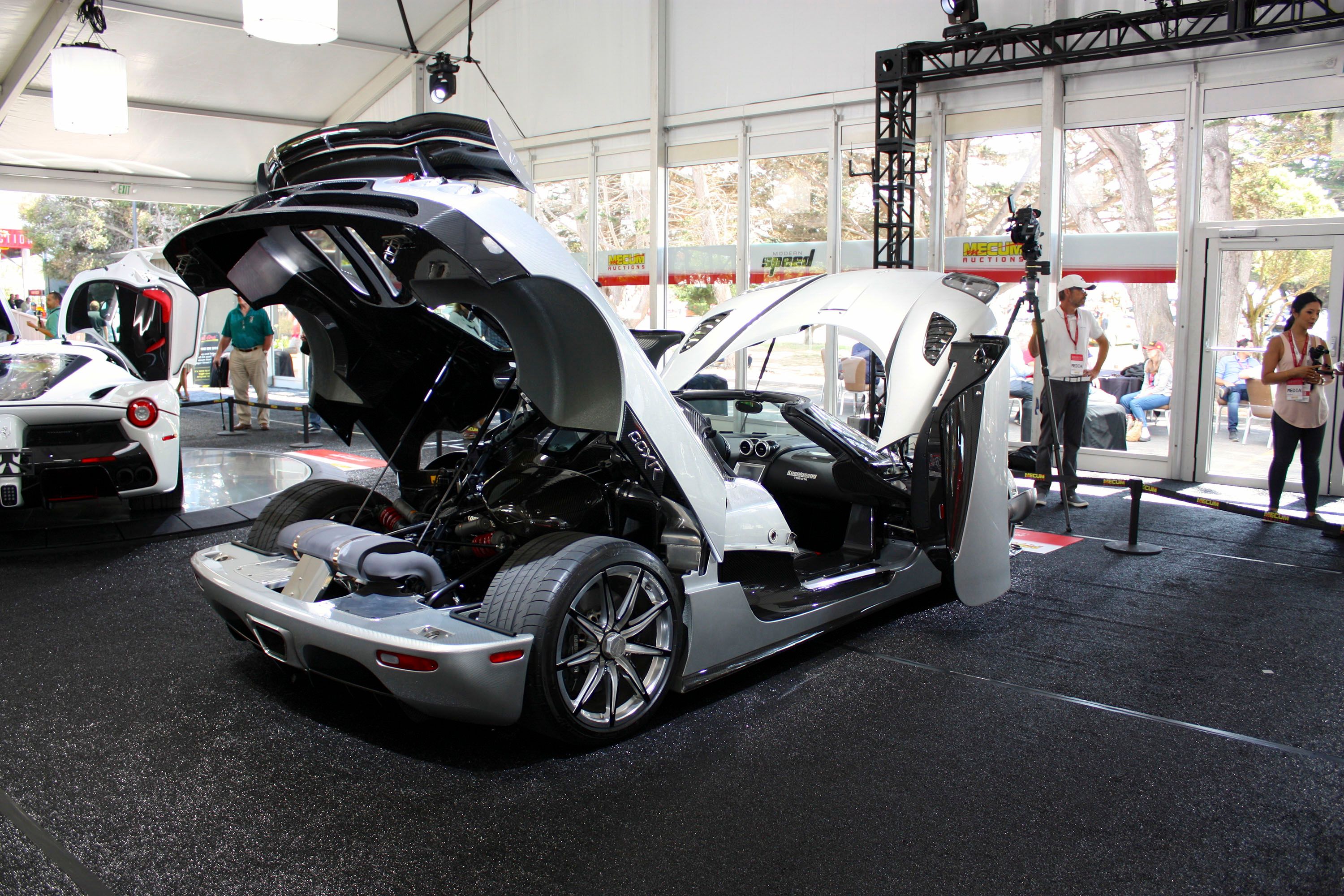
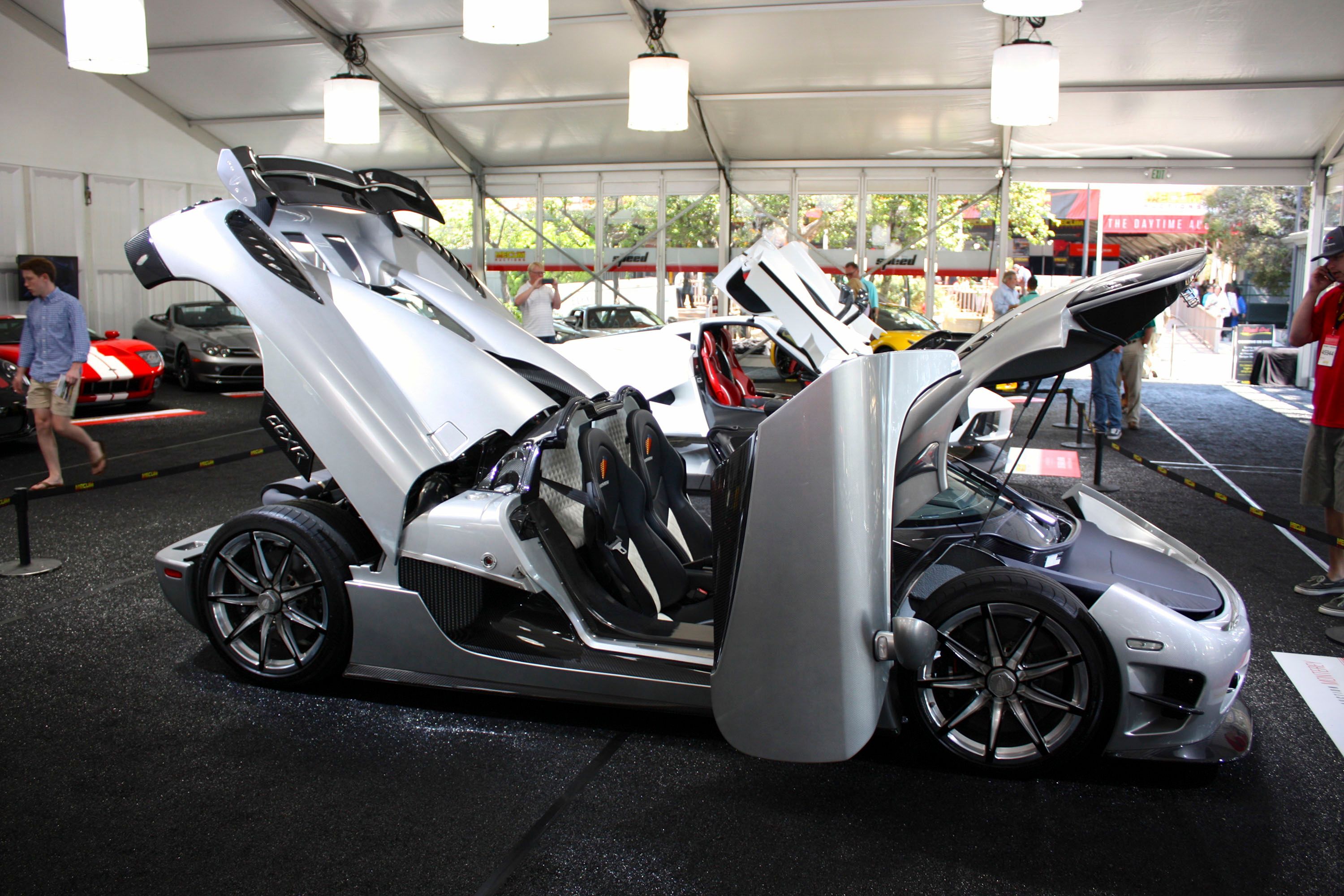
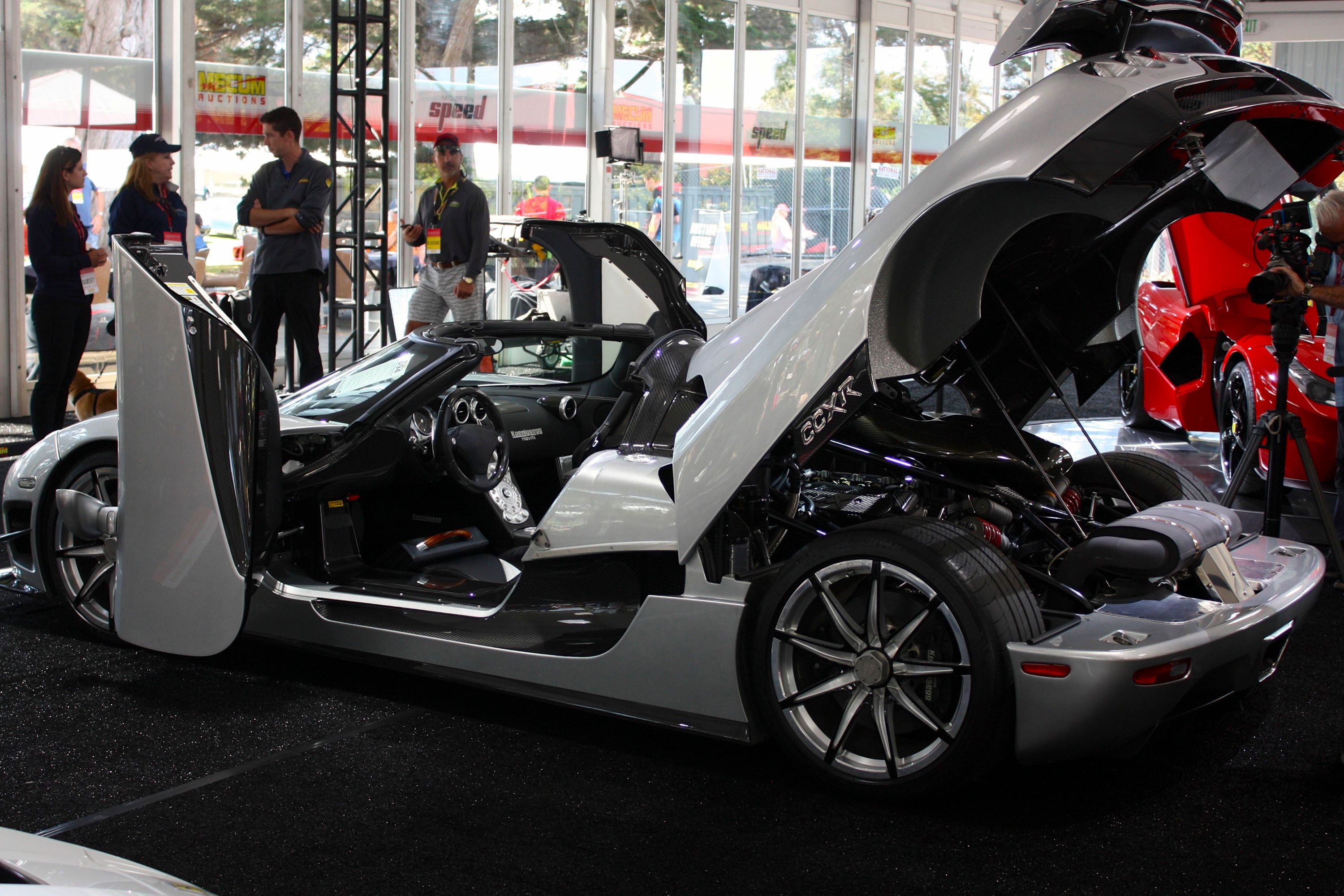
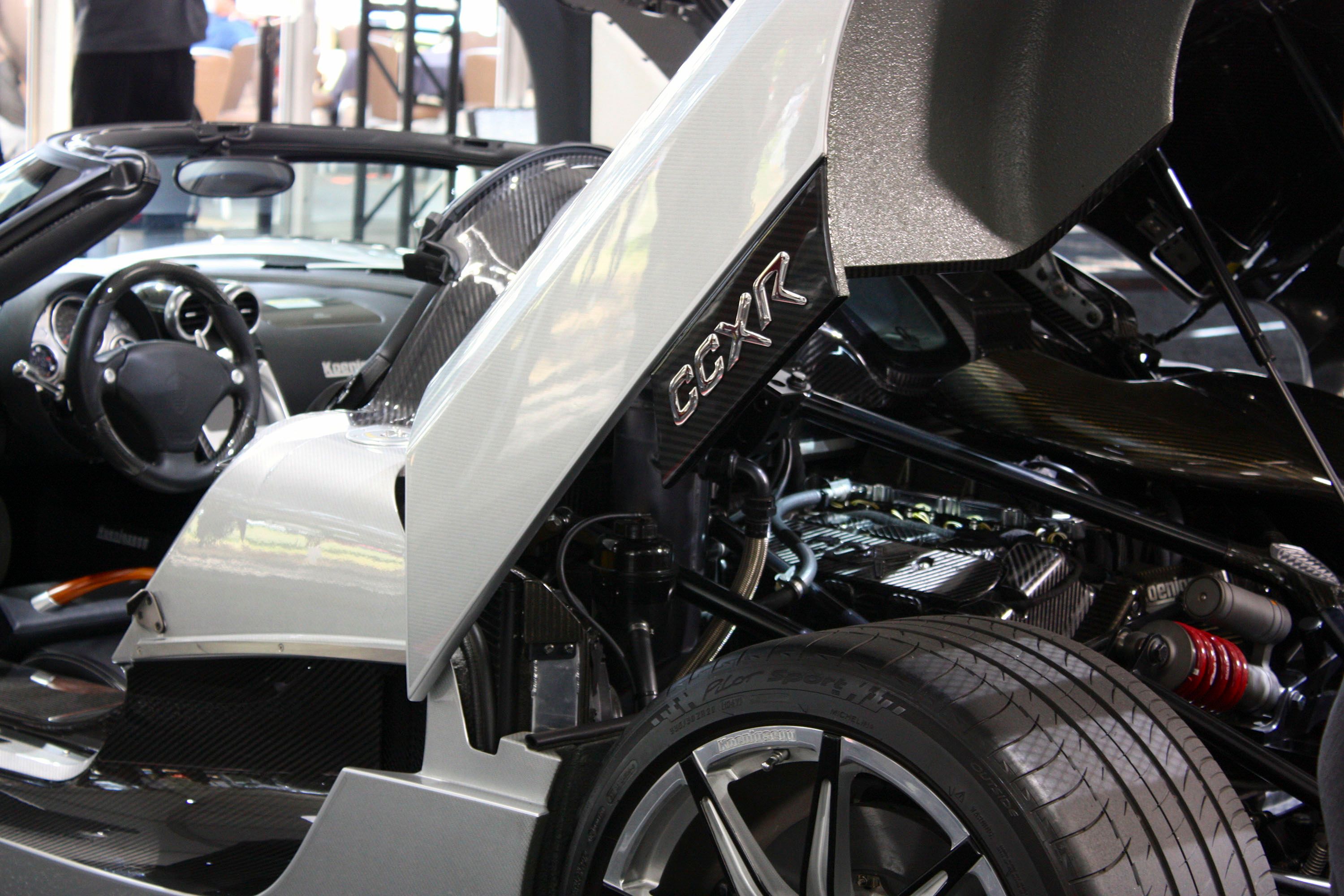
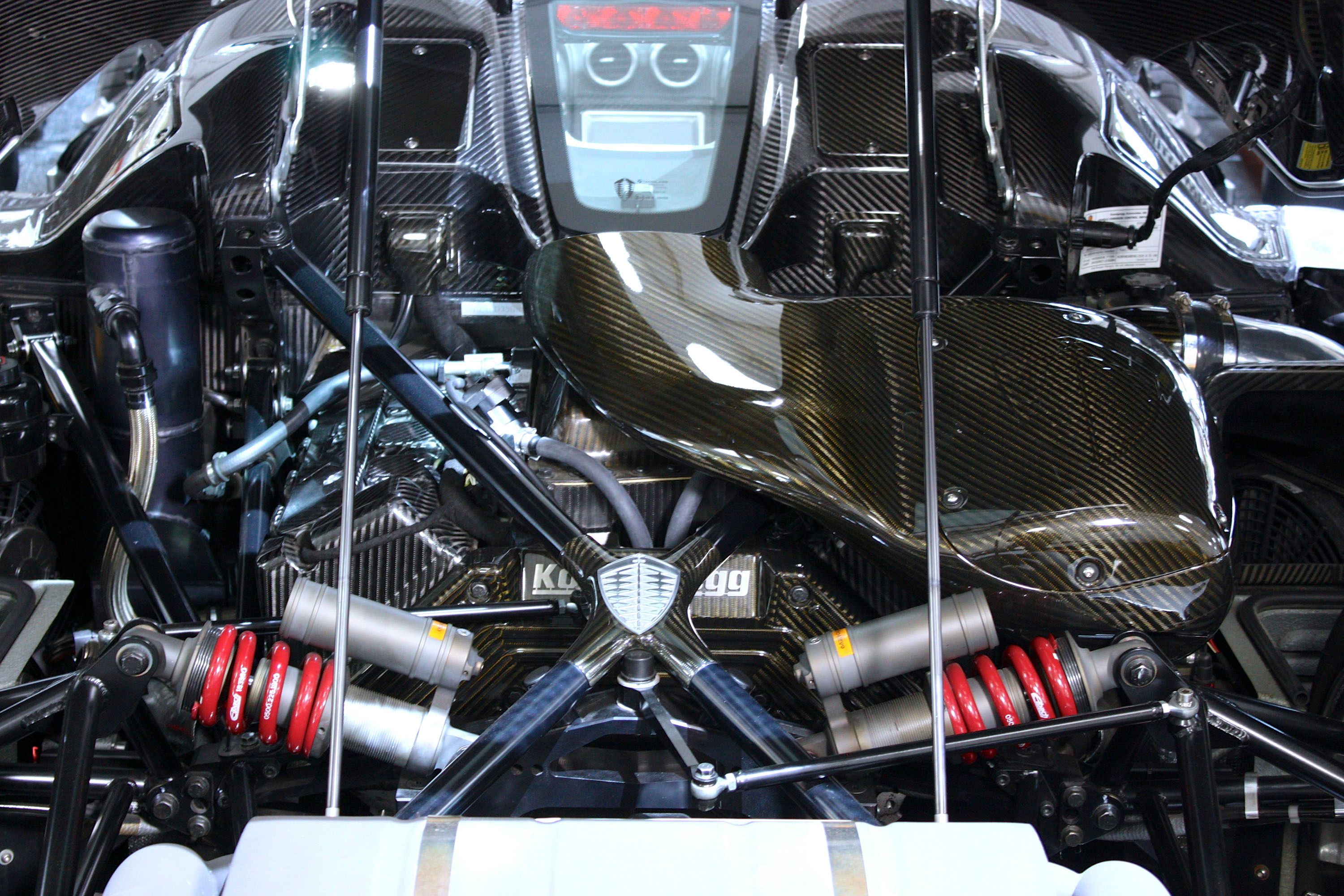
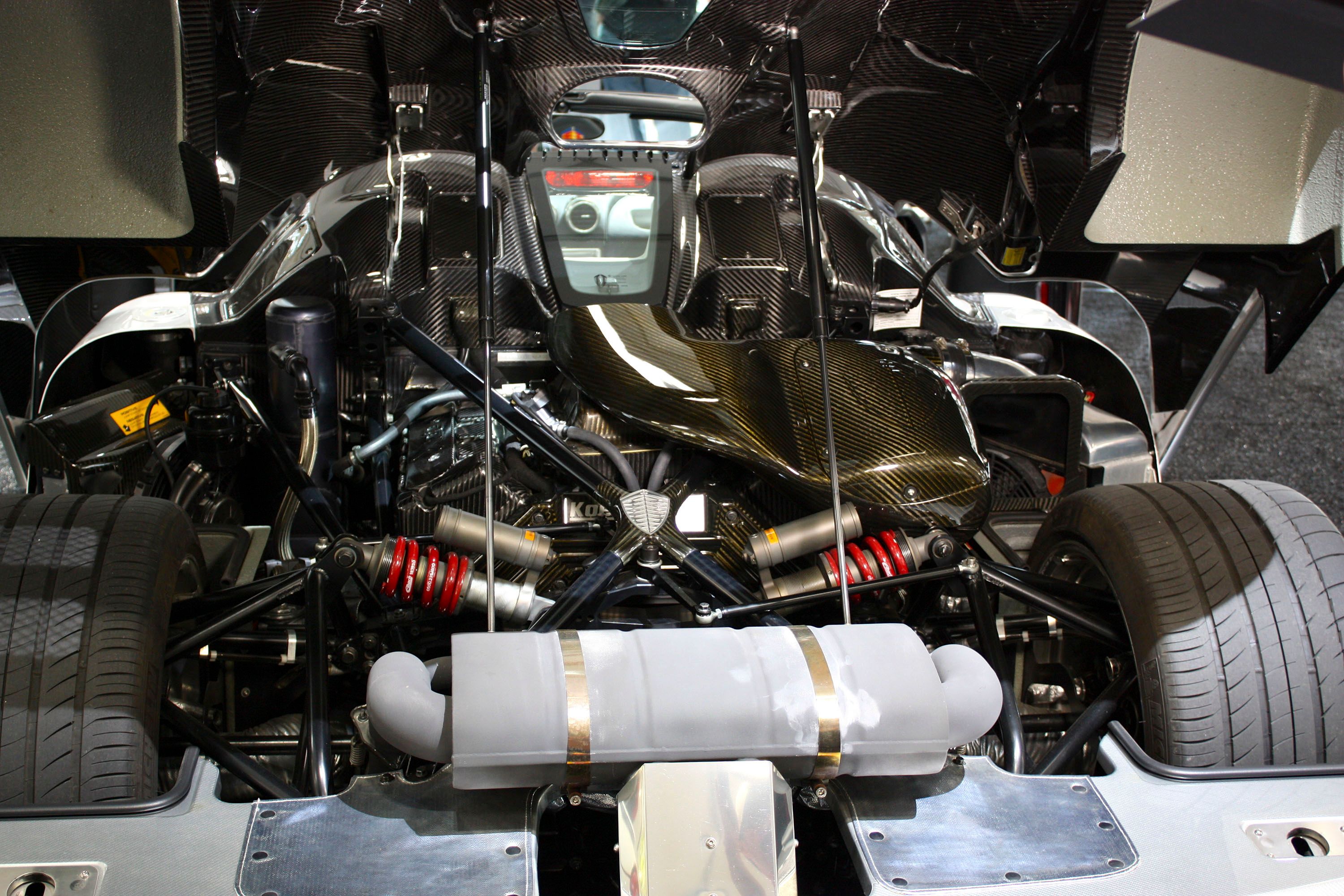
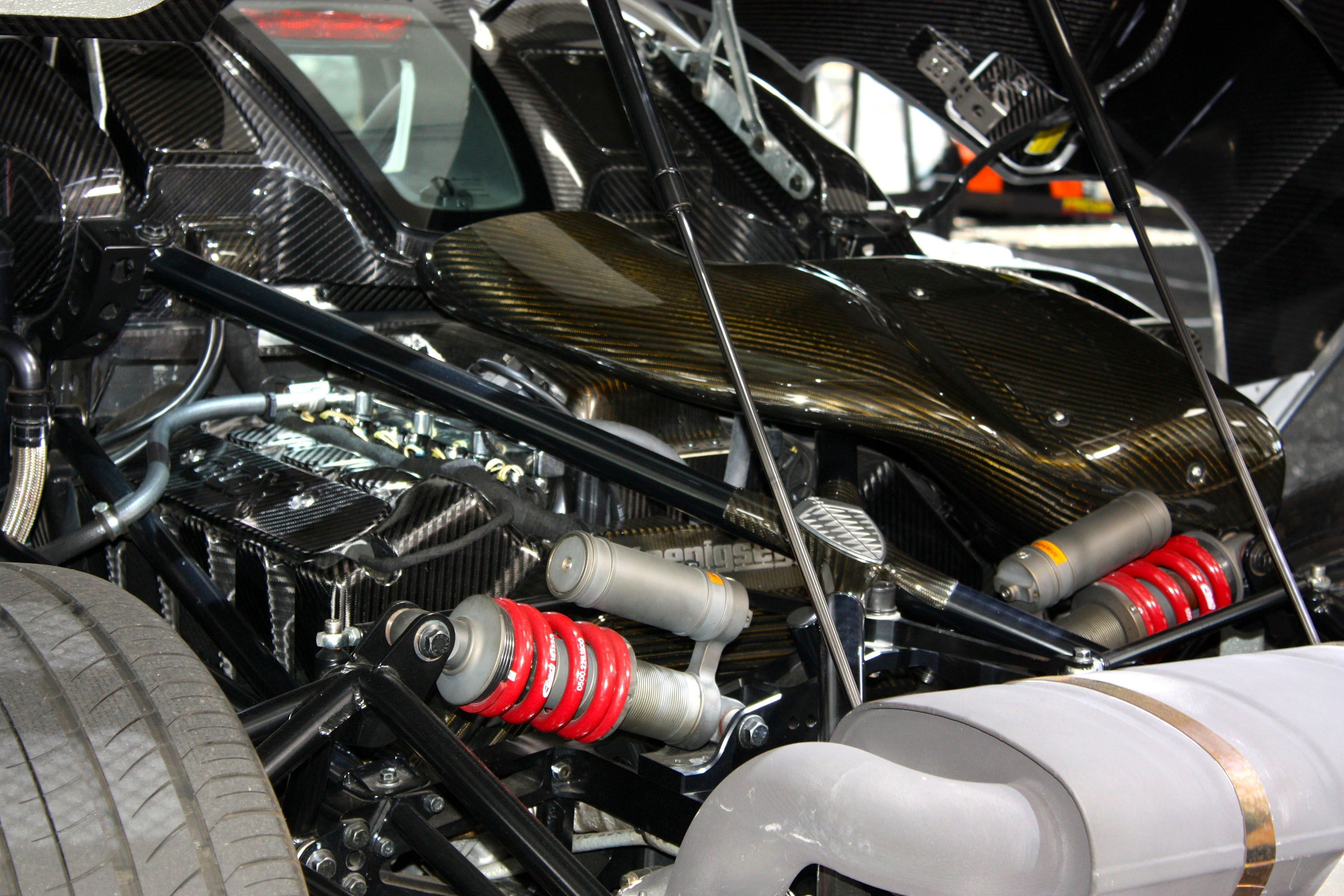
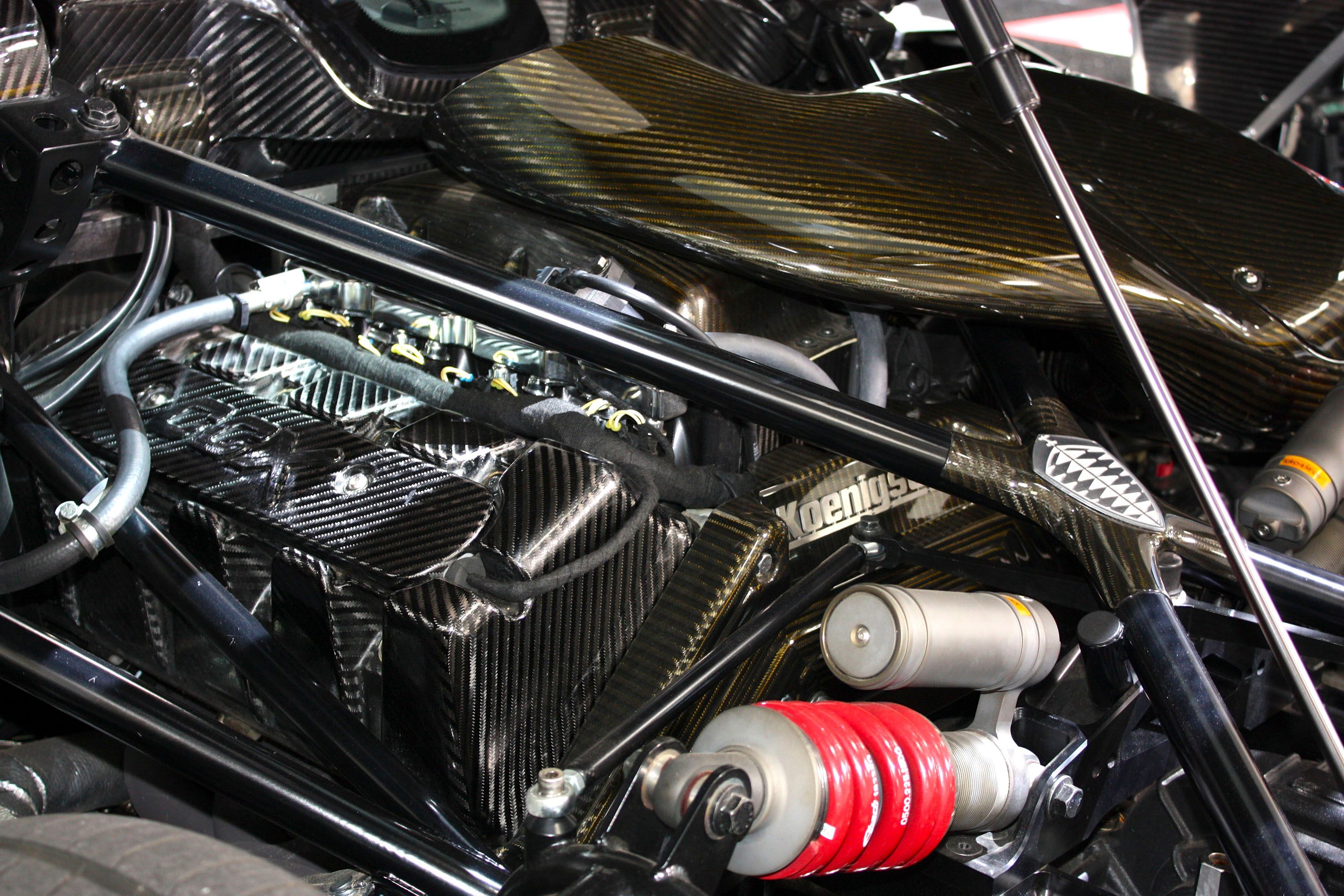
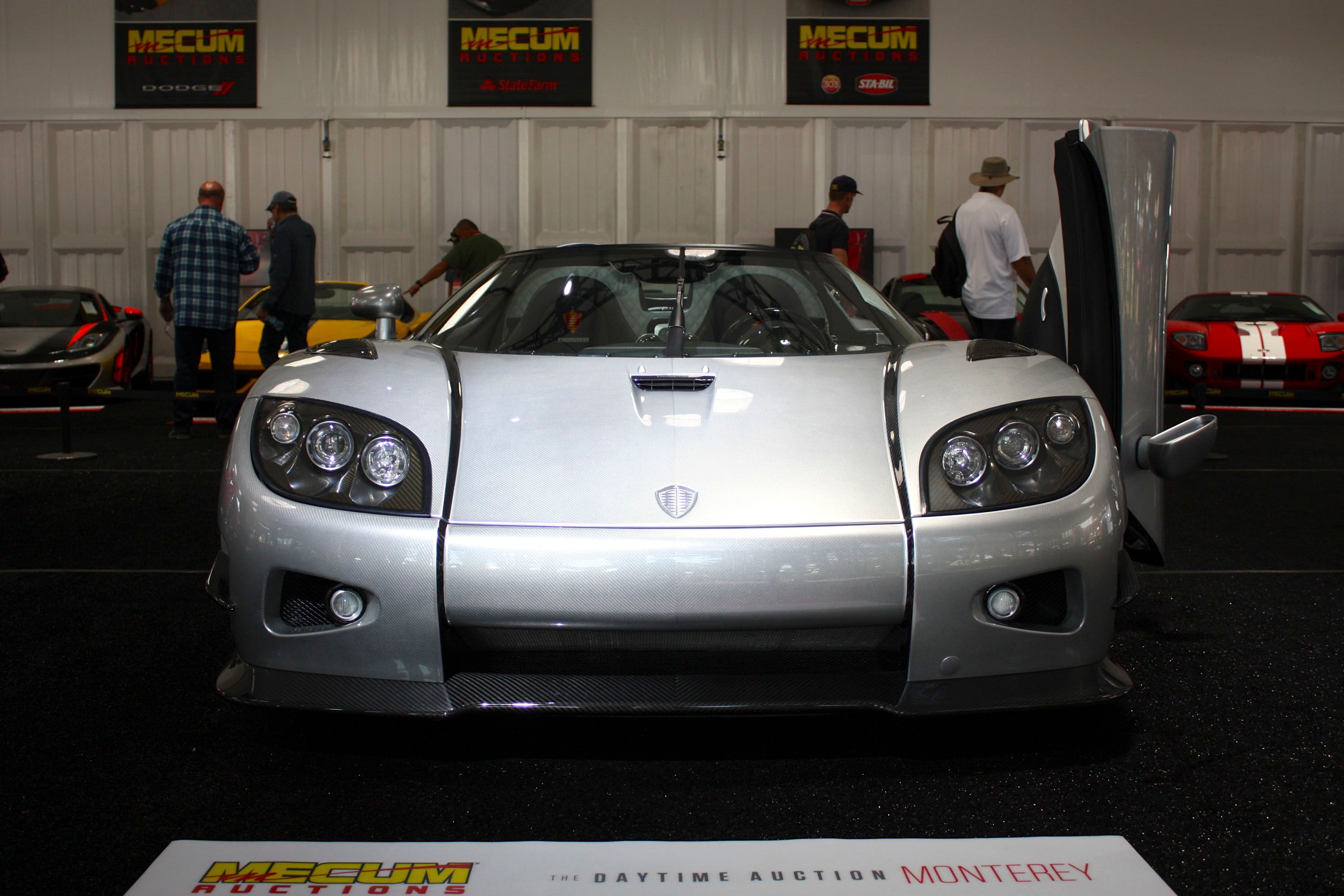
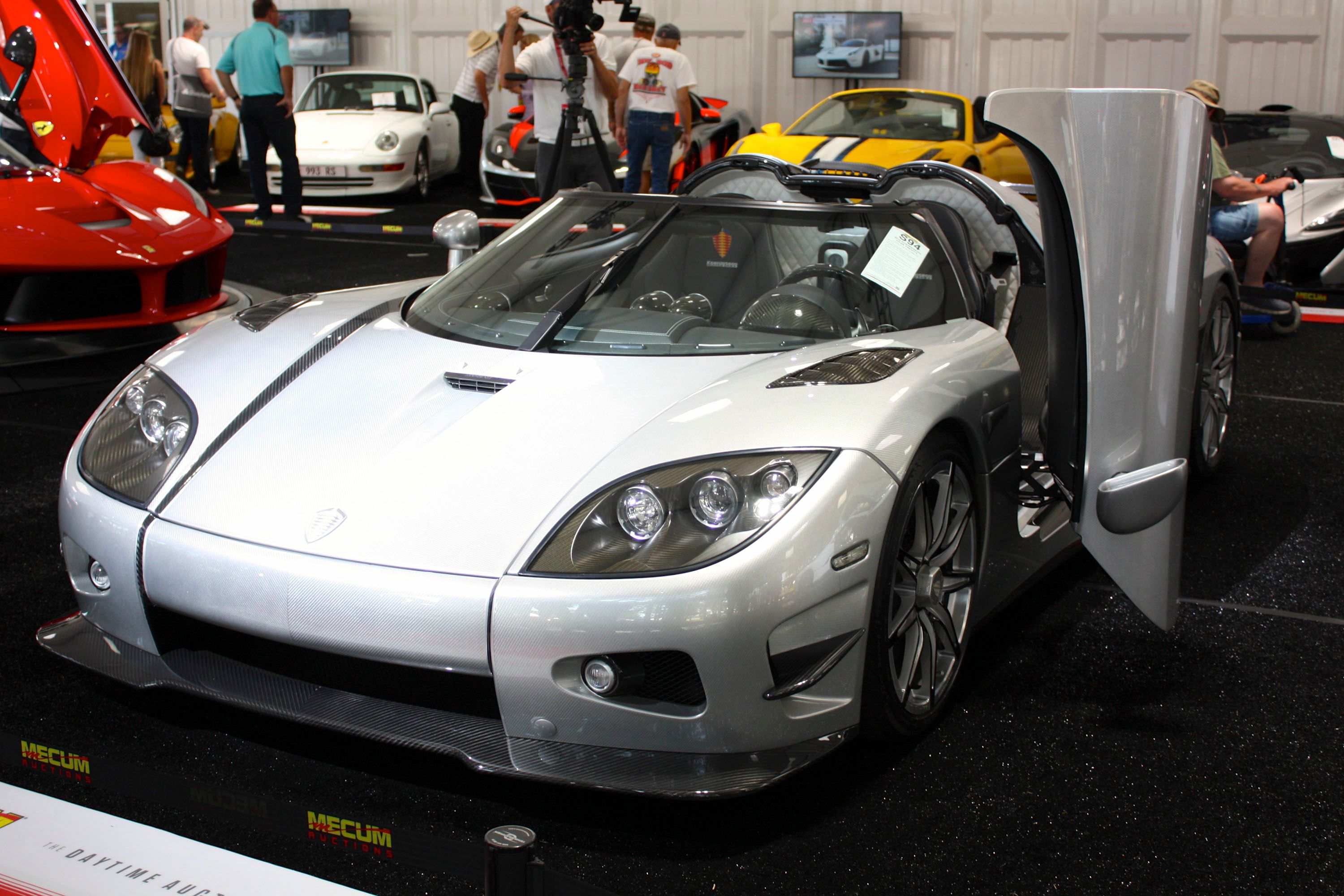
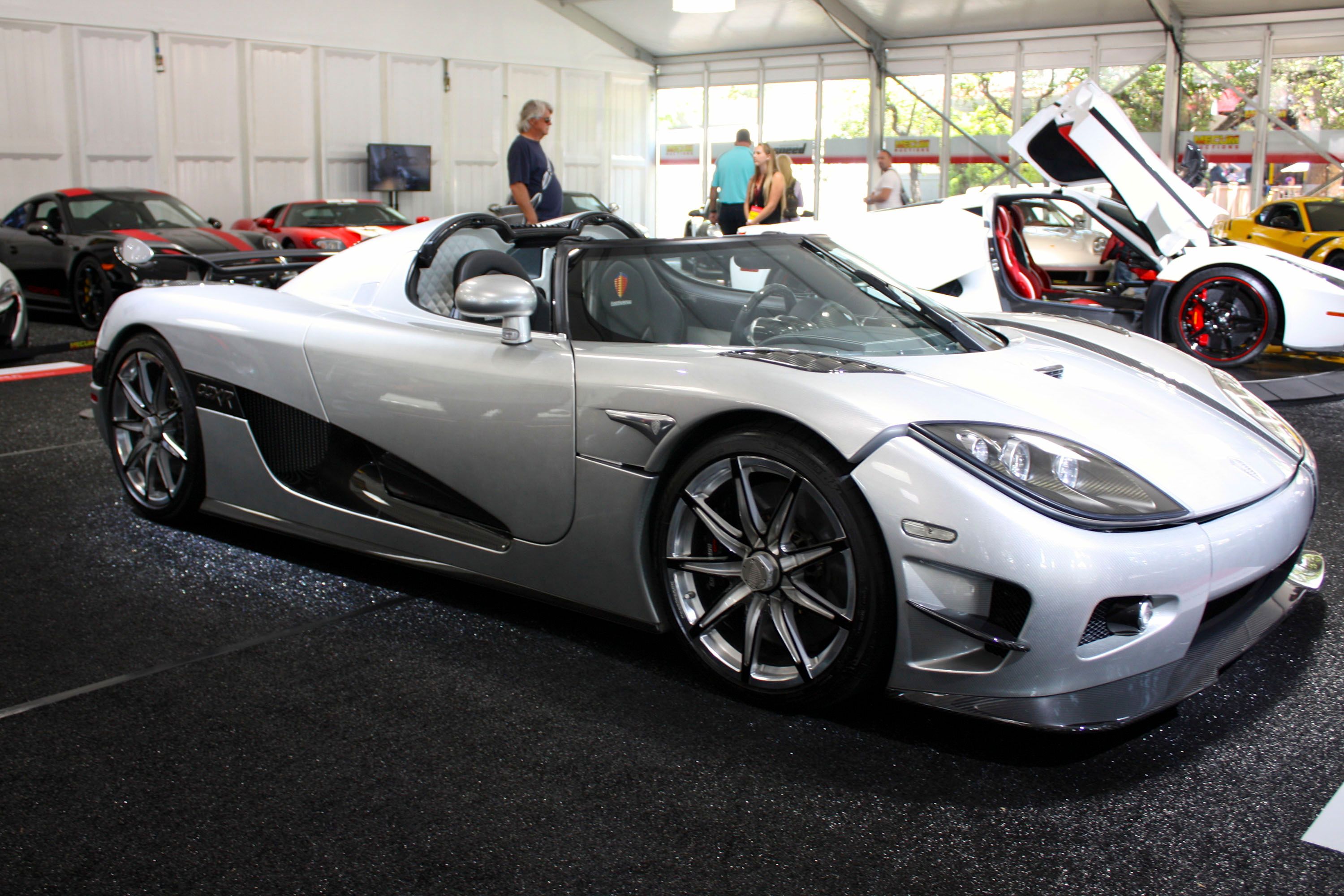
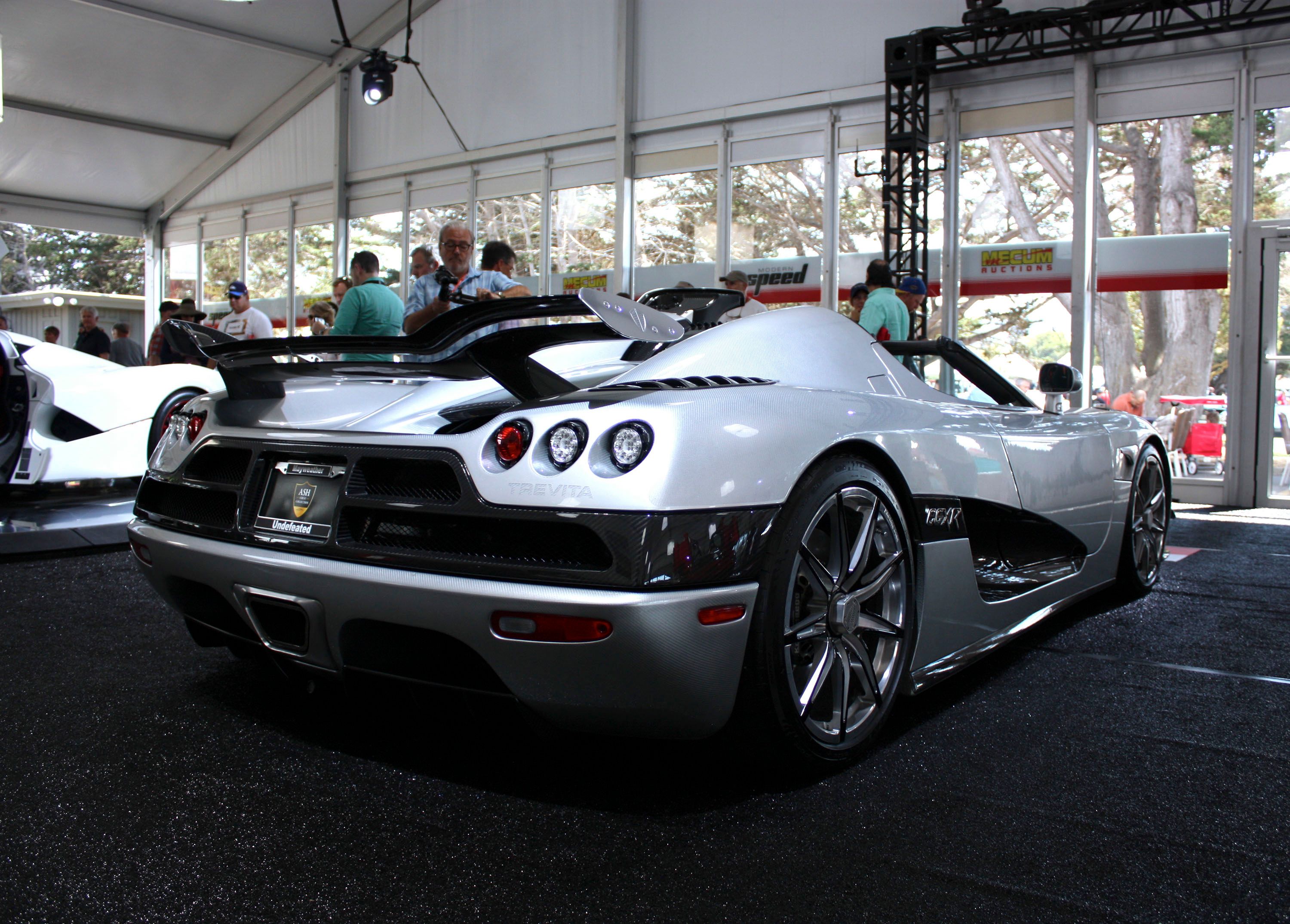
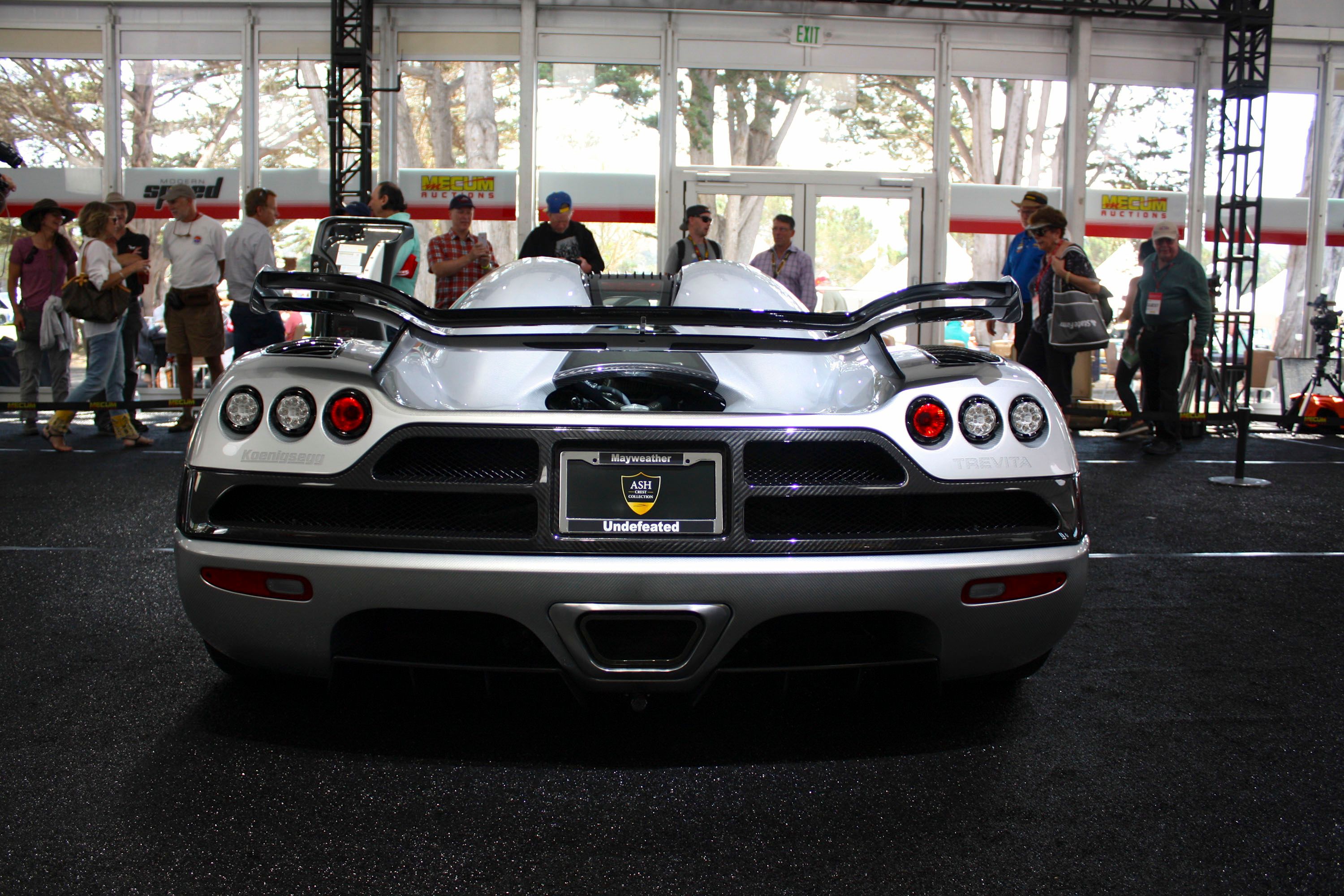
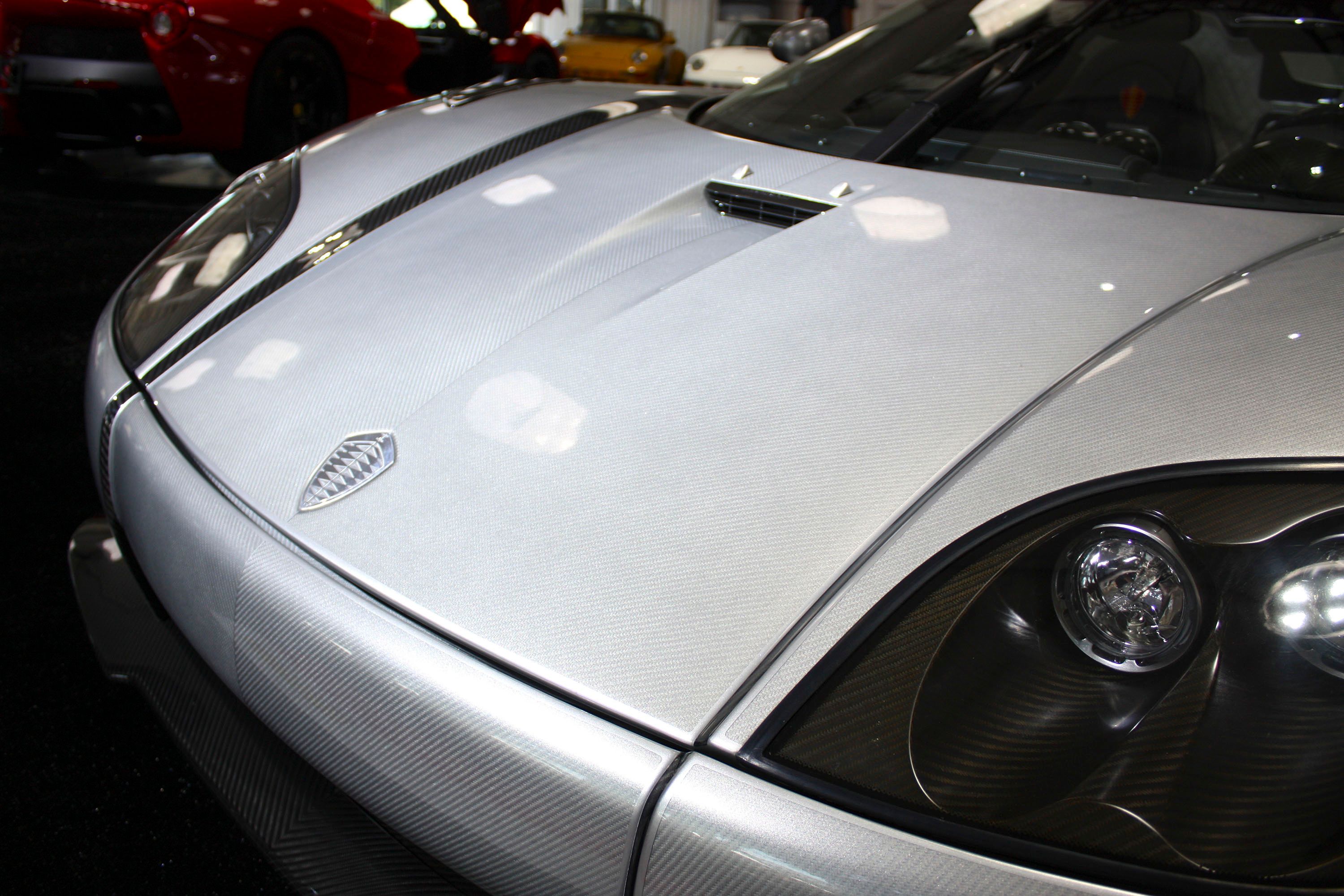
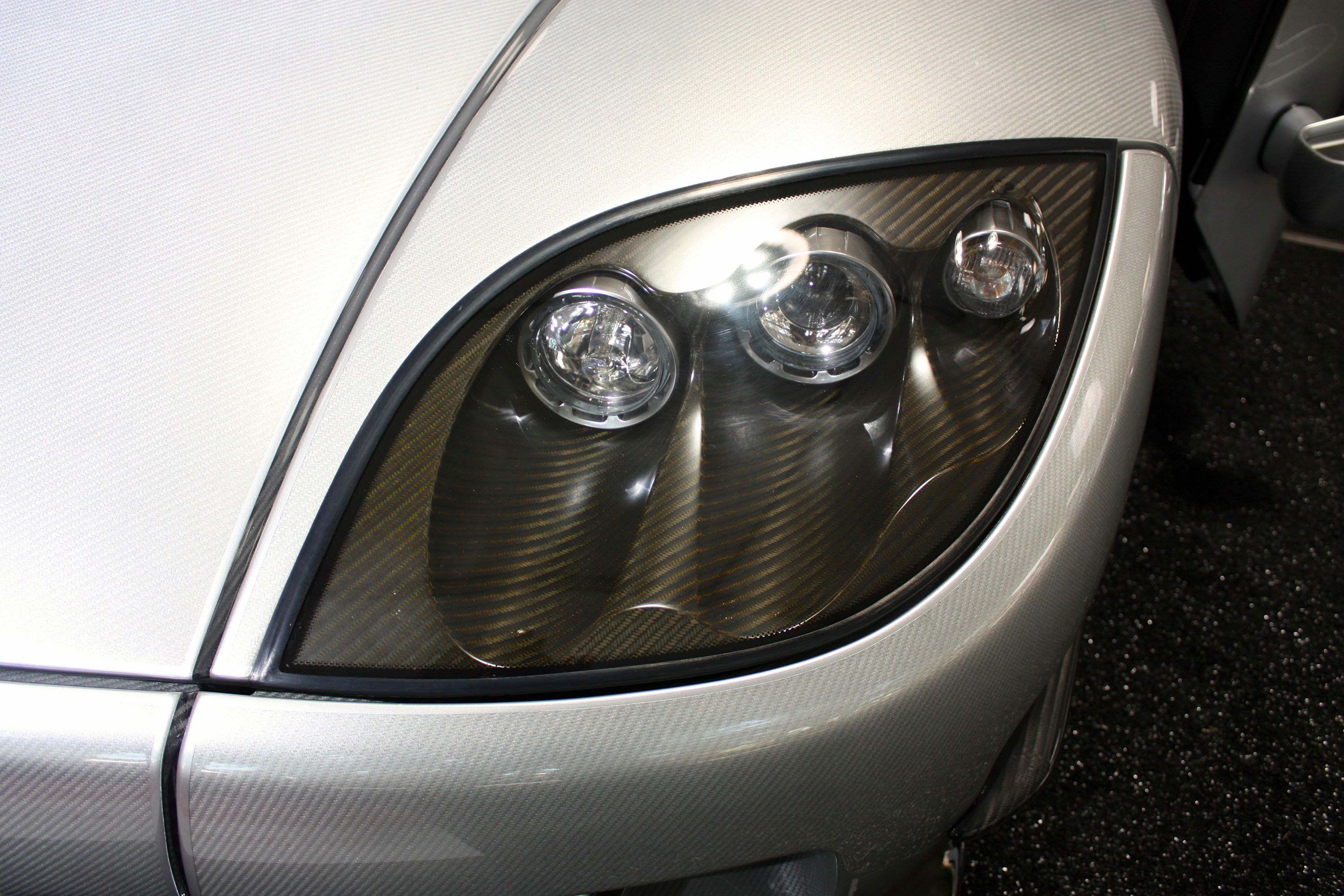
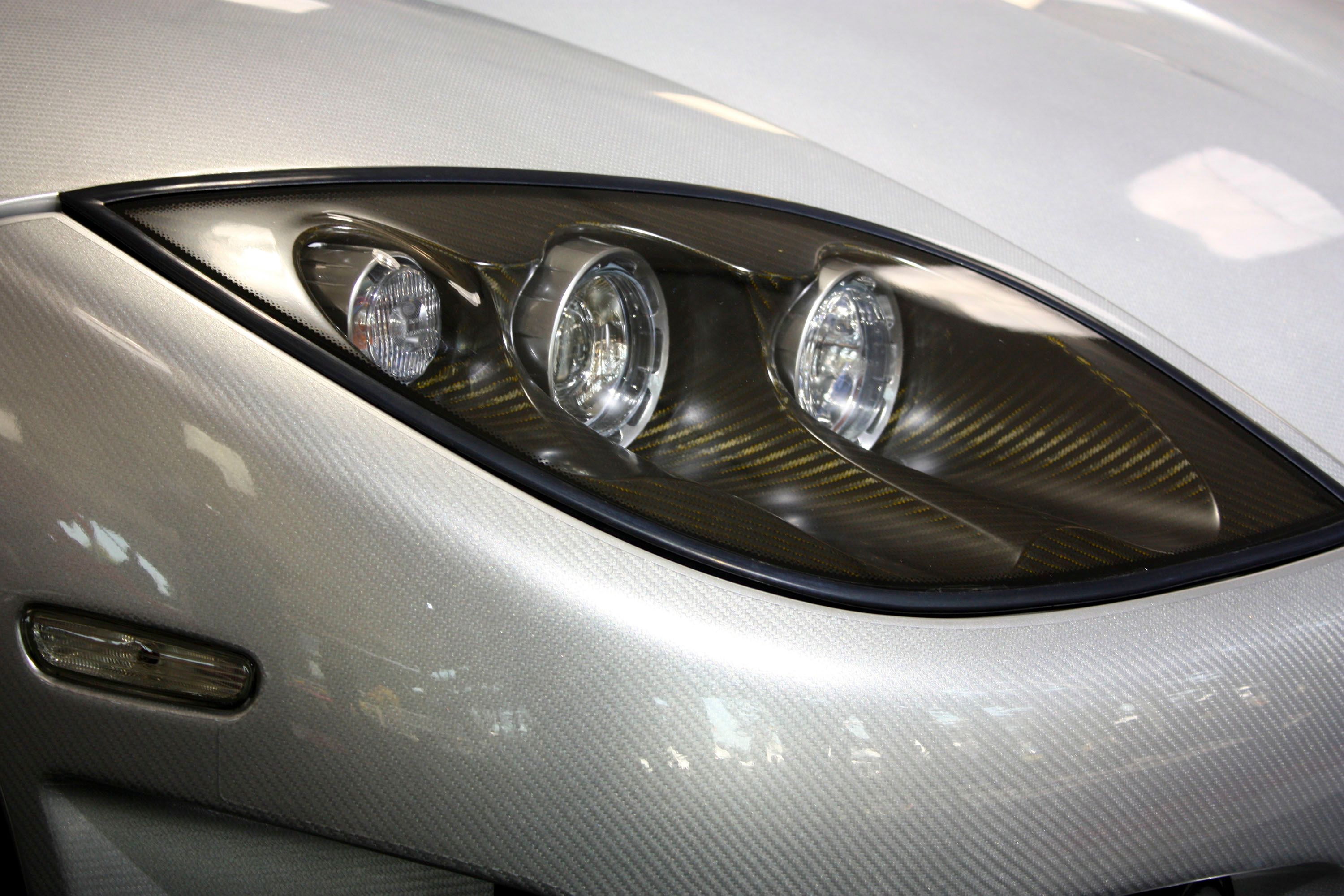
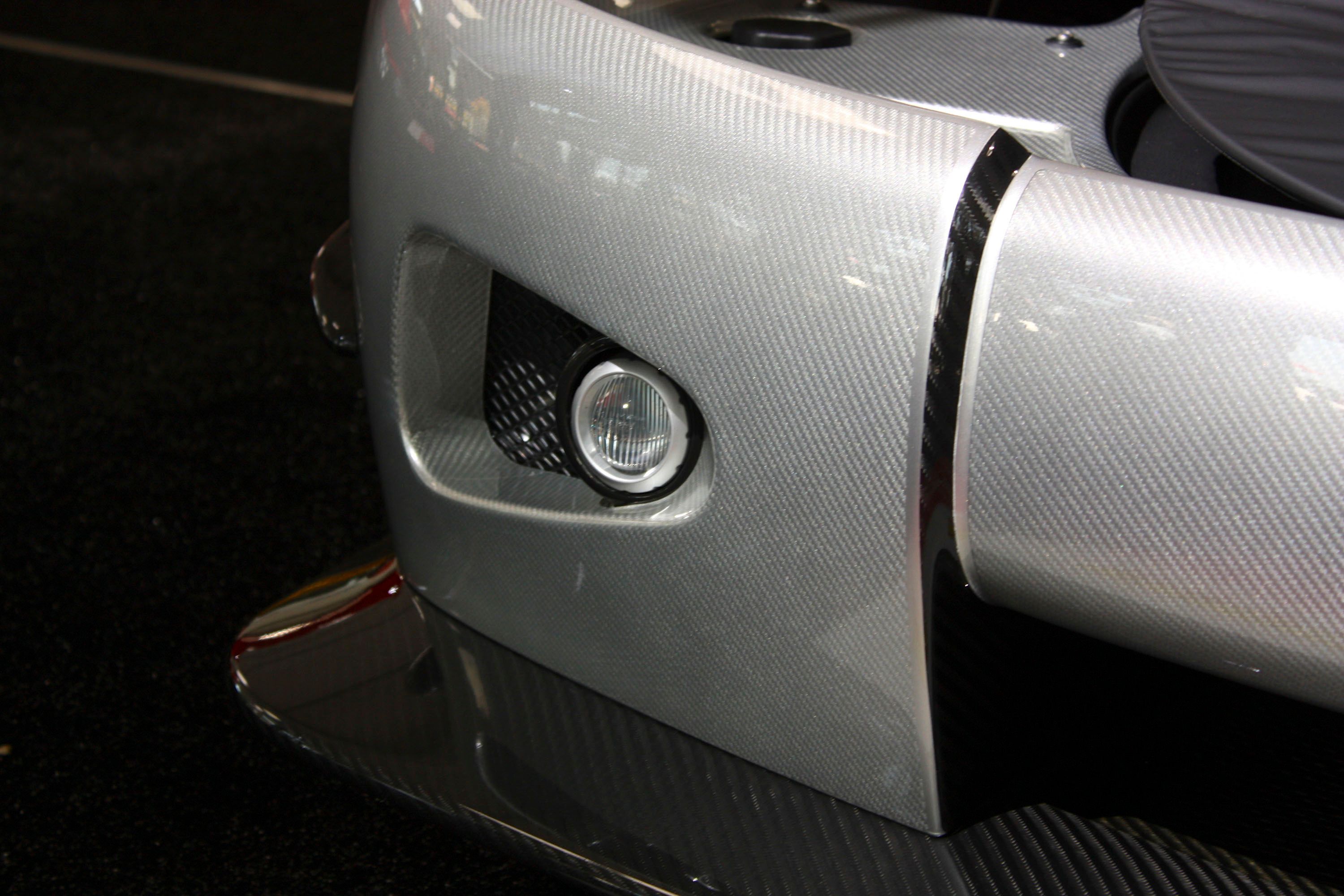
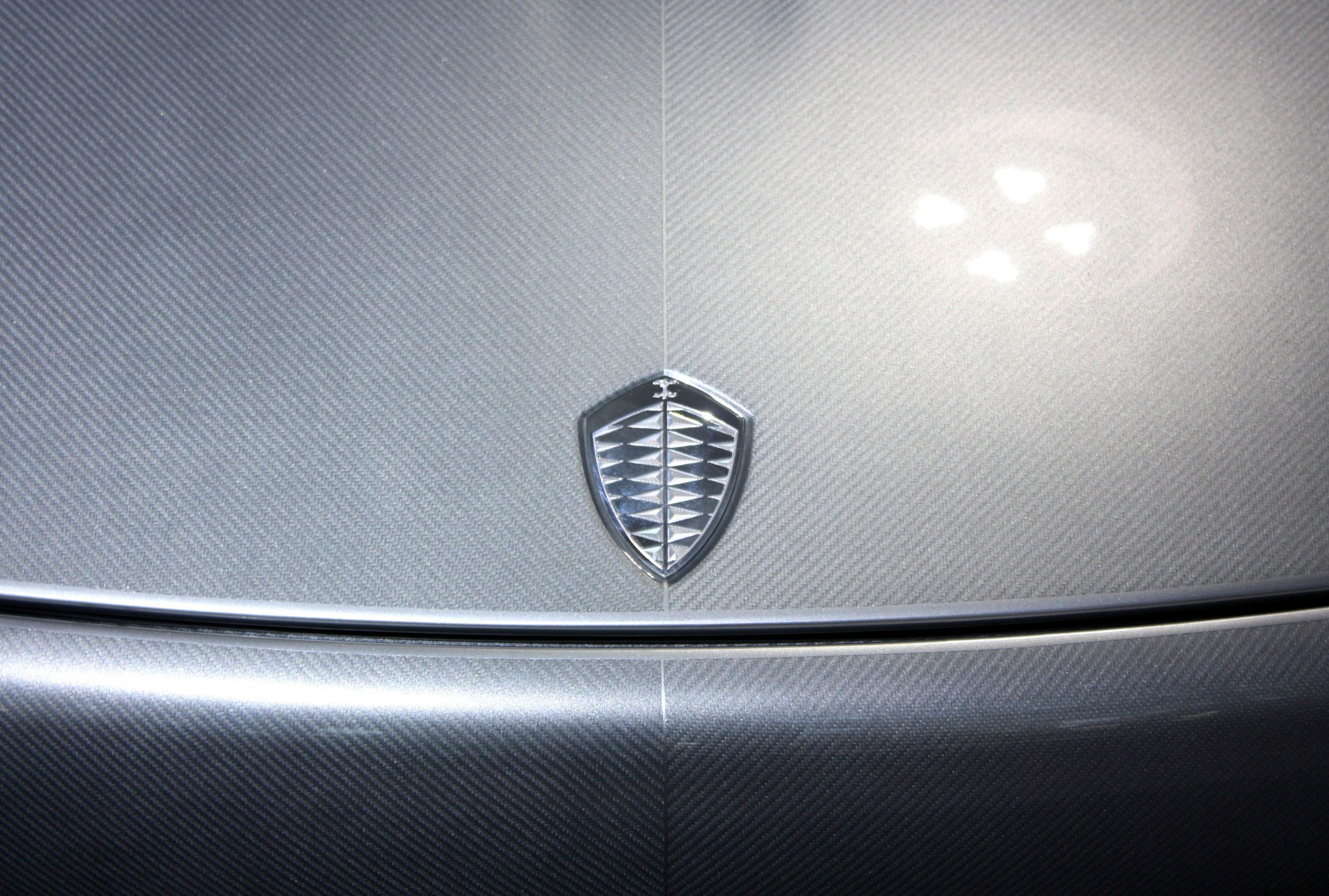
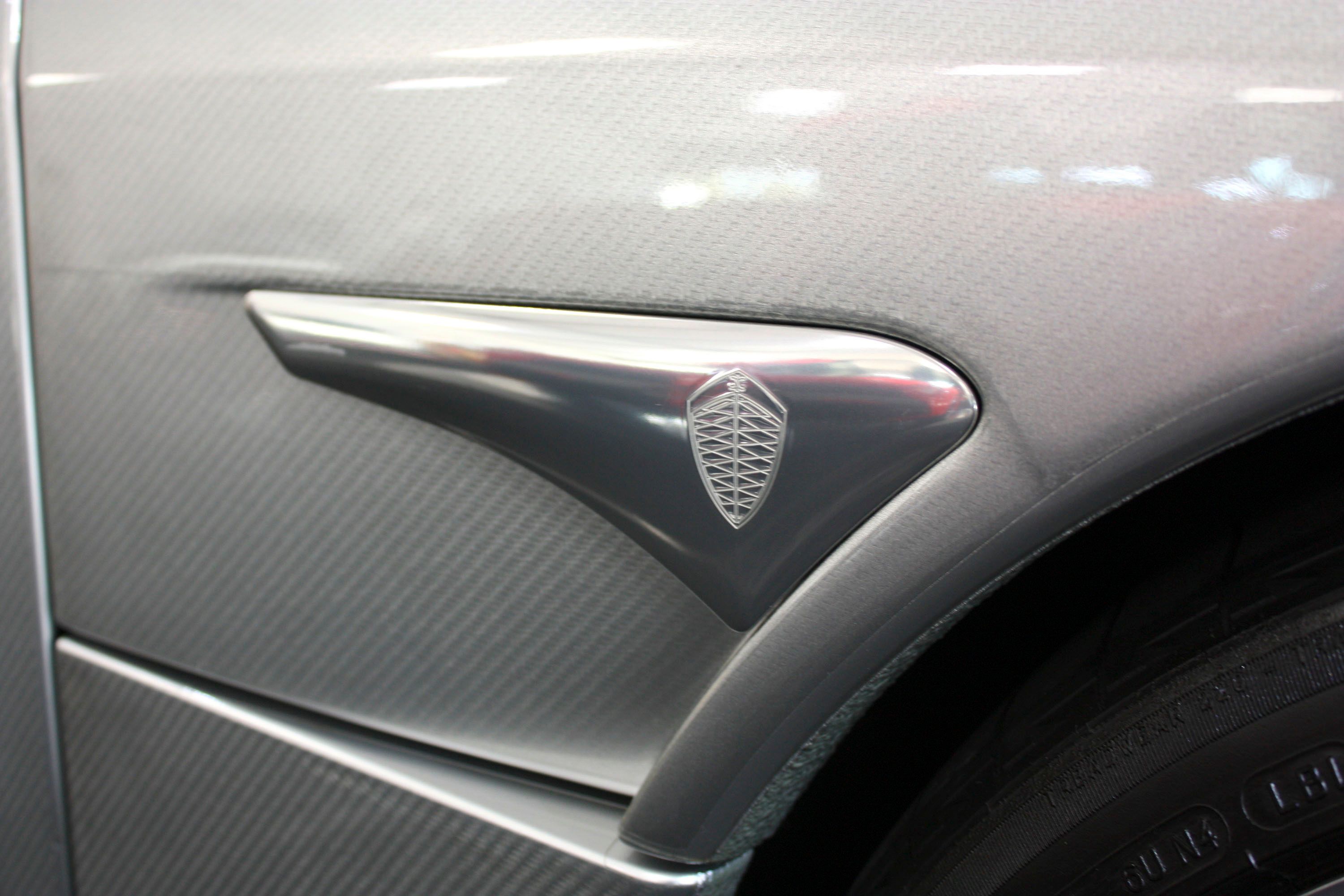
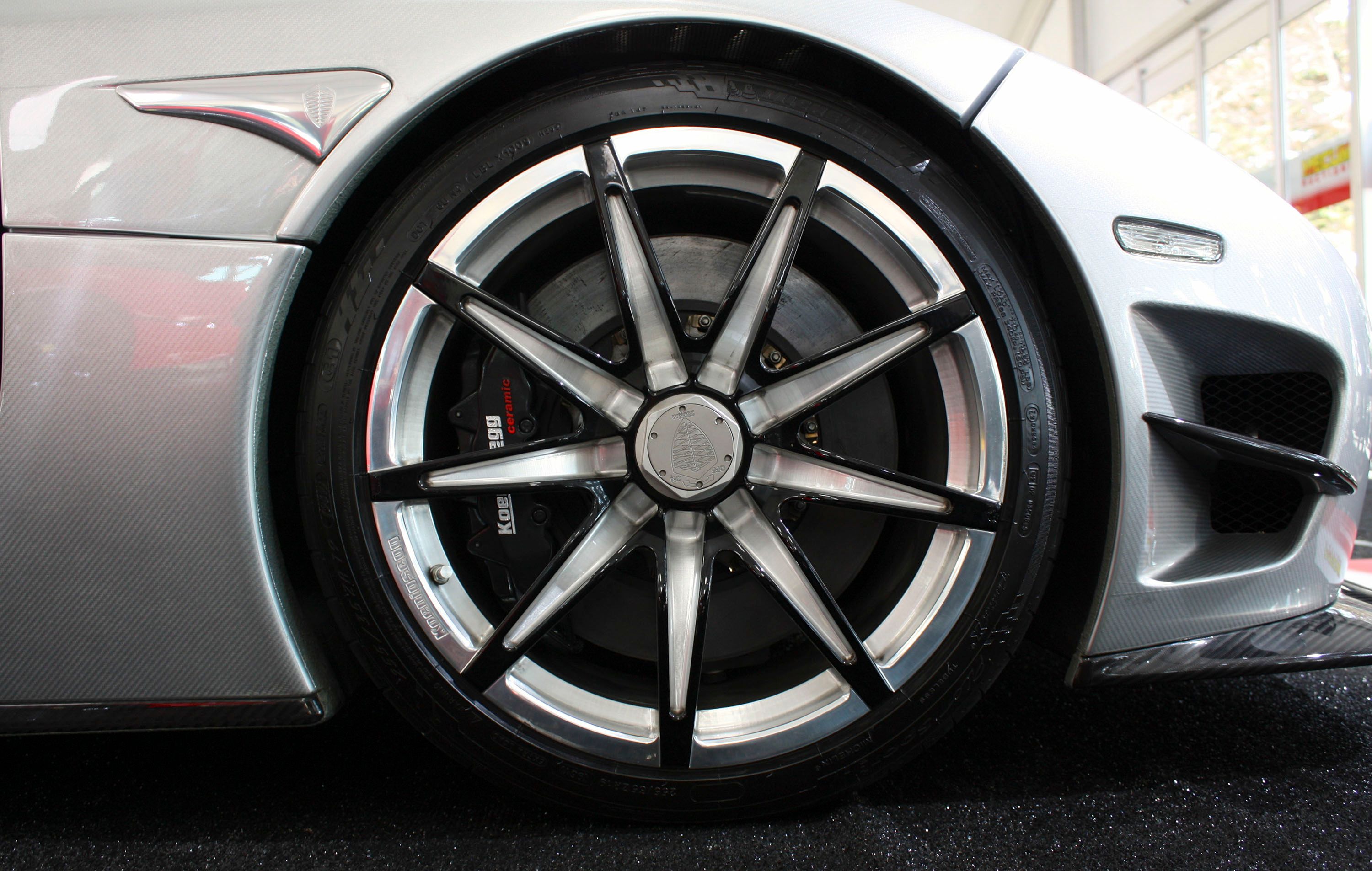
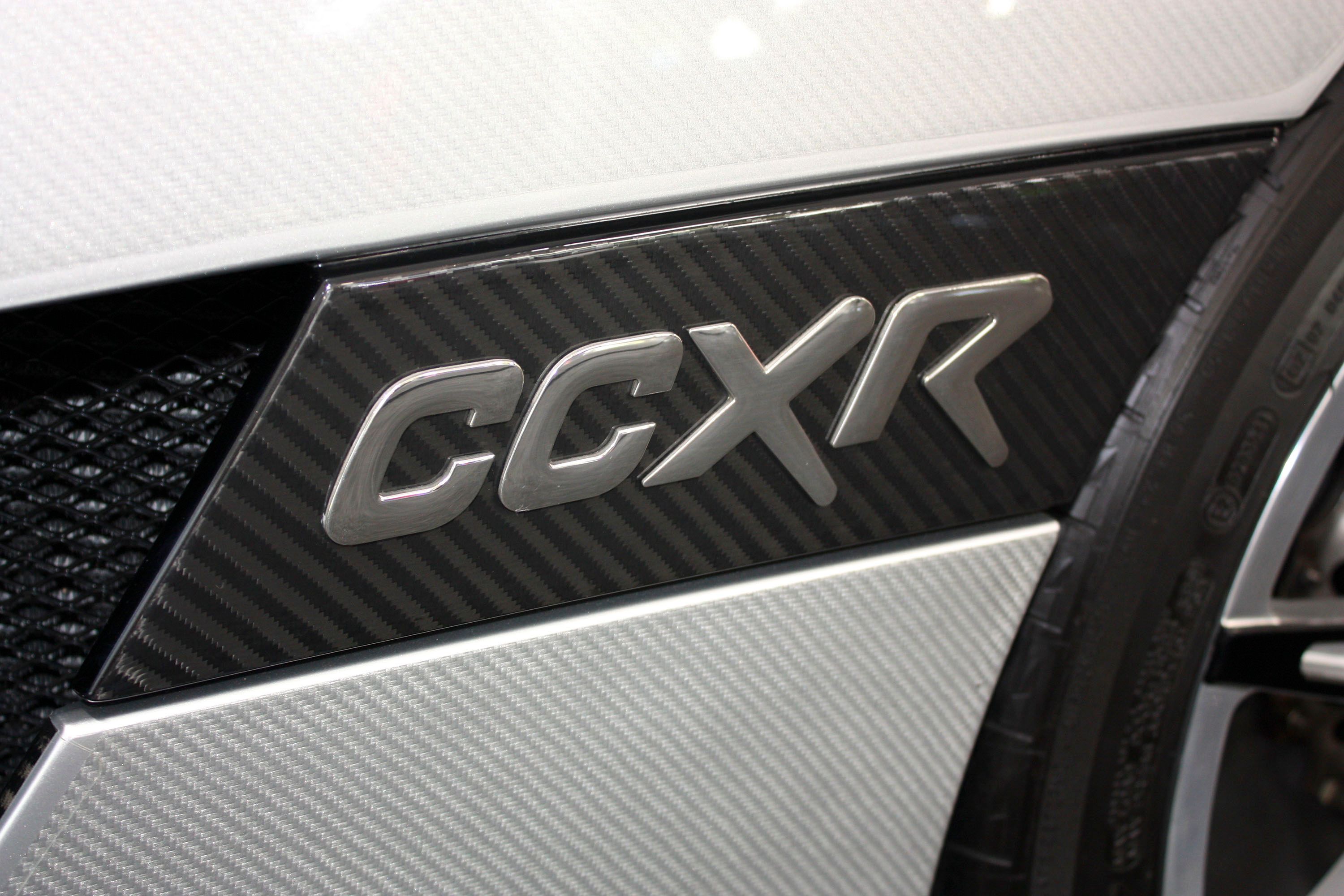
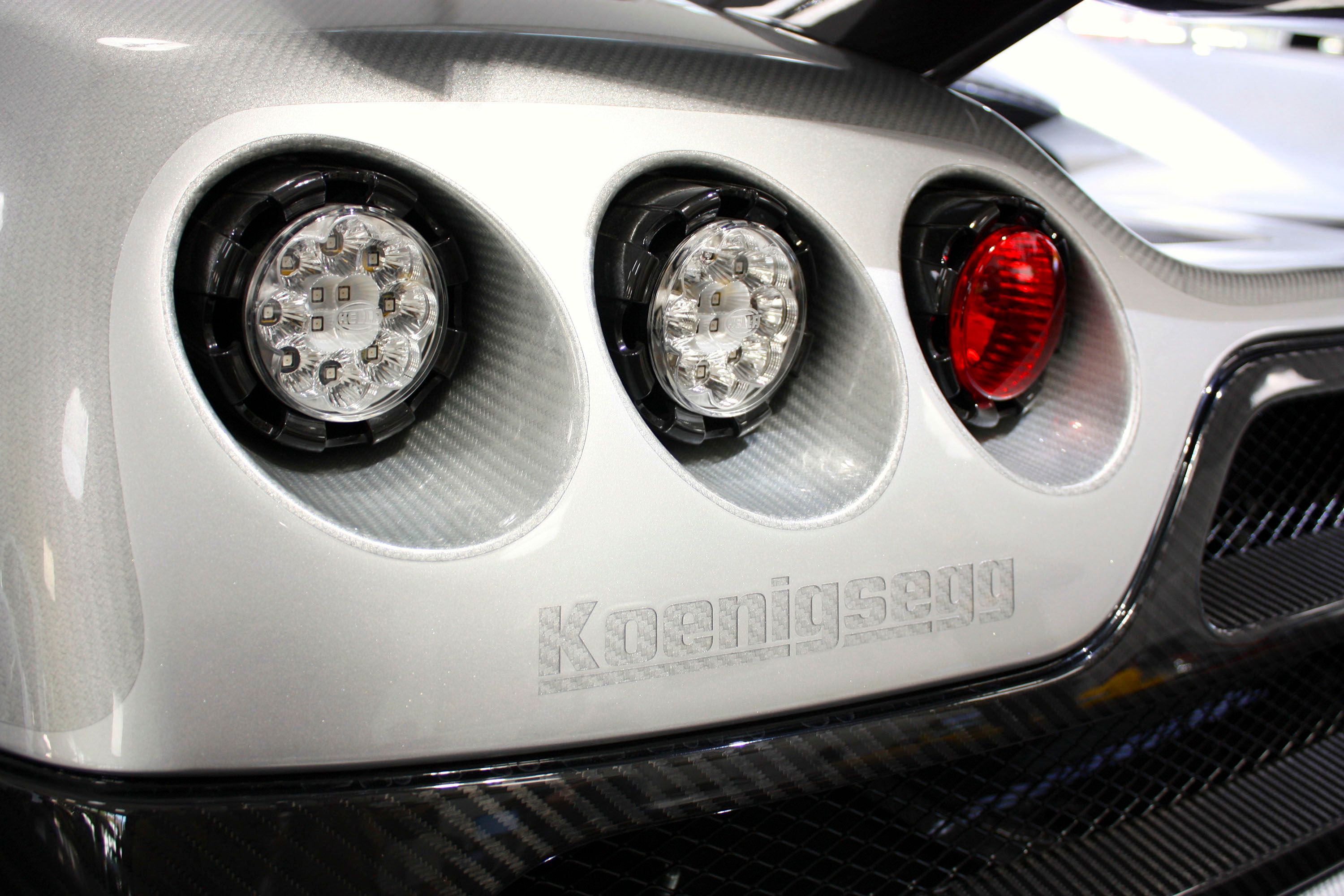
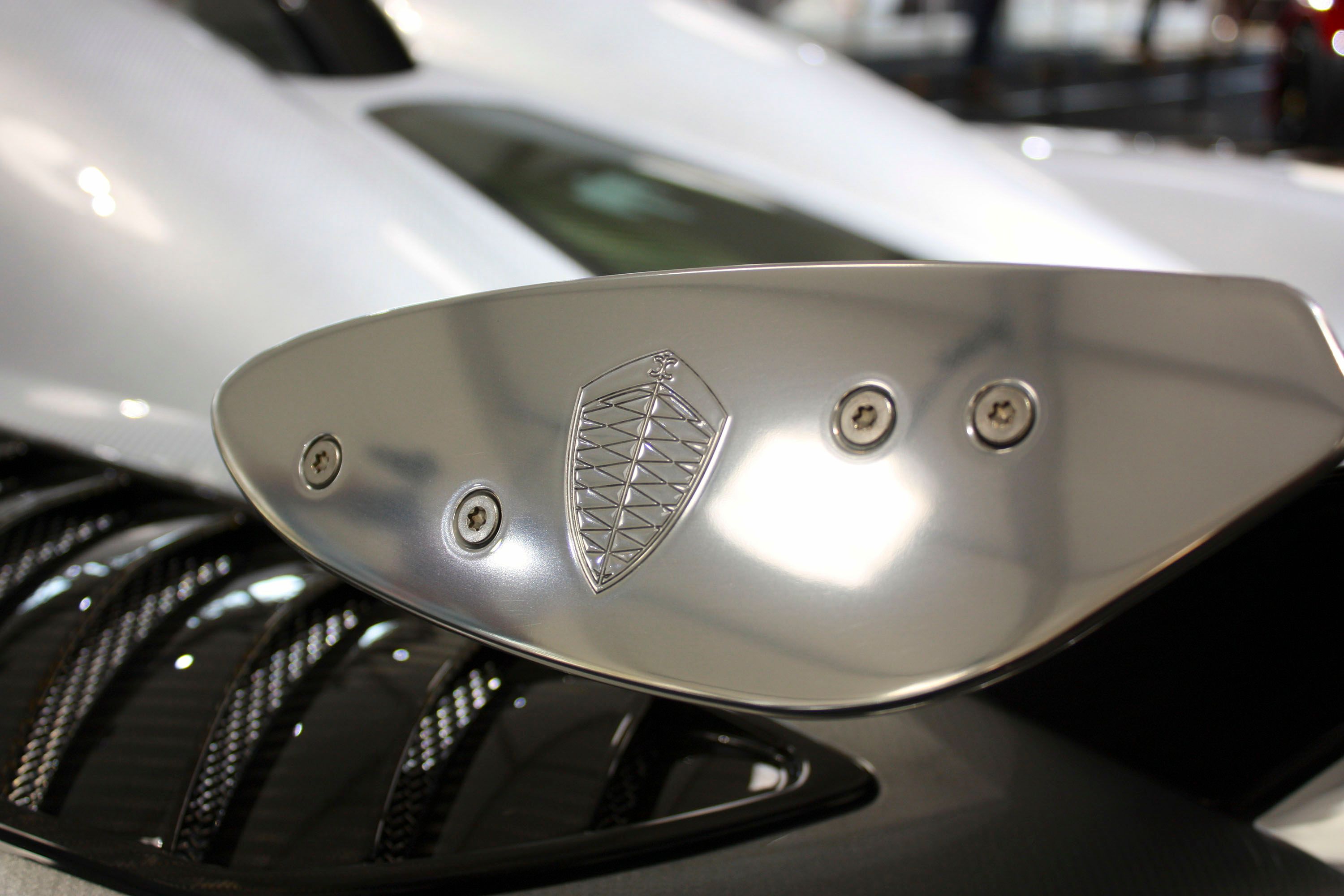
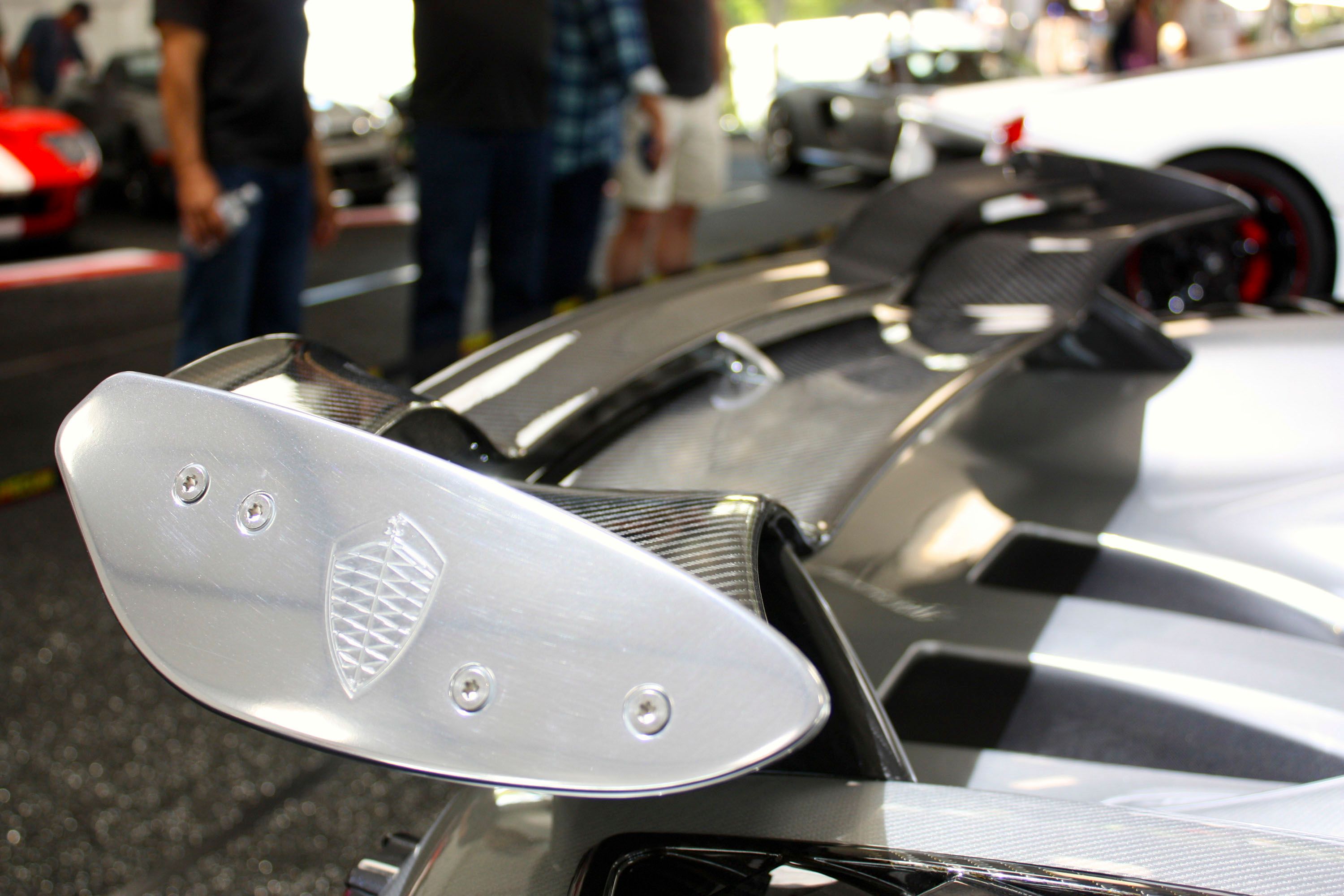
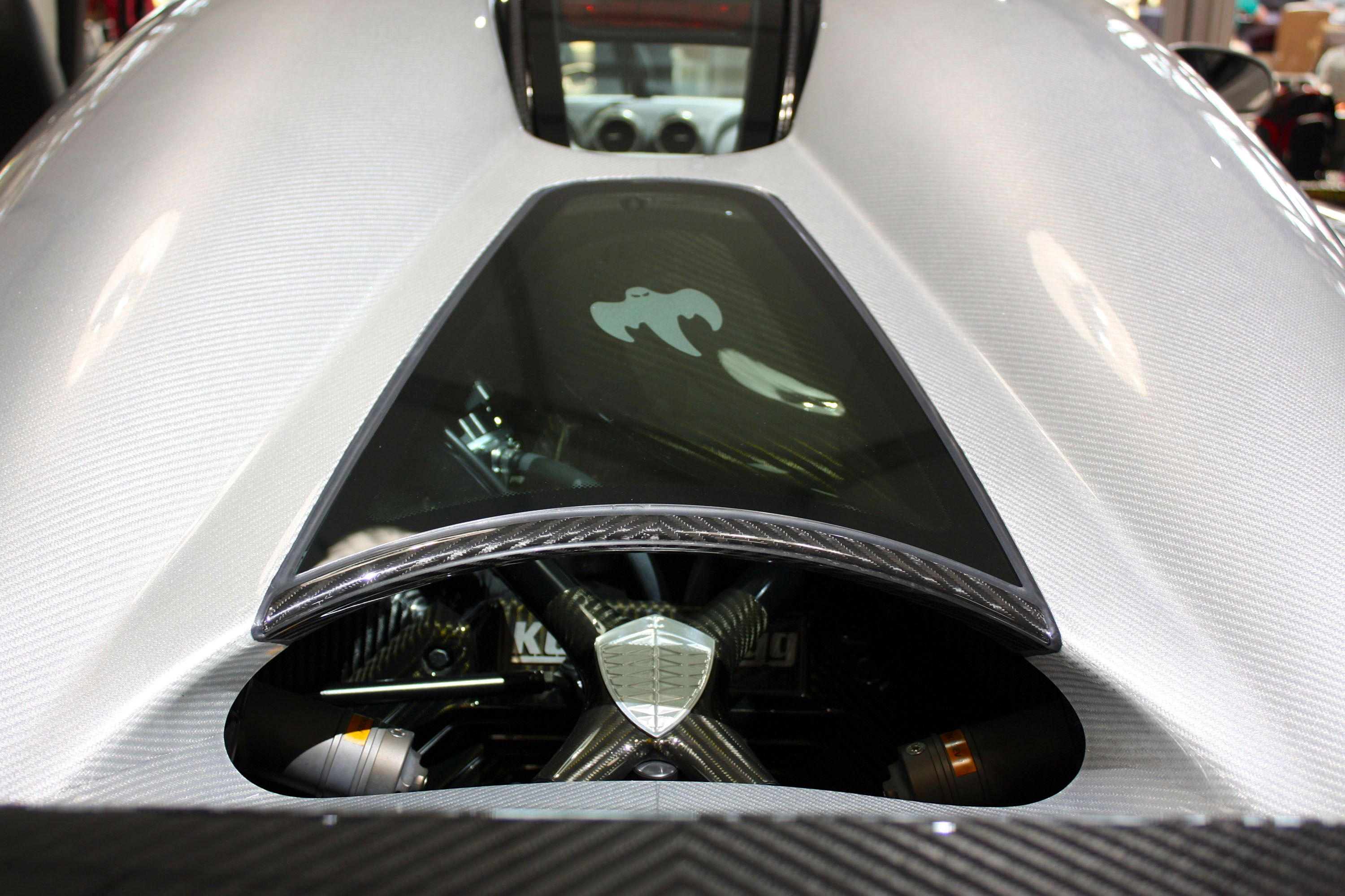
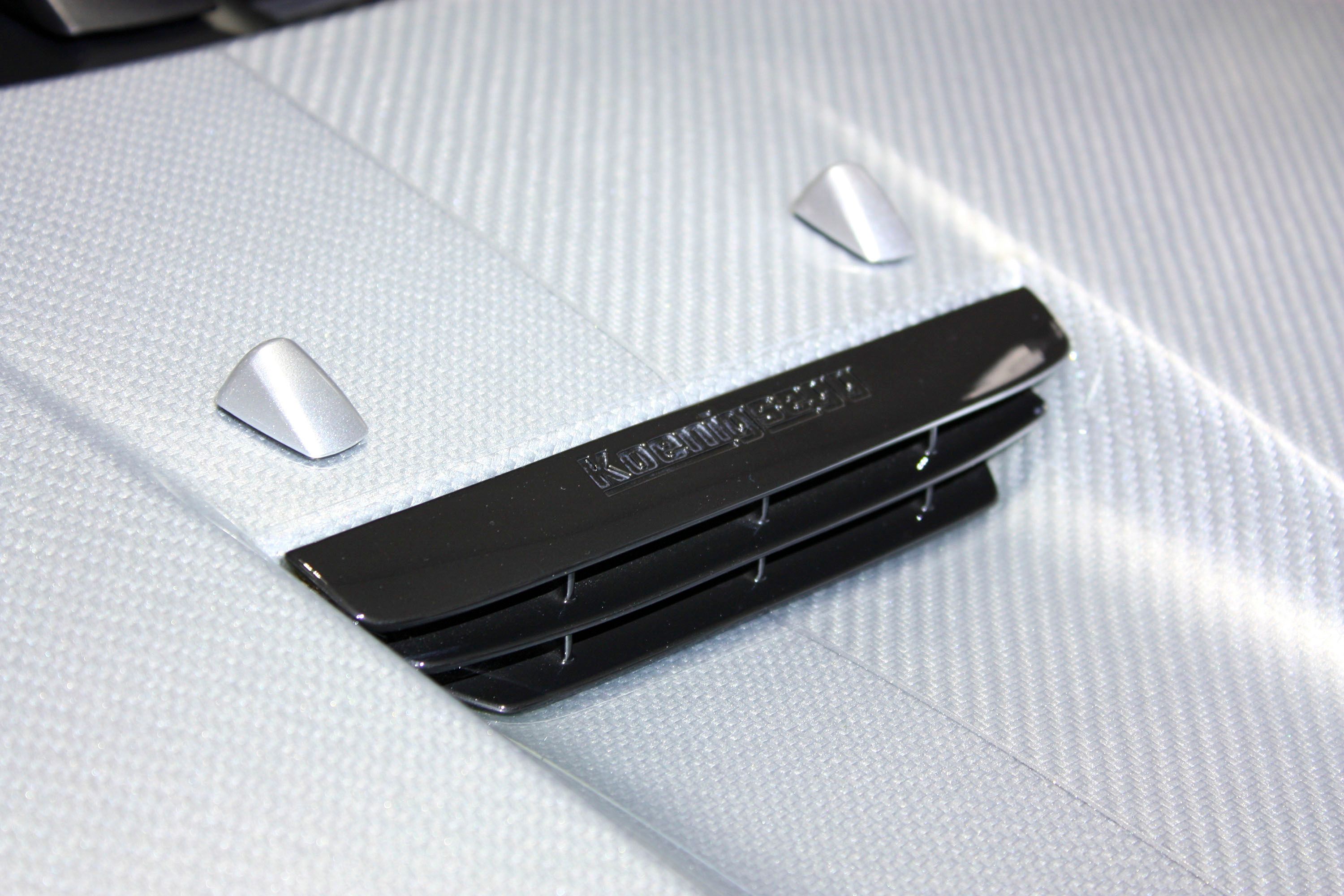
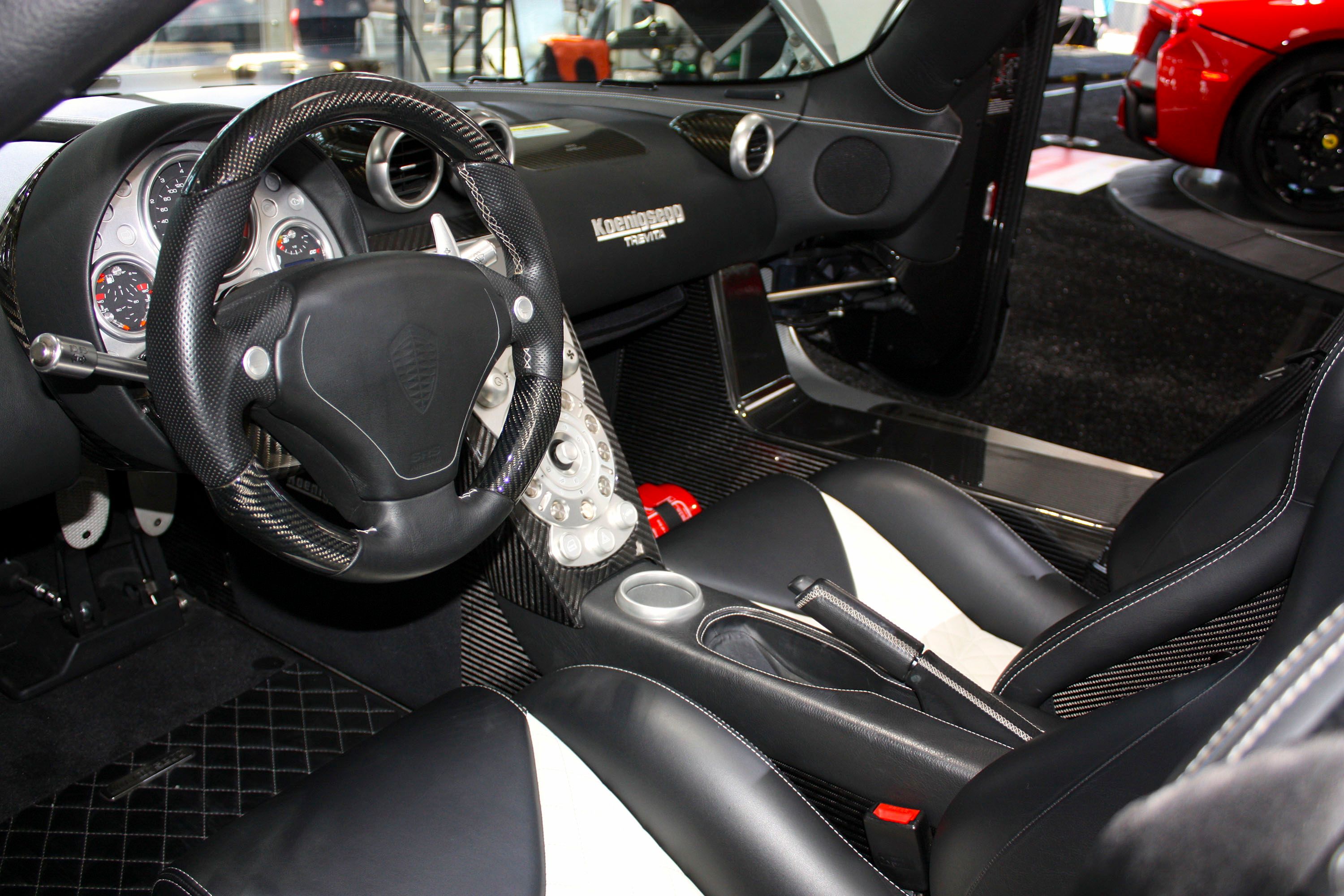
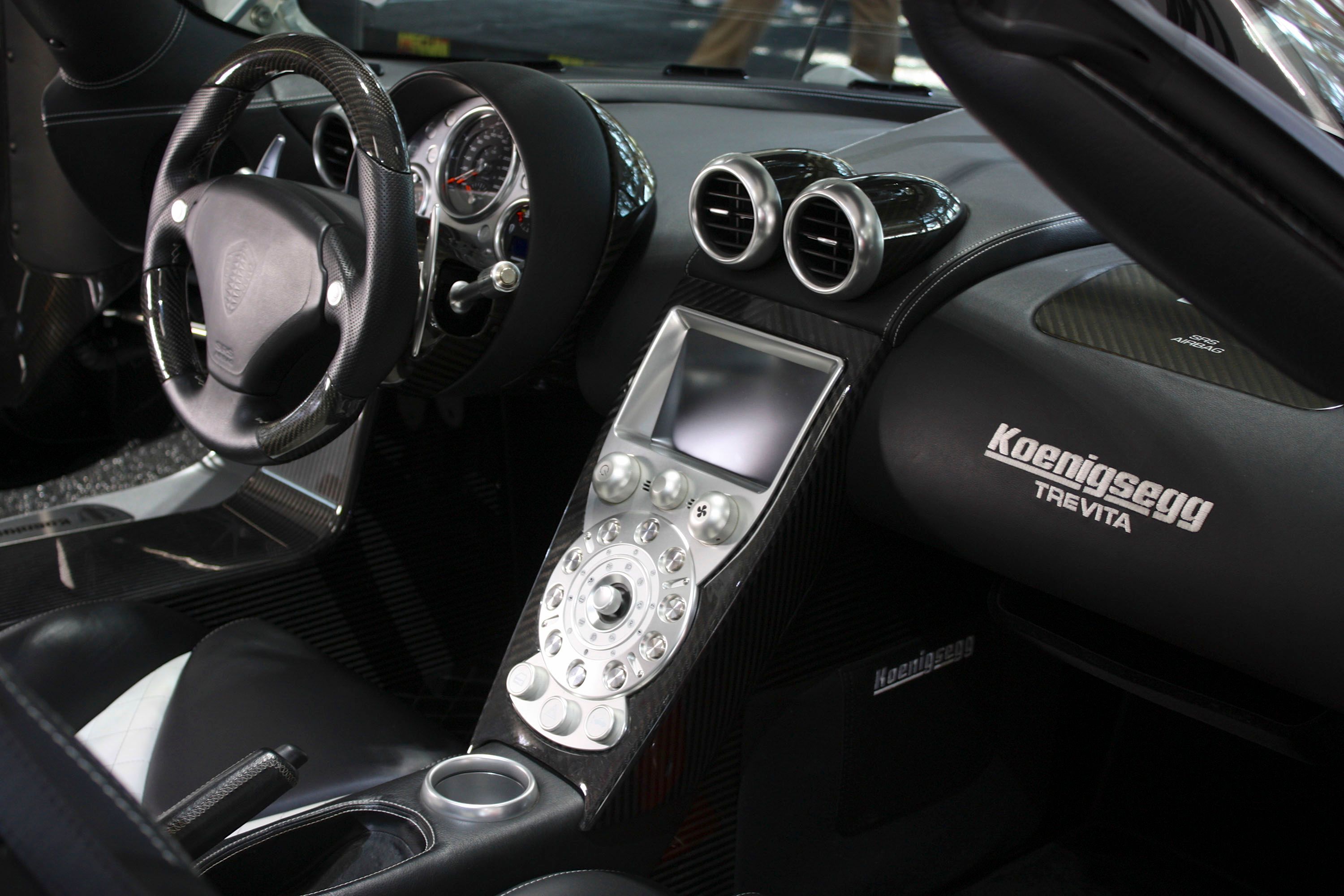
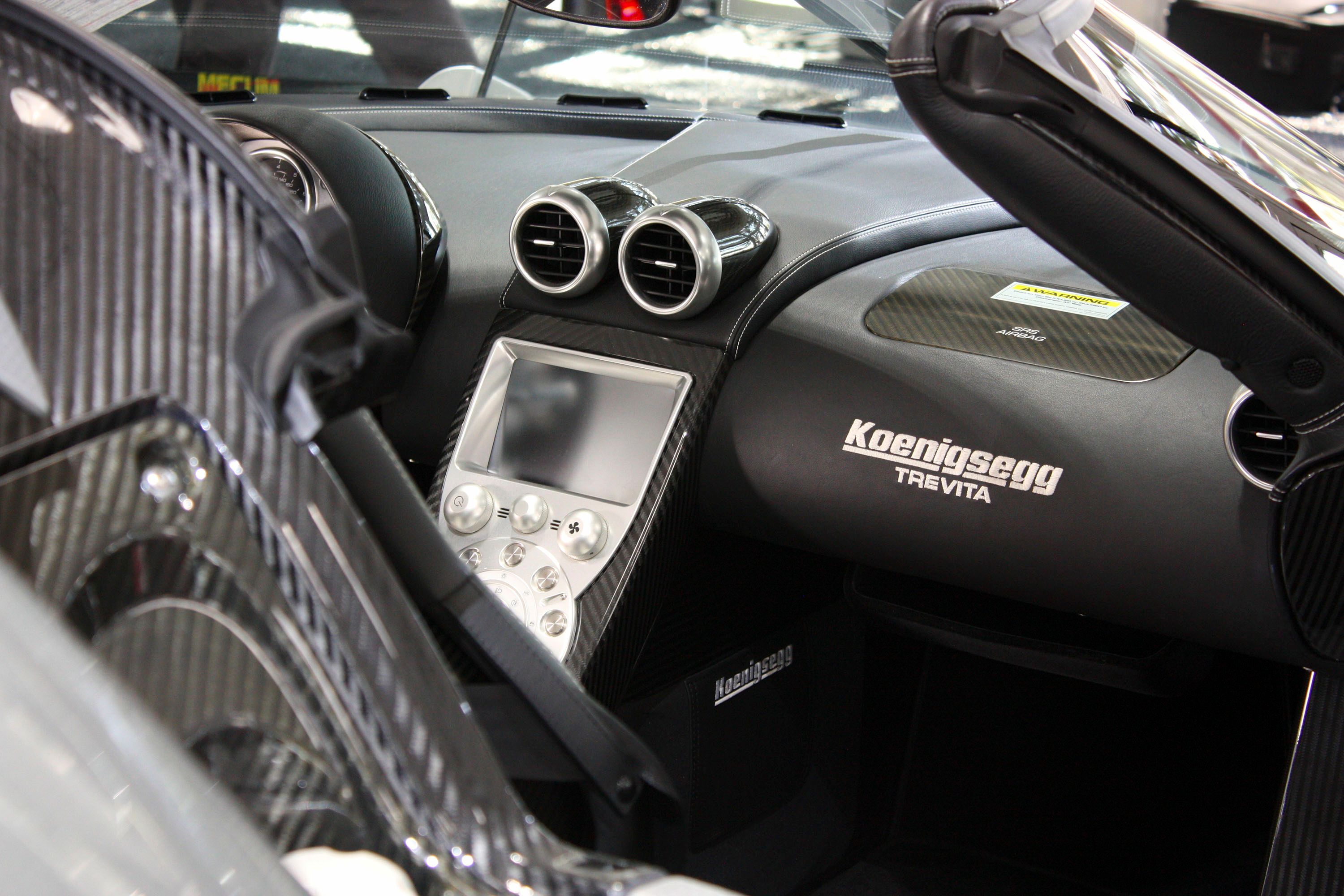
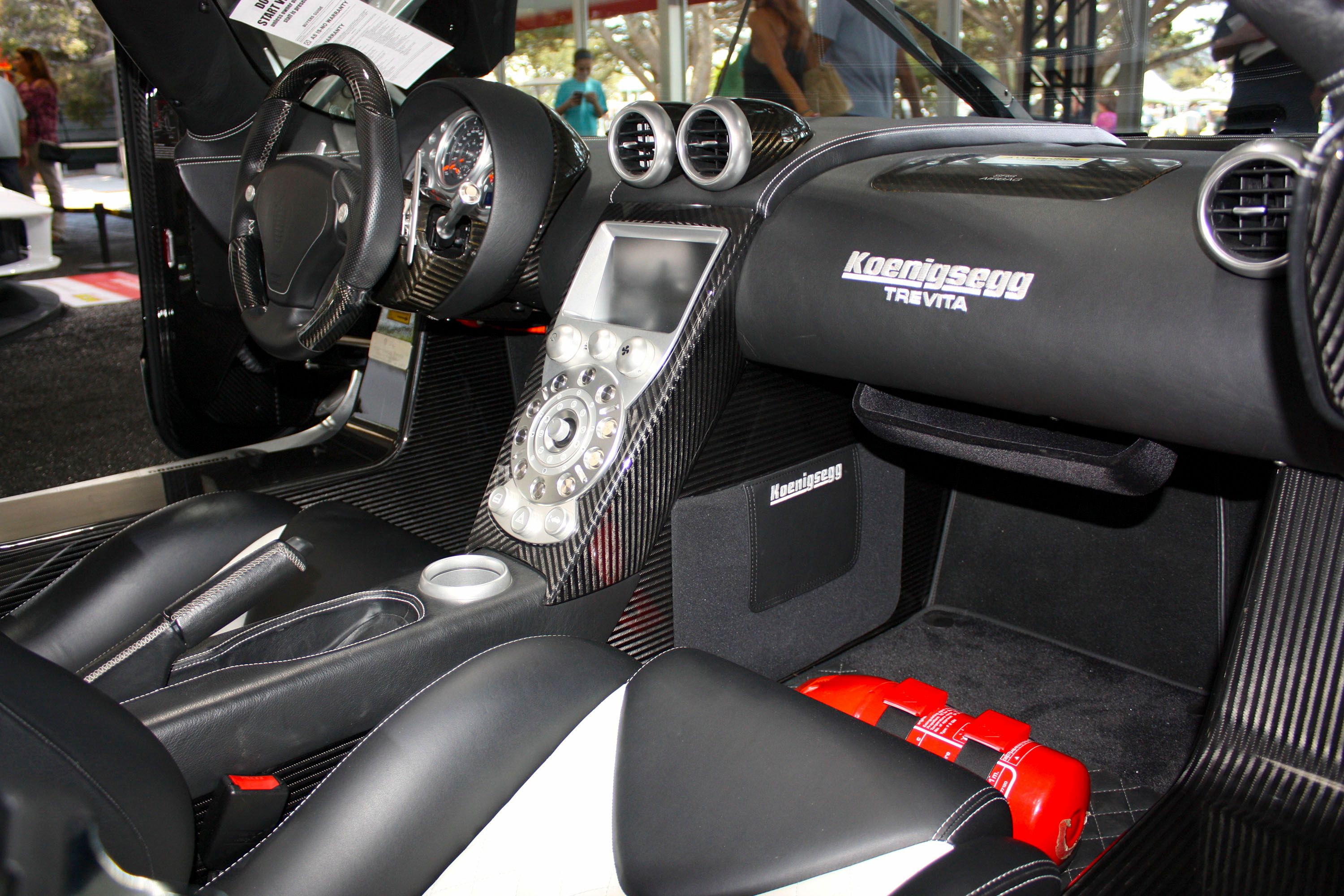
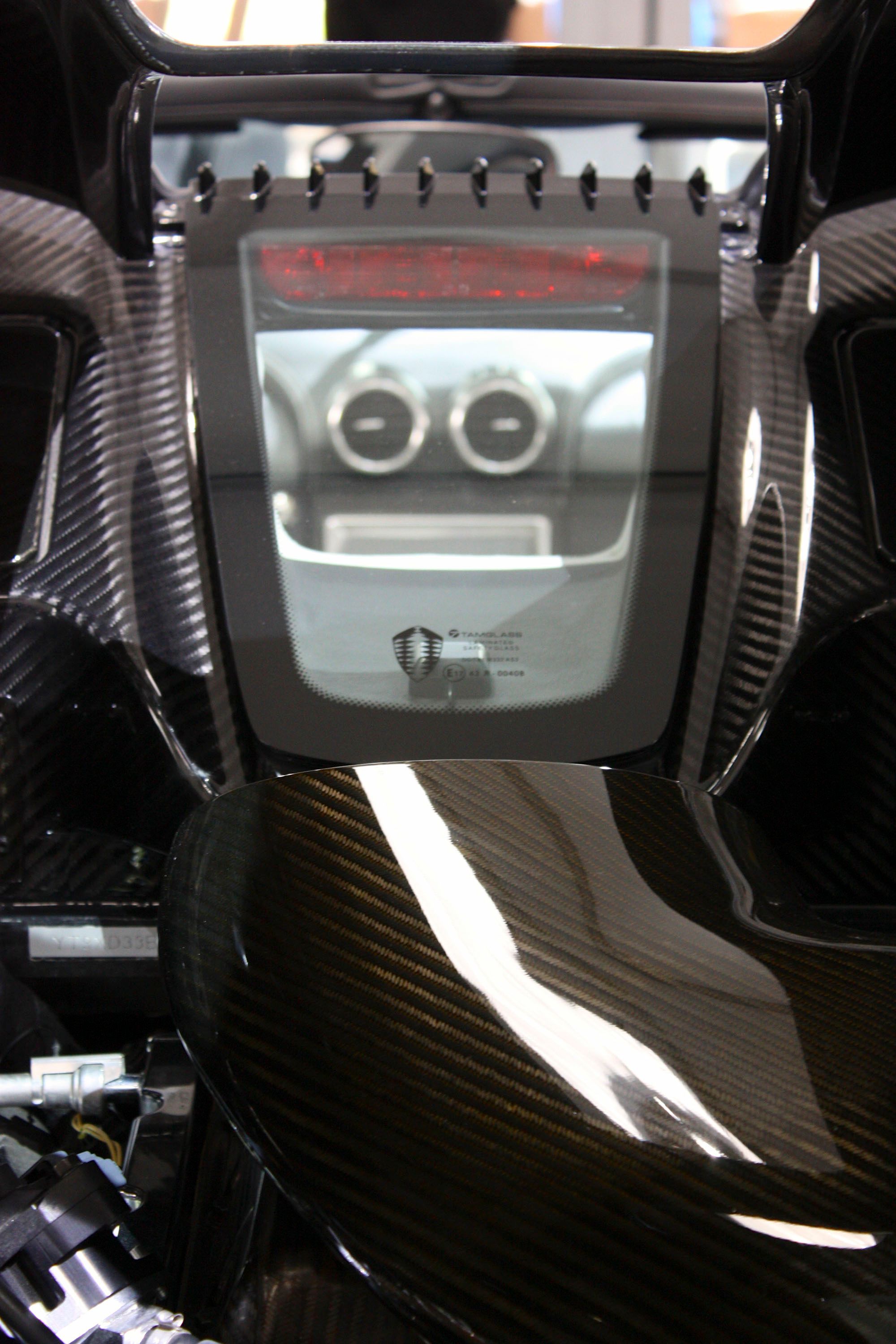
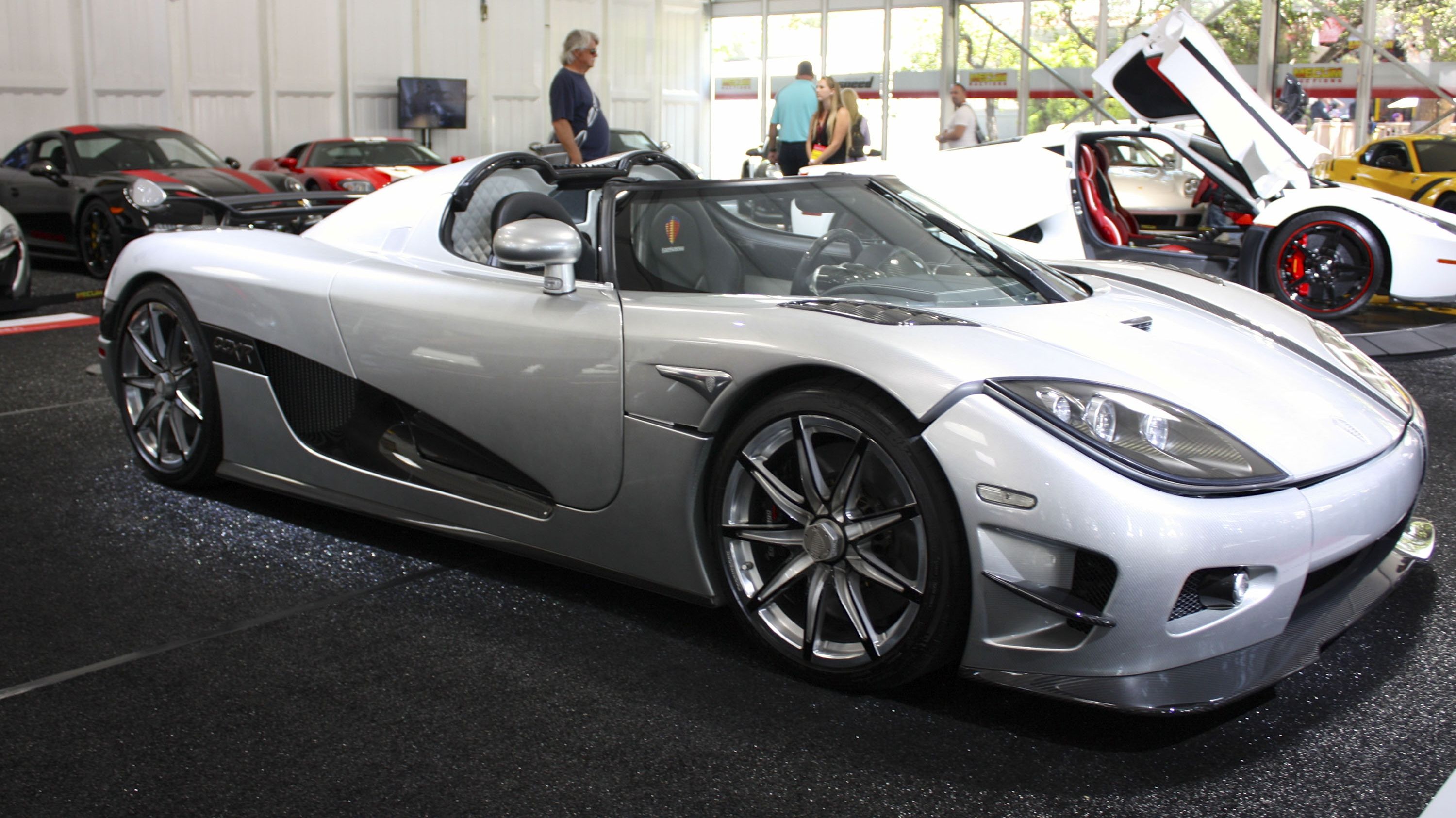
- Make: Array
- Model: 2010 Koenigsegg Trevita
- [do not use] Vehicle Model: Array
But beyond all the specs and figures, the Koenigsegg Trevita is a magnificent thing to behold. It manages to combine the aggression and technical virtuosity of a race car with a real sense of beauty. The wings and cuts and dips that adorn the body don’t feel extraneous or glued on like they do on something like the Apollo N. Rather, the look feels cohesive, like a total package imagined as a singular unit from the get go. Add in the gleaming, mithril-like brilliance of the white carbon fiber, and the result is nothing less than stunning.
|
Exterior Dimensions |
|
|
Length |
169 inches |
|
Width |
78.6 inches |
|
Height |
44 inches |
|
Ground Clearance |
3.9 inches |
Interior
If you said the Trevita looked like some sort of nebula-skimming alien hypercraft from Planet X, I’d have to agree. But despite its outlandish appearance, the car is still very much a two-seater road goer. It’s got power windows, adjustable pedals, an adjustable steering column, adjustable seats, a rear parking sensor, climate control, dual airbags, a tire pressure monitor, and leather upholstery. It’s also decently practical (at least by supercar standards), with four and a quarter cubic feet of cargo space. Additionally, the infotainment system includes a touchscreen mounted high on the center console, satellite navigation, an MP3 player, and a USB connection for mobile devices.
Ok, so it’s got the same cabin features as a well-appointed Nissan Sentra. That doesn’t mean it looks… normal.
The craziness begins with the key, which is shaped like the Koenigsegg badge and fits into a slot behind the driver’s right shoulder. Under the touchscreen, you’ll find a silver control layout that looks like it was plucked directly from a time machine, with a billet surround and a series of blinking lights. The “chrono dial” gauges behind the three-spoke, carbon-fiber-trimmed steering wheel register engine rpm, road speed, and supercharger boost in concentric rings, with a black backing and blue numbering.
Compared to something from Italy (Ferrari, Pagani), the Trevita’s interior is much more minimalistic. But that pure form works well for it, complementing the exterior in the process.
Drivetrain
Like most top-shelf supercars, the Koenigsegg Trevita uses a rear-mid-engine, RWD layout. However, the powerplant used is unique to Koenigsegg. Just behind the cabin is a hand-built, aluminum 4.8-liter V-8, which comes with four valves per cylinder and double overhead cams. The block is totally bespoke, first cast in England, then machined in Sweden. The intake manifold is made from carbon fiber, and offers optimized intake tracts. There’s sequential multipoint injection, and the compression ratio is 9.2:1. A double serving of Rotrex centrifugal-type superchargers adds 1.6 bar (23.2 psi) of boost, while also using Koenigsegg’s patented “response charge system” to sharpen throttle response. Dry sump lubrication keeps it running cool. Finally, the fun noises exit via a tig-welded inconel exhaust system, which terminates with a single large-mouth tip centrally integrated with the rear bumper.
Total output comes to 1,018 horsepower at 7,000 rpm and 796 pound-feet of torque at 5,600 rpm. Redline is 7,500 rpm. A run from standstill to 100 k/h (62 mph) takes 2.9 seconds, 0-to-200 km/h (0-to-124 mph) takes 8.75 seconds, and top speed is in excess of 254 mph.
The entire engine, including the exhaust manifold and superchargers, weighs in at just 178 kg (392 pounds). And not that it matters, but with a tank full of E85 onboard, fuel economy is rated at 22 liters/100 km (10.7 mpg) combined. Fuel capacity is 18.5 gallons.
Interestingly, the electrical system uses solid-state digital semiconductors, which means no fuses or relays.
Unsurprisingly, the transmission was specifically designed for the Trevita, incorporating a transverse semi-automatic gearbox developed in conjunction with Xtrac (a well-known race equipment supplier). There are six forward gears selectable via a paddle-style shifter, with swaps occurring in as little as 13 milliseconds. The driveshafts are from GKN, using a hollow/gun-drilled design. Finally, a torque-sensitive limited-slip differential helps put the four-digit power to the ground.
Handling And Chassis
The Koenigsegg Trevita uses a carbon-fiber monocoque and aluminum honeycomb, with integrated fuel tanks for better weight distribution and enhanced safety. Torsional rigidity is 58,000 nm/degree. Total weight for the monocoque is just 72 kg (159 pounds).
In front is a cro-mo subframe with integrated crash members, while the rear uses a semi-stressed engine and gearbox with support struts.
There is double-wishbone suspension in all four corners, with two-way adjustable VPS gas-hydraulic shocks and pushrod operation. There are also Z-style progressive sway bars, plus fully machined aircraft-spec aluminum uprights with Le Mans-spec 150 mm angle contact ball bearings from SKF. The ride height is electronically adjustable. Driver aides include F1-inspired traction control with five different settings to tweak the handling set-up.
Keeping the shiny side up are Michelin Pilot Sport 2 tires, measured at 255/35R19 in front and 335/30R20 in back. Throw it on the skid pad and you’ll get 1.5 G of max lateral grip.
The Trevita’s dry weight tips the scales at 2,821 pounds, with 45 percent over the front axle, and 55 percent over the rear.
The steering is an electro-hydraulic power-assisted rack-and-pinion set-up, with 2.7 turns required lock-to-lock.
The brakes come with power assistance and ABS. The ventilated discs are made from a carbon-ceramic material, with the fronts measured at 380 mm (14.96 inches) in diameter and 34 mm (1.34 inches) in width. Meanwhile, the rear discs are 362 mm (14.25 inches) in diameter and 32 mm (1.26 inches) in width. Eight-piston monobloc calipers from Brembo are mounted up front, while six-piston calipers from AP Racing squeeze the back.
All that stopping power makes for a 100-to-0 km/h (62-to-0 mph) stop in 32 meters (105 feet), with the 0-to-200-to-0 km/h (0-to-124-to-0 mph) test done in 13.55 seconds
Prices
Koenigsegg originally planned on building three examples of the Trevita (hence the “three whites” name). However, the Shimmering Diamond Weave exterior was so hard to produce, the automaker ended up producing only two, making each even more of a unicorn.
The first Trevita was sold to an unnamed man in Geneva, while the second went to five-division world champion boxer Floyd Mayweather, Jr. Pricing was rumored to be around $4.85 million.
Competition
Lamborghini Reventon
After a debut at the 2007 Frankfurt Motor Show, Lambo made 21 Reventons total, with production kicking off in 2008. At the time, it was the most expensive road car the Raging Bull had ever created, with each example carrying a price tag of 1 million euros (or $1.13 at current exchange rates). Unsurprisingly, the exterior design is inspired by aeronautics, while the 6.5-liter V-12 drivetrain came from the Murcielago LP640. Top speed is reported to be a heady 221 mph.
Read our full review on the Lamborghini Reventon.
Bugatti Veyron
In many ways, the Veyron was really the first performance car to break into the outrageous specs we’re seeing today. Initially put into production in 2005, the original Veyron offered up 987 horsepower and 922 pound-feet of torque. These days, that’s about par for the course for top-shelf performance cars, but in 2005, it was a ludicrous sum for anything ground-bound and street-legal. Making those crazy figures is an 8.0-liter quad-turbo W-16 engine. Flat out, the Veyron can hit 254 mph, making it the fastest production car in the world in 2005. Cost when new was $1.25 million, which meant it was also the world's most expensive.
Read our full review on the Bugatti Veyron.
Conclusion
If you’ll indulge me for one second – the Trevita is a special edition of the CCXR Edition, which itself is a special edition of the CCXR. That makes it one very special car indeed.
All technicalities aside, the Trevita is a shining example of when boutique supercar makers get it right. It may be hand built and utterly bespoke, but it has the look and feel of a precision, high-volume manufacturer. And that’s a good thing.
What’s more, it’s got the goods in the speed department. While it’s true that both examples will most likely never be driven in real anger, the specs are there. Over a thousand horsepower is nothing to sneeze at, no matter where it’s applied.
Rolling sculpture? Yes. Technical achievement? Definitely. Drool-worthy fantasy? Absolutely. Now if we could only convince Koenigsegg to make more of them…

